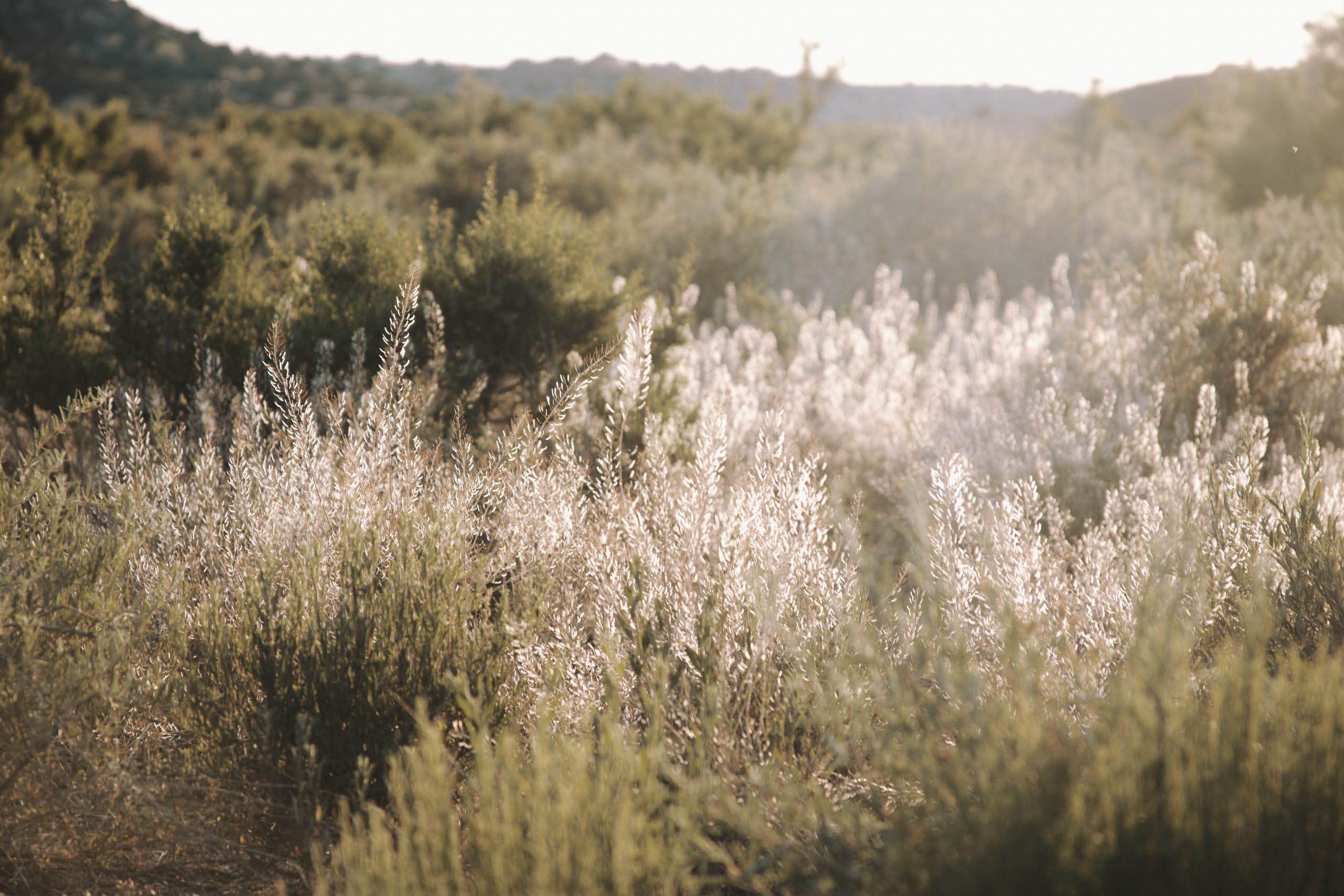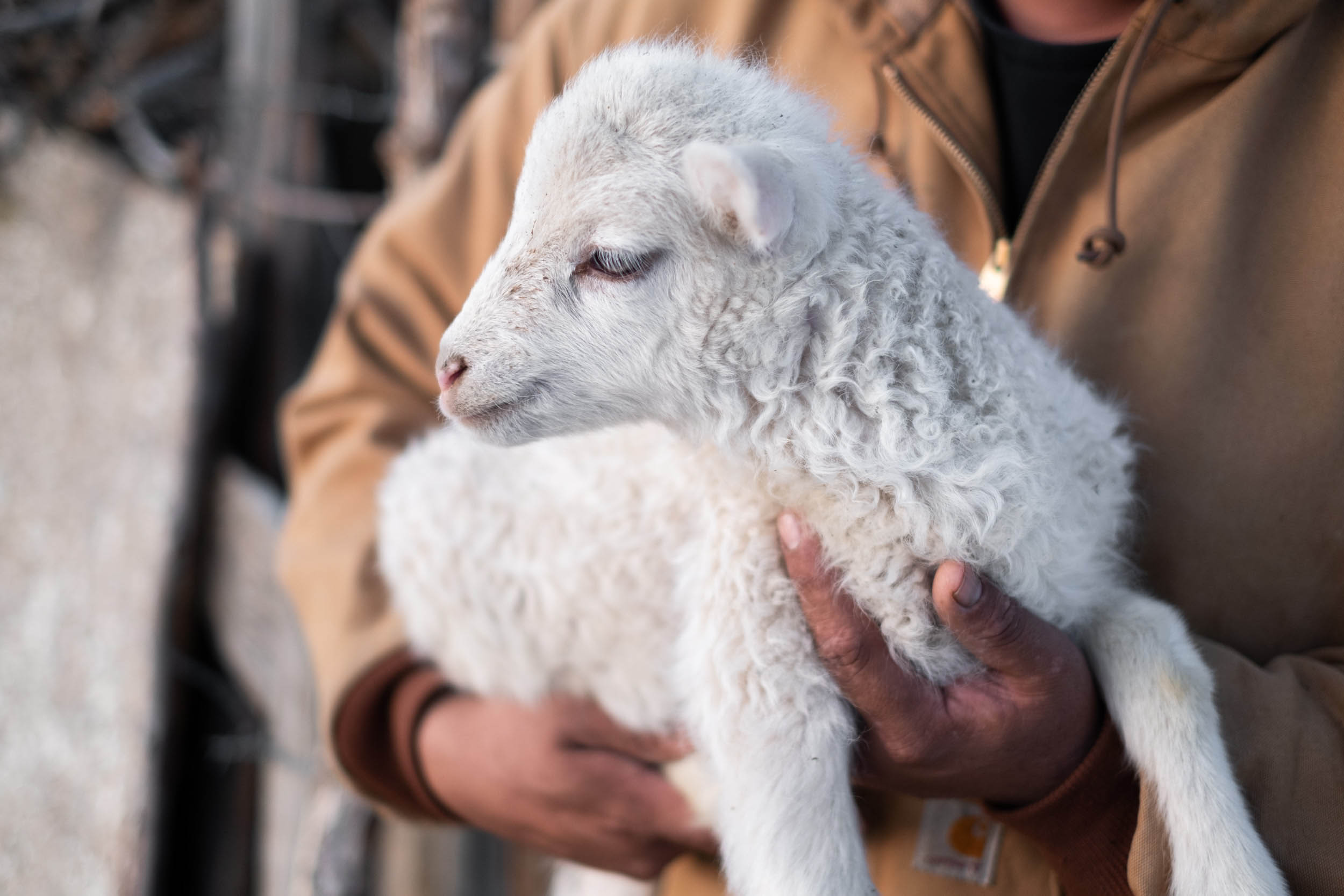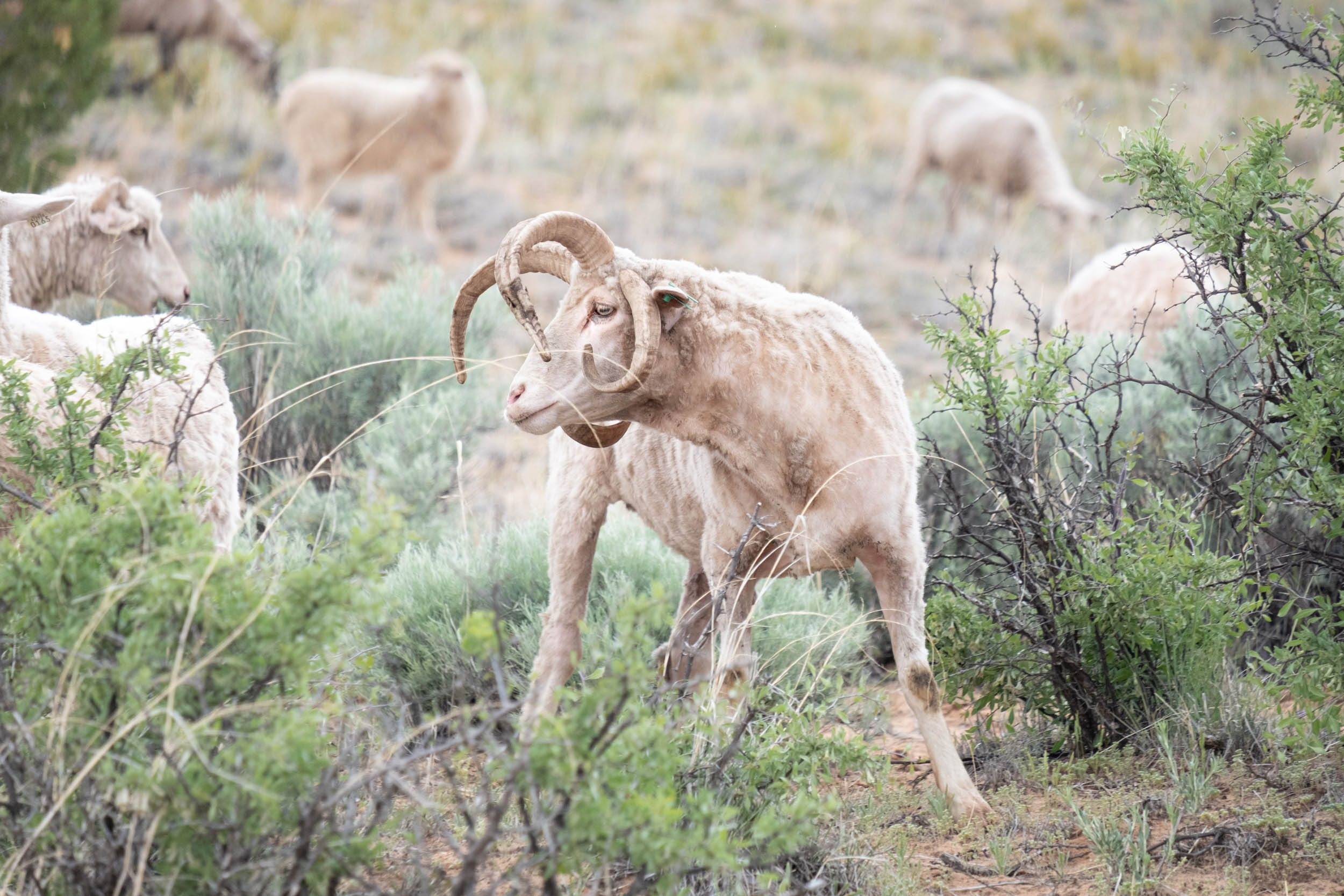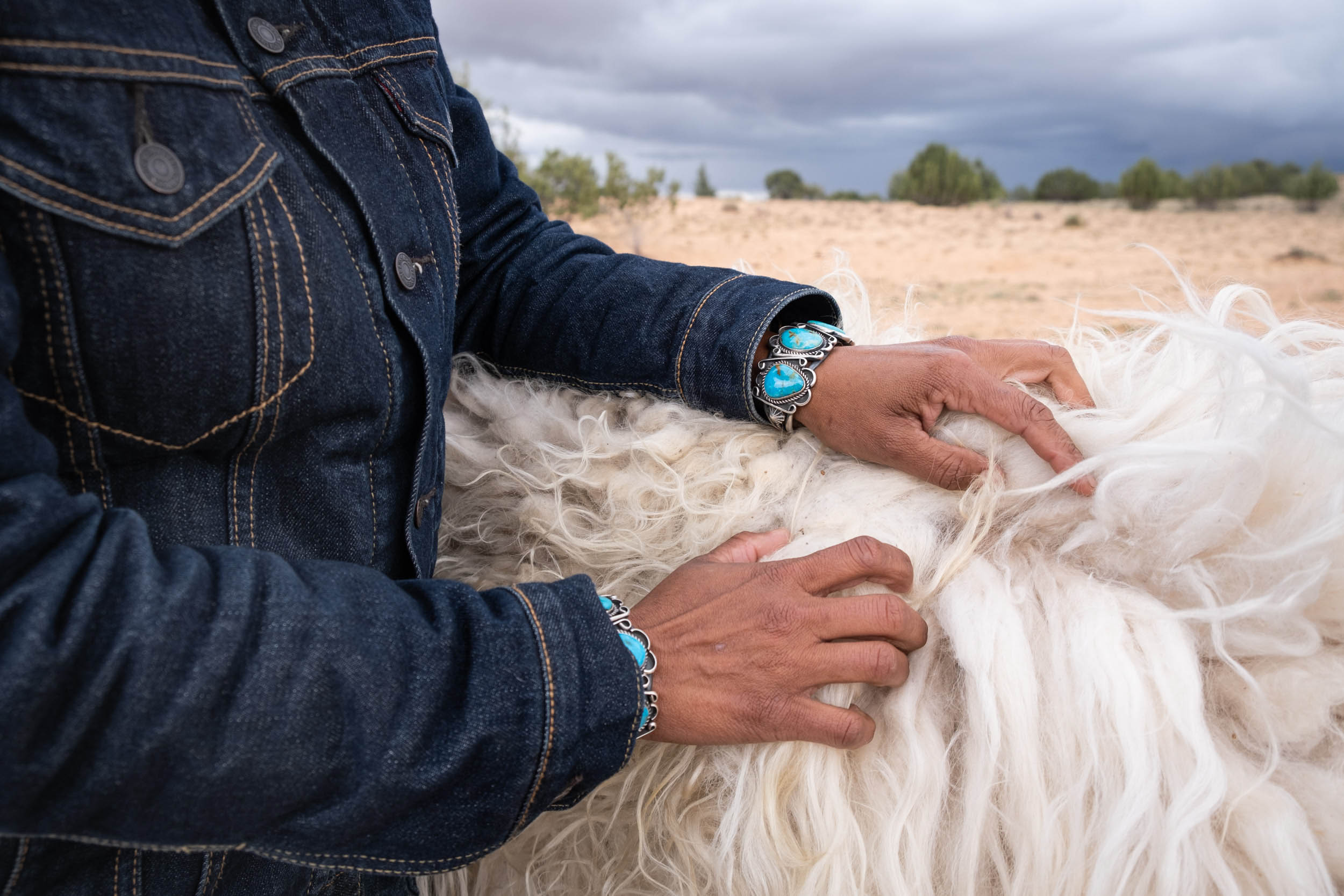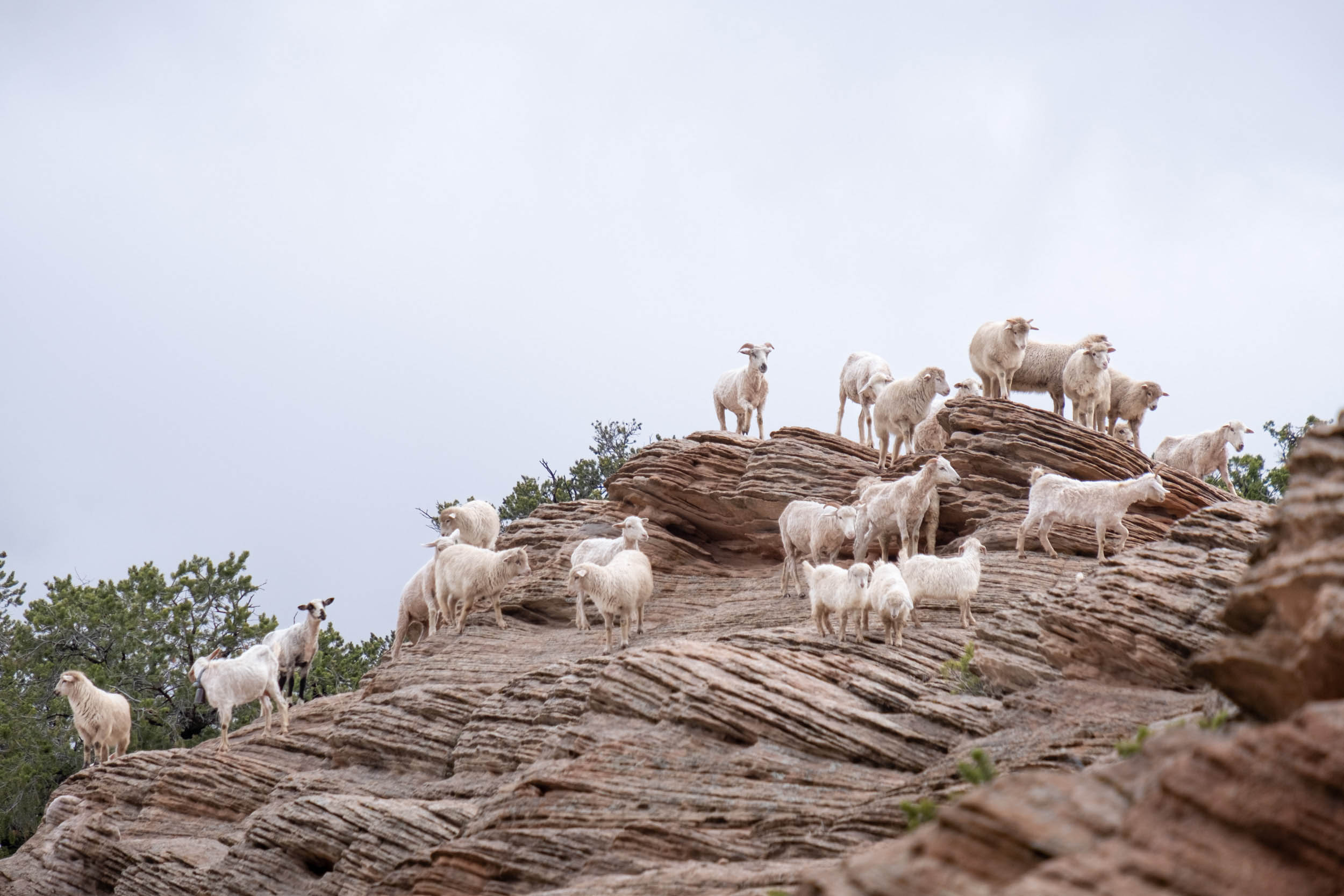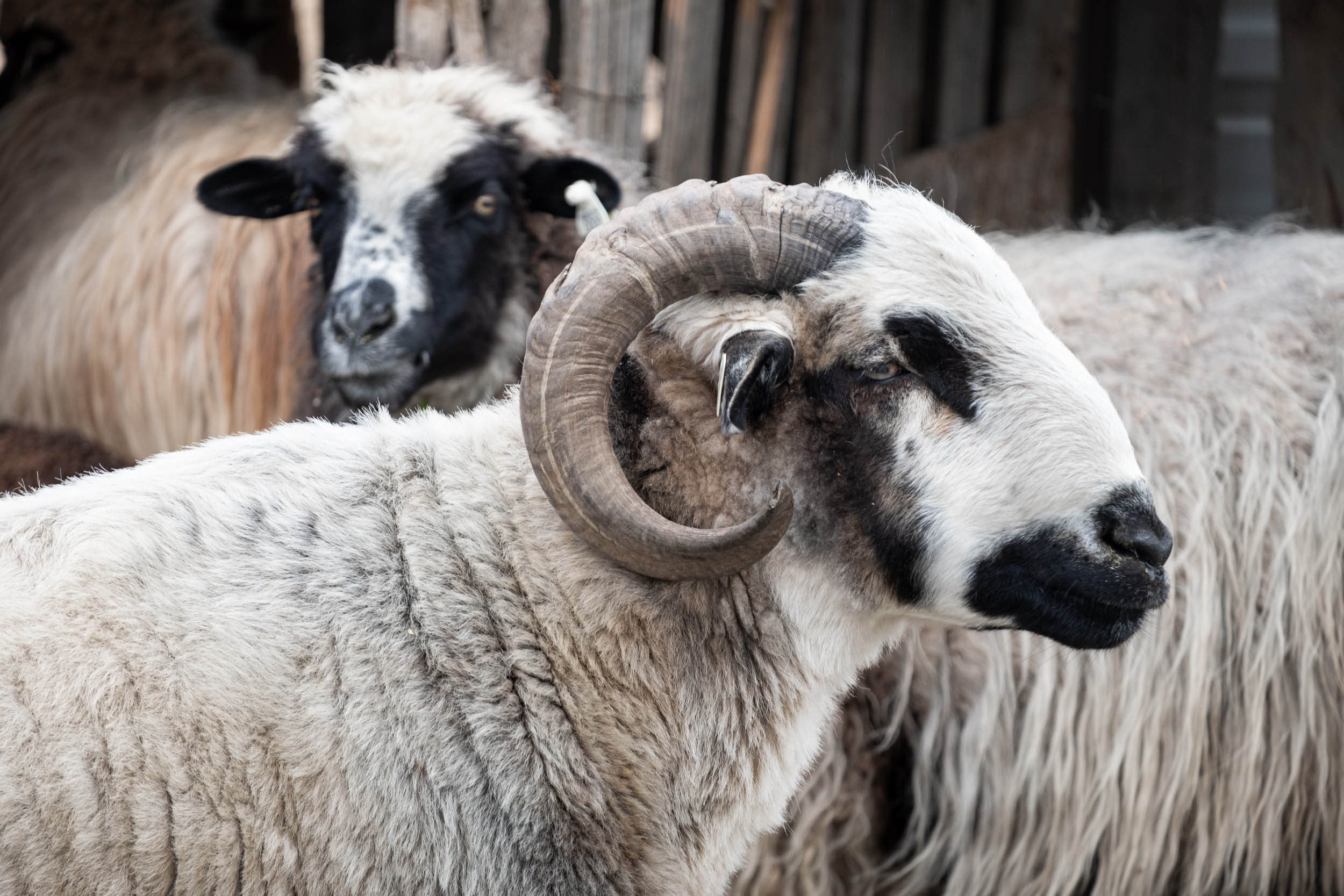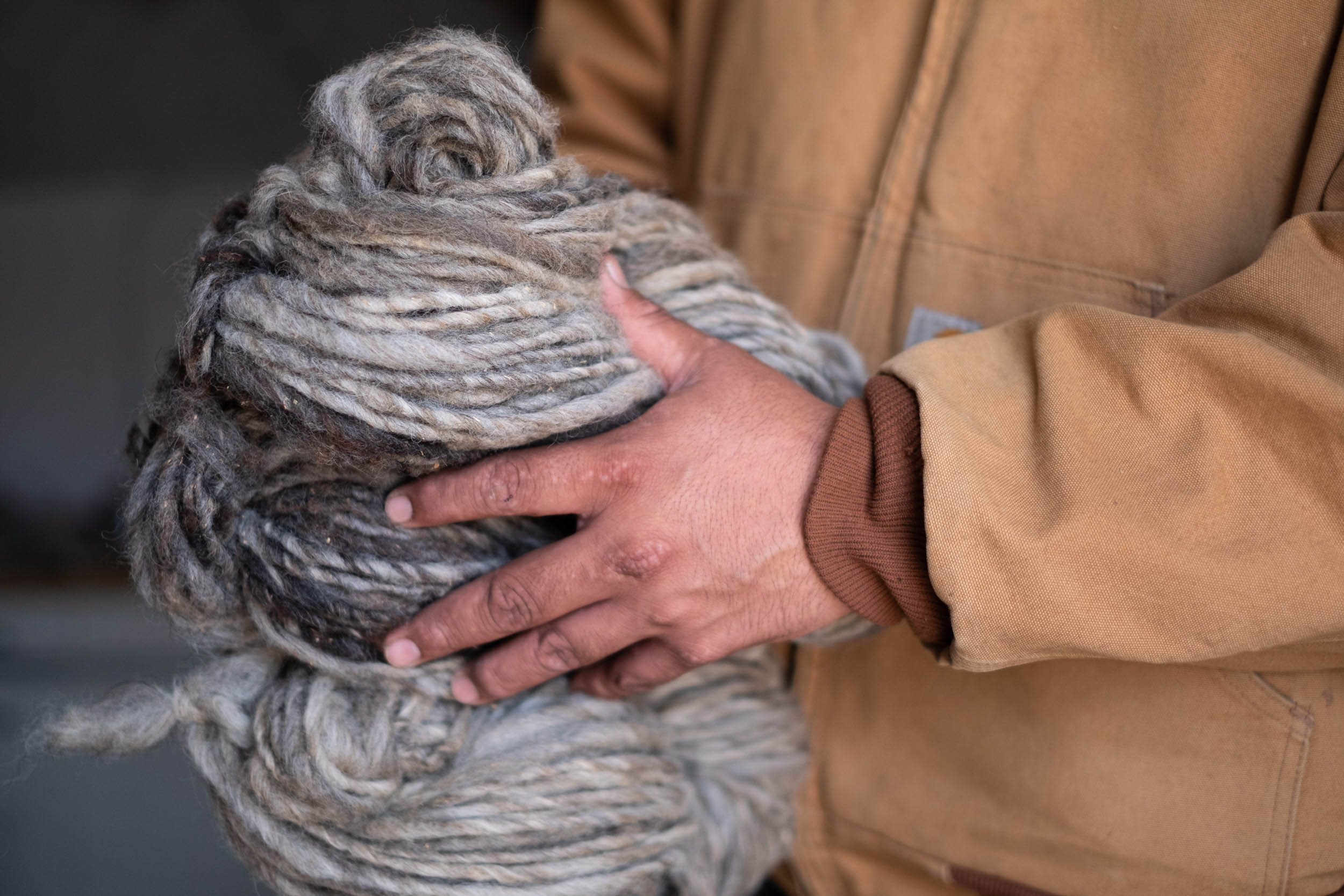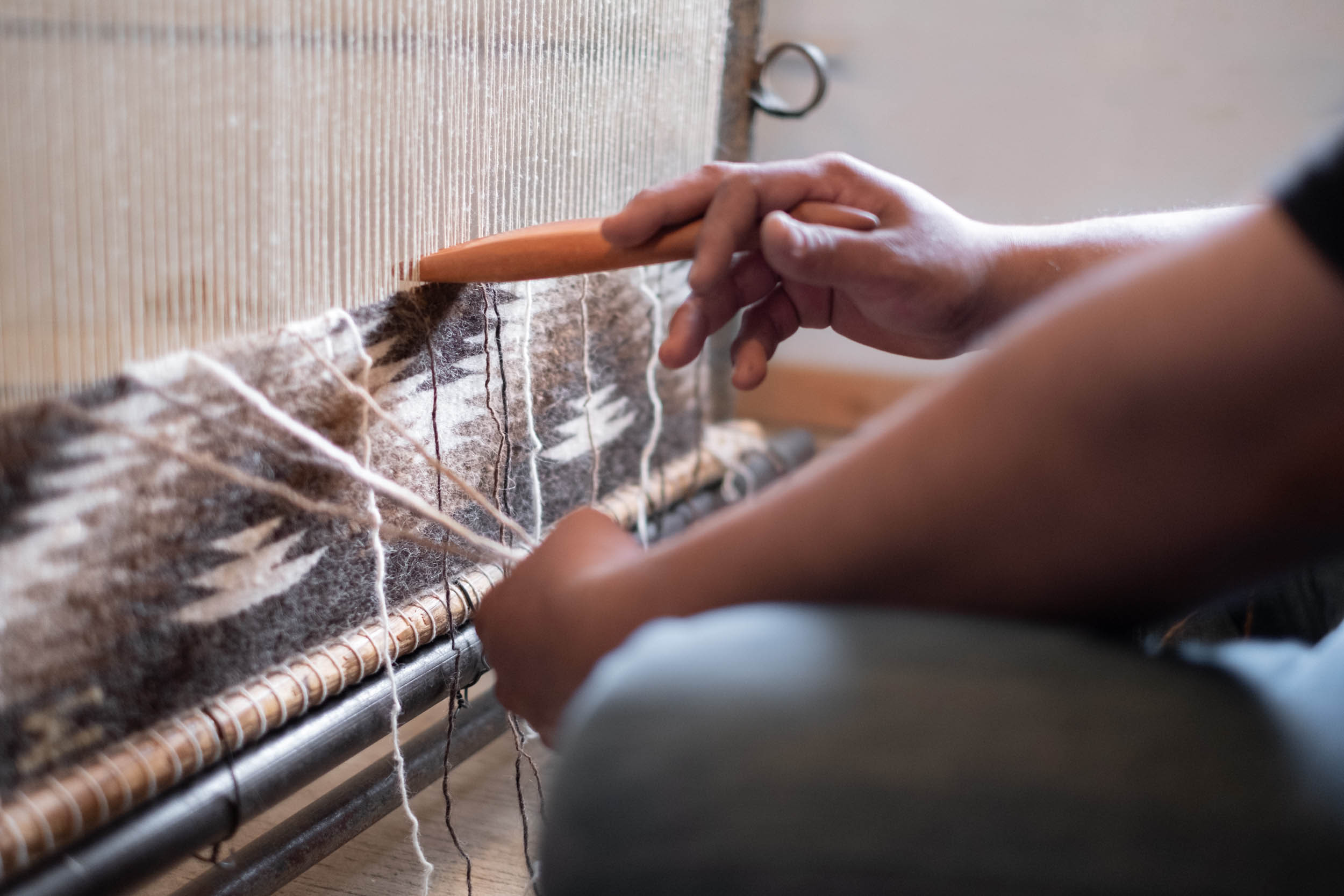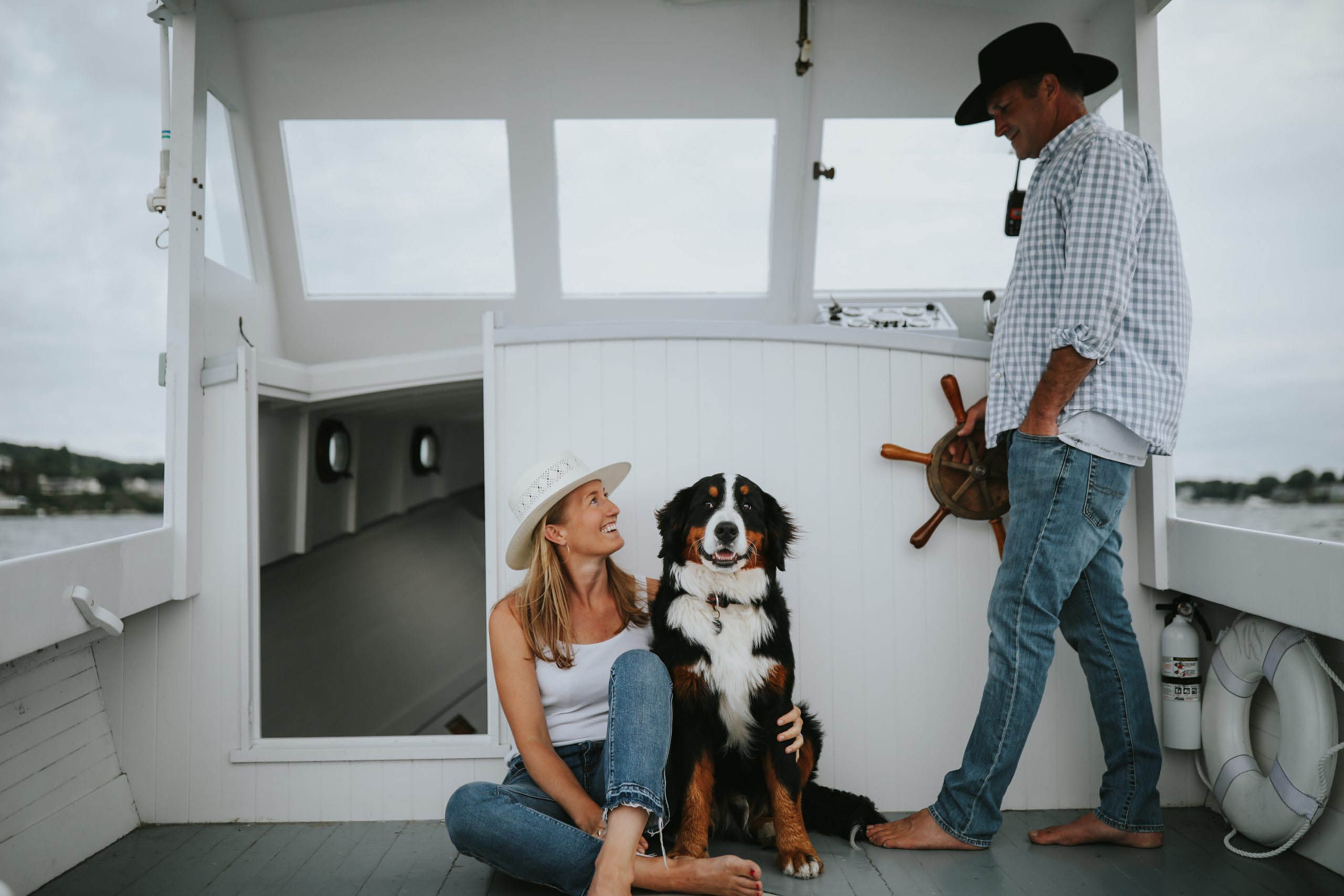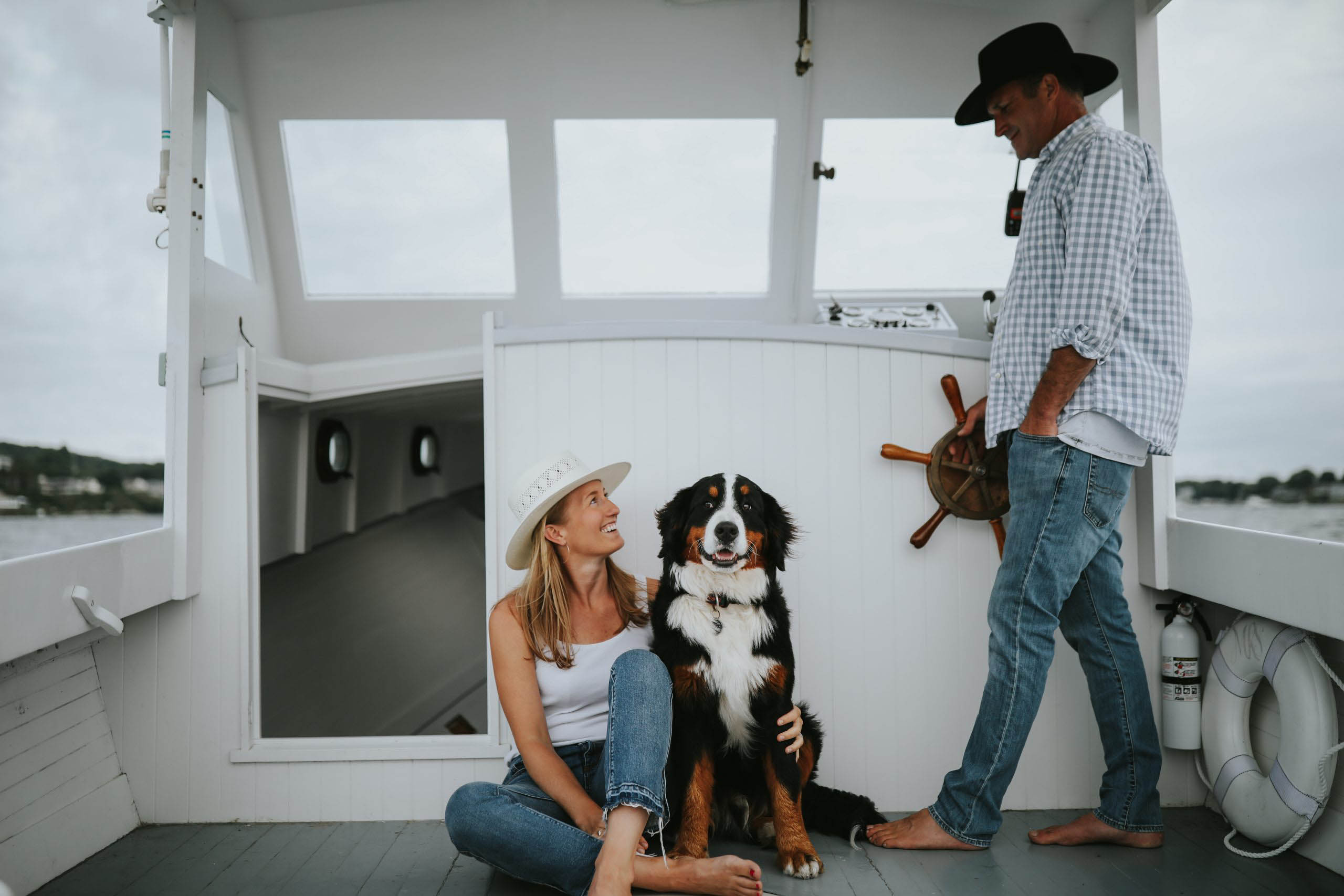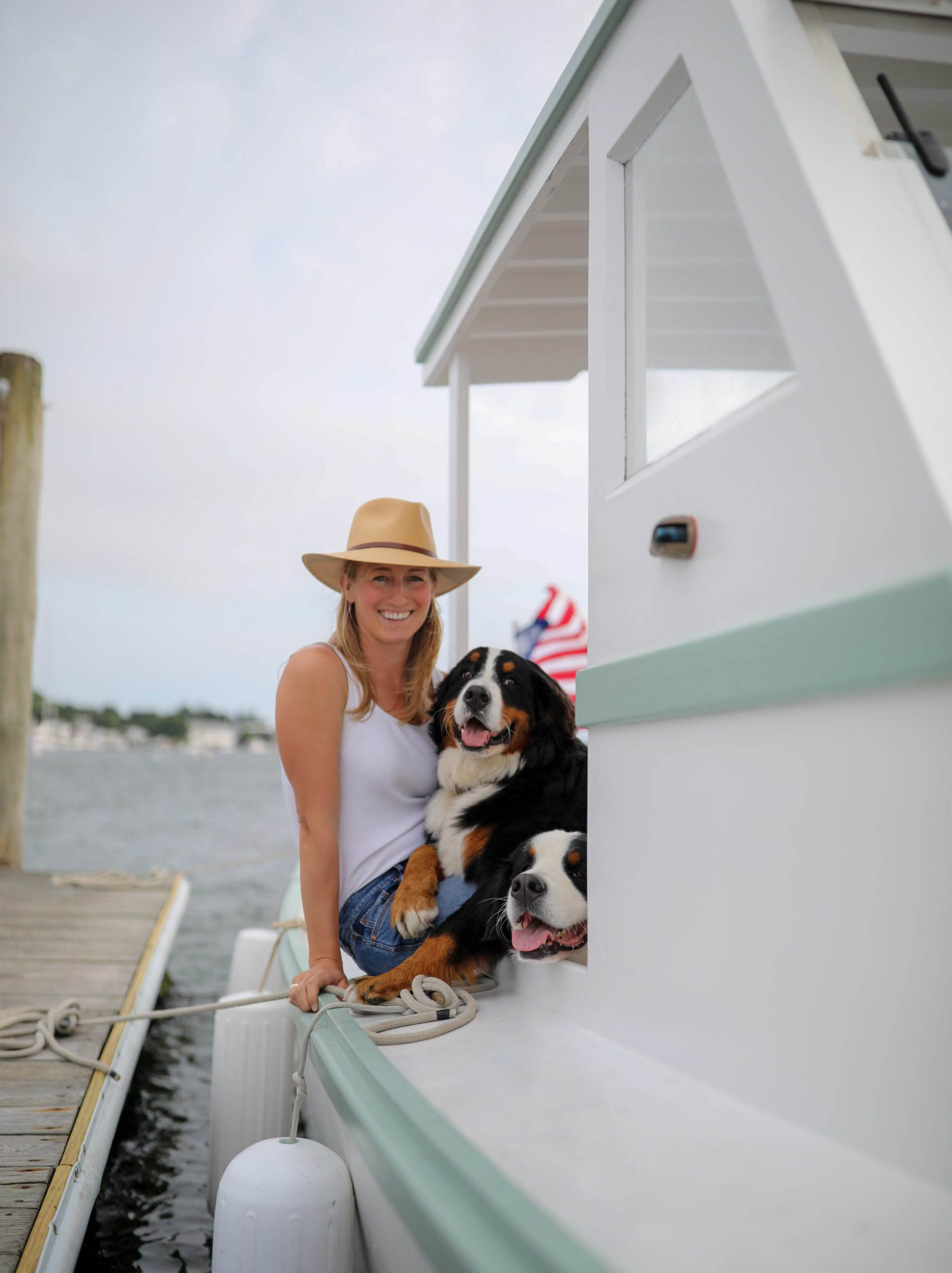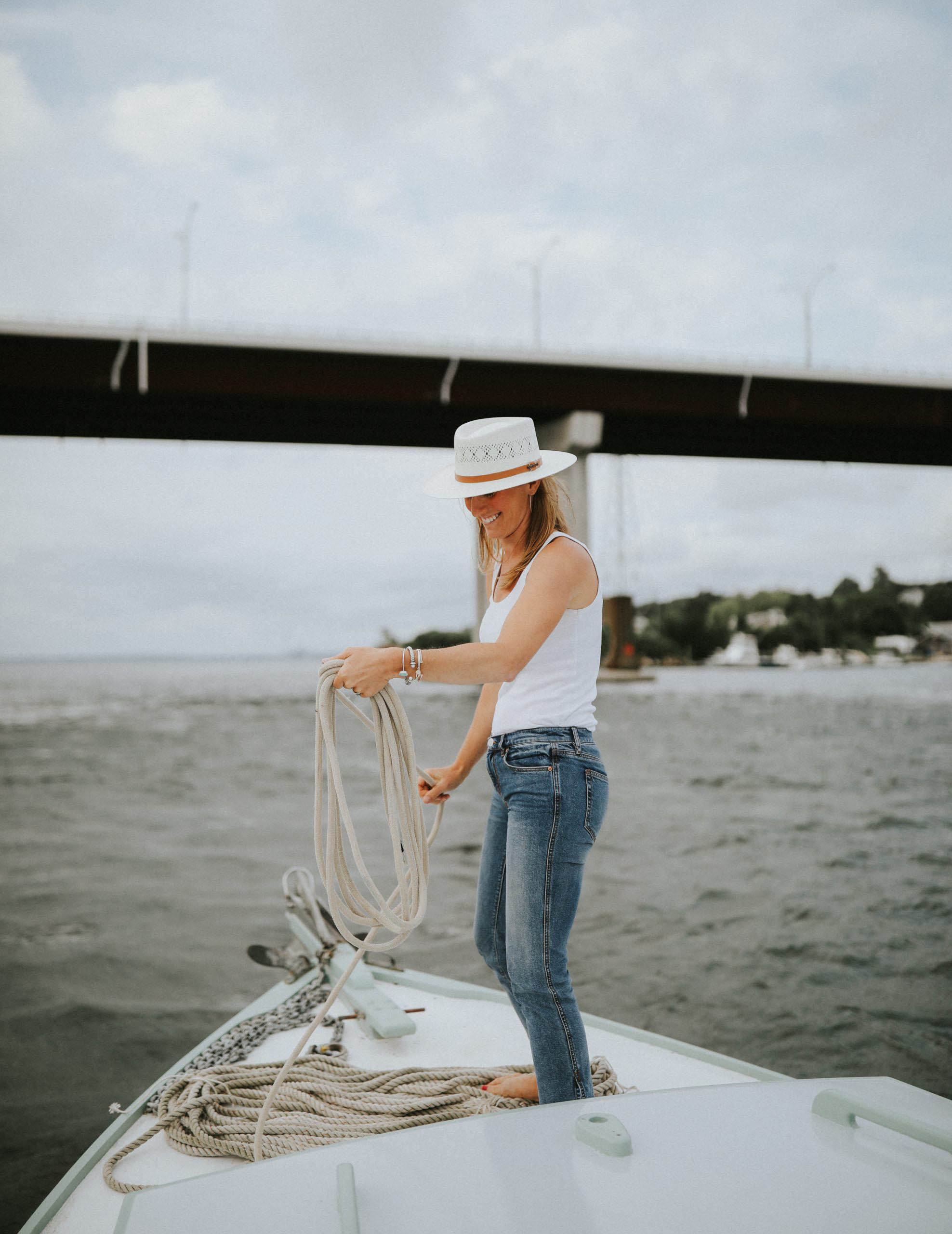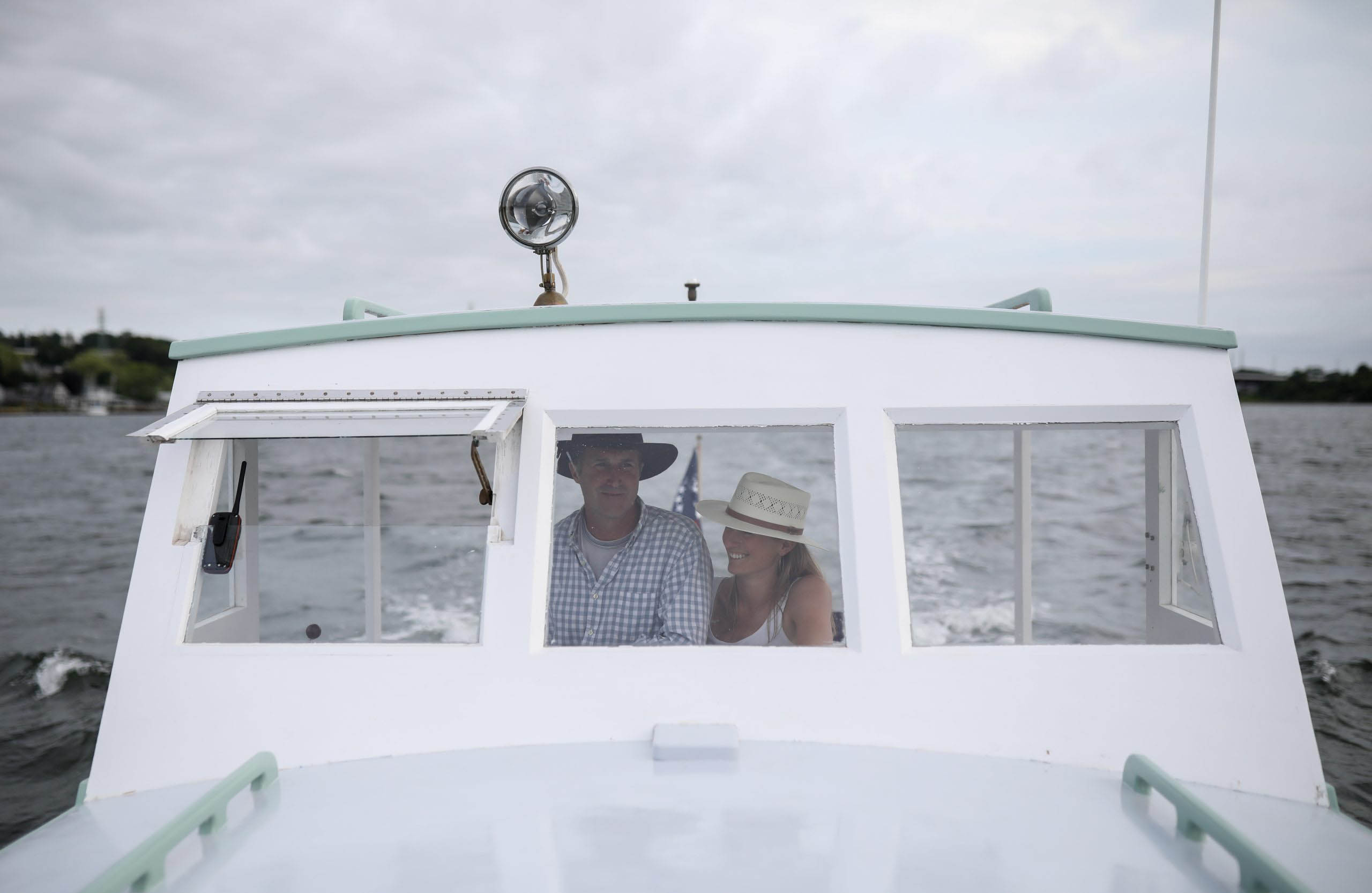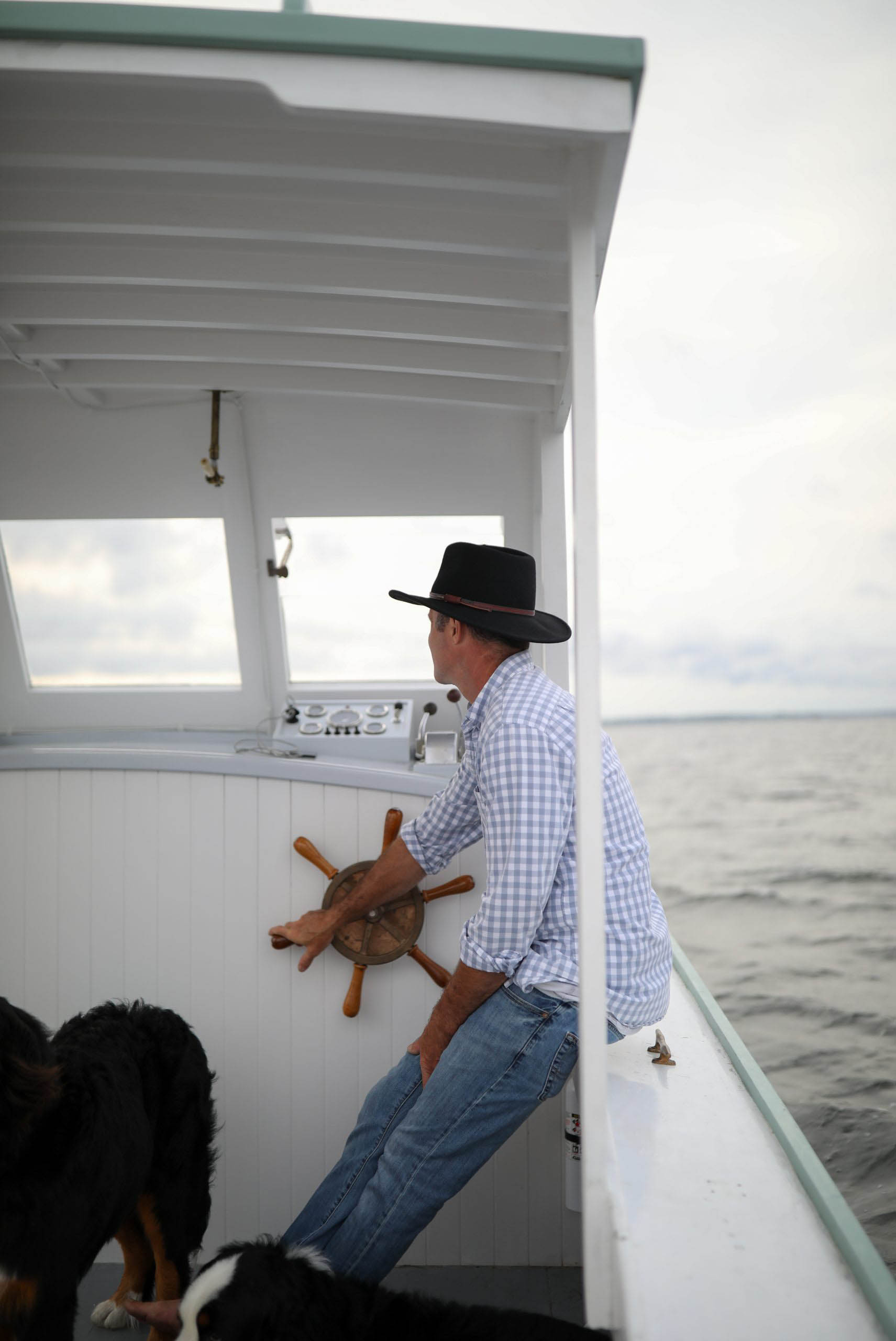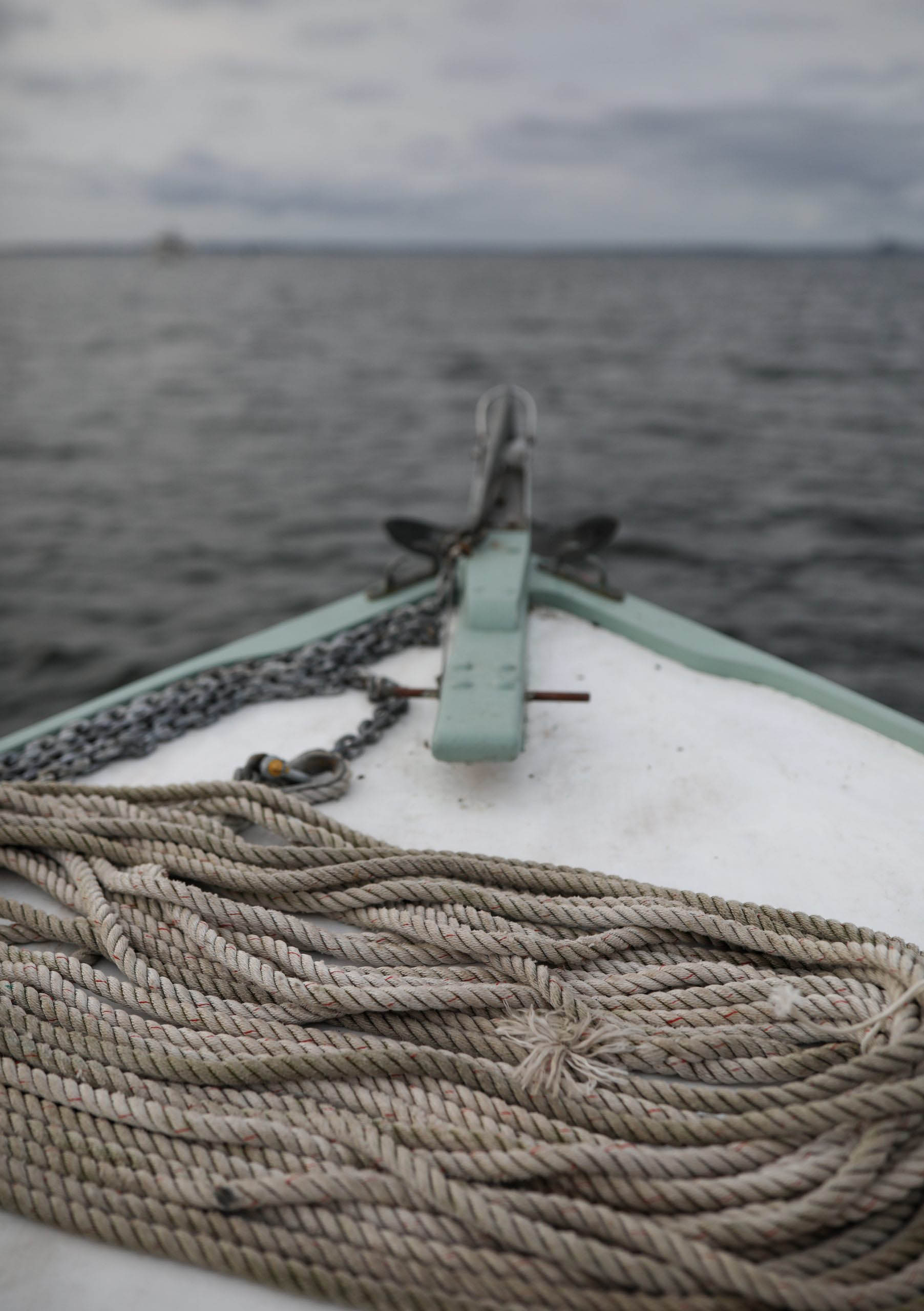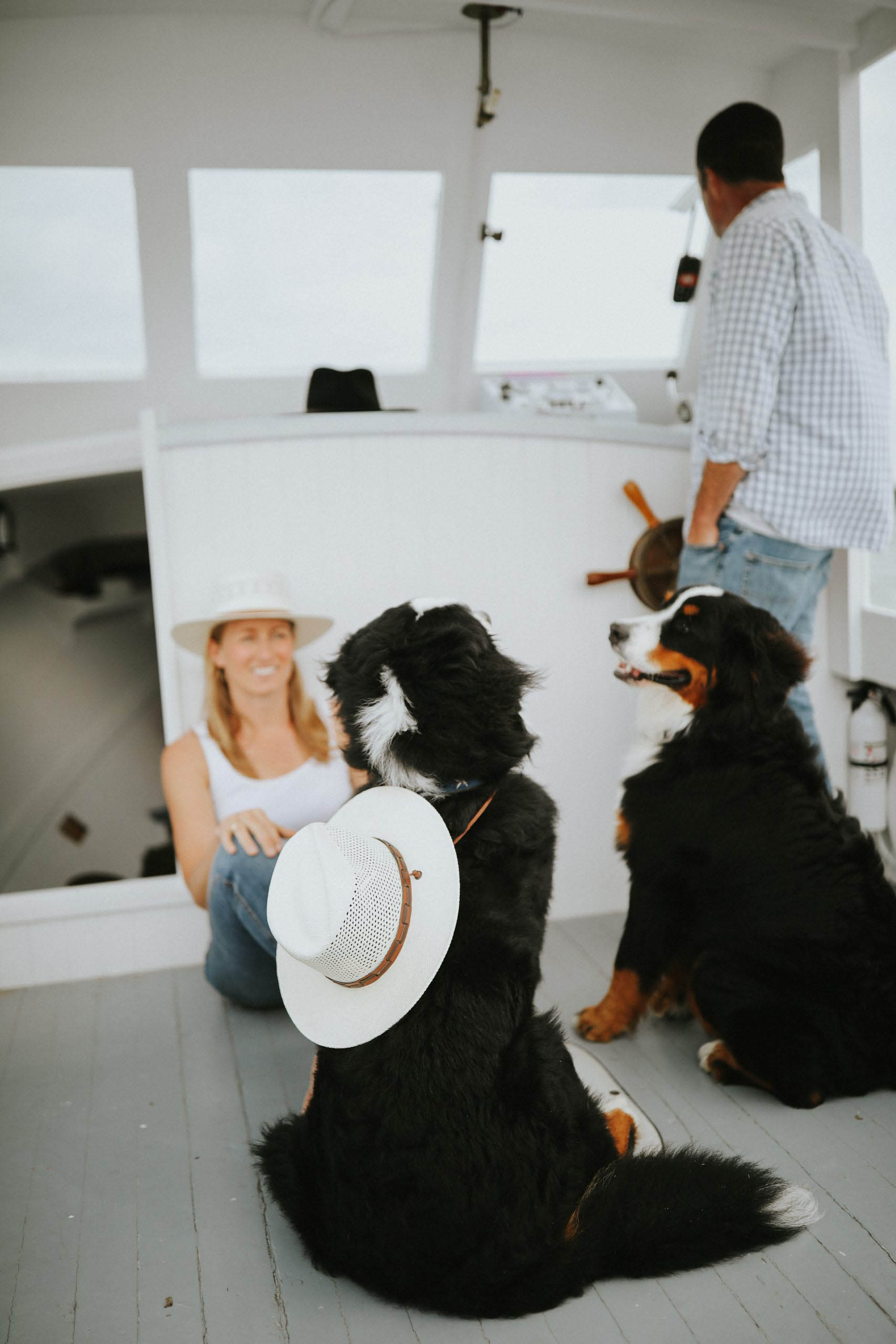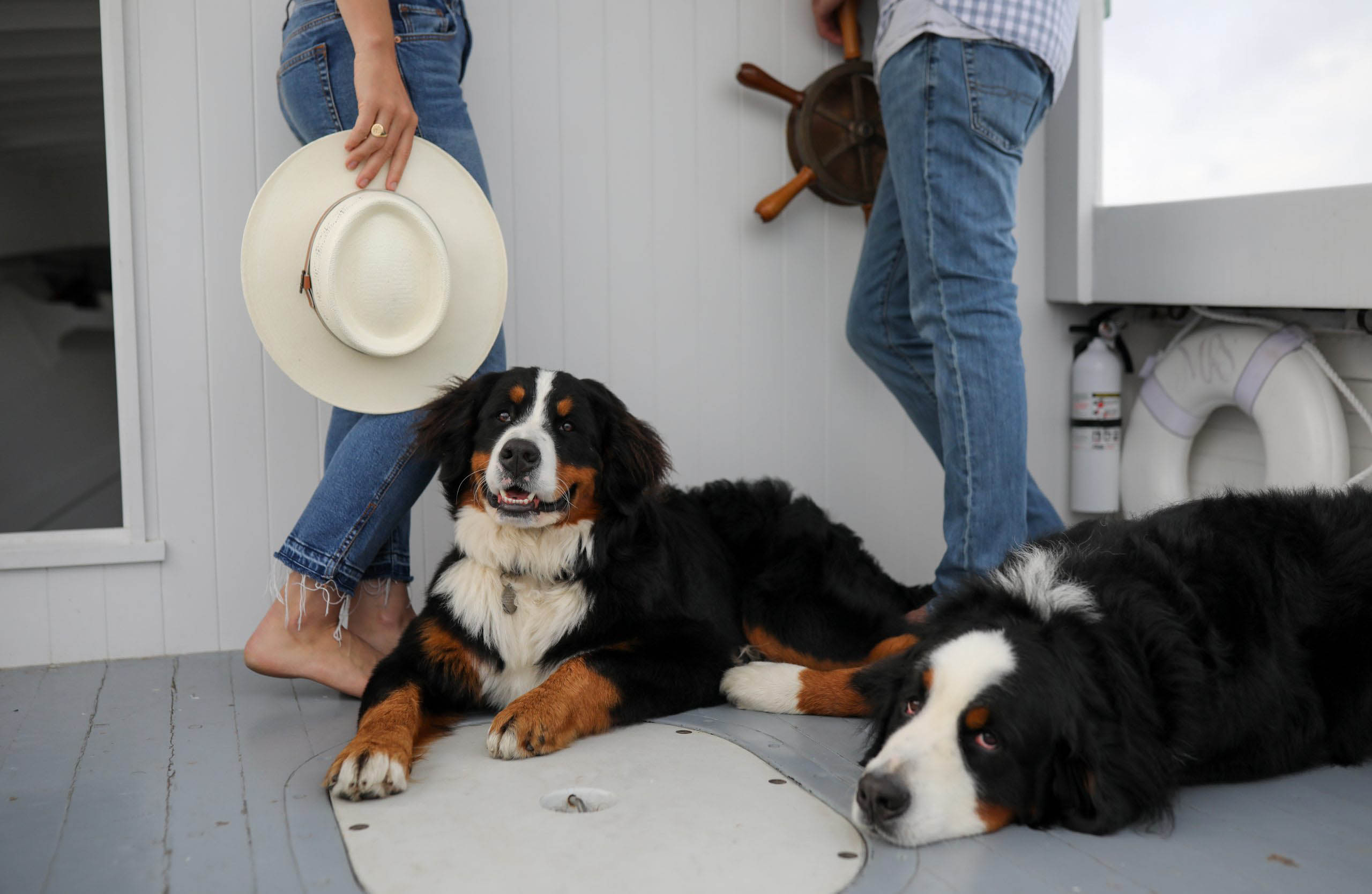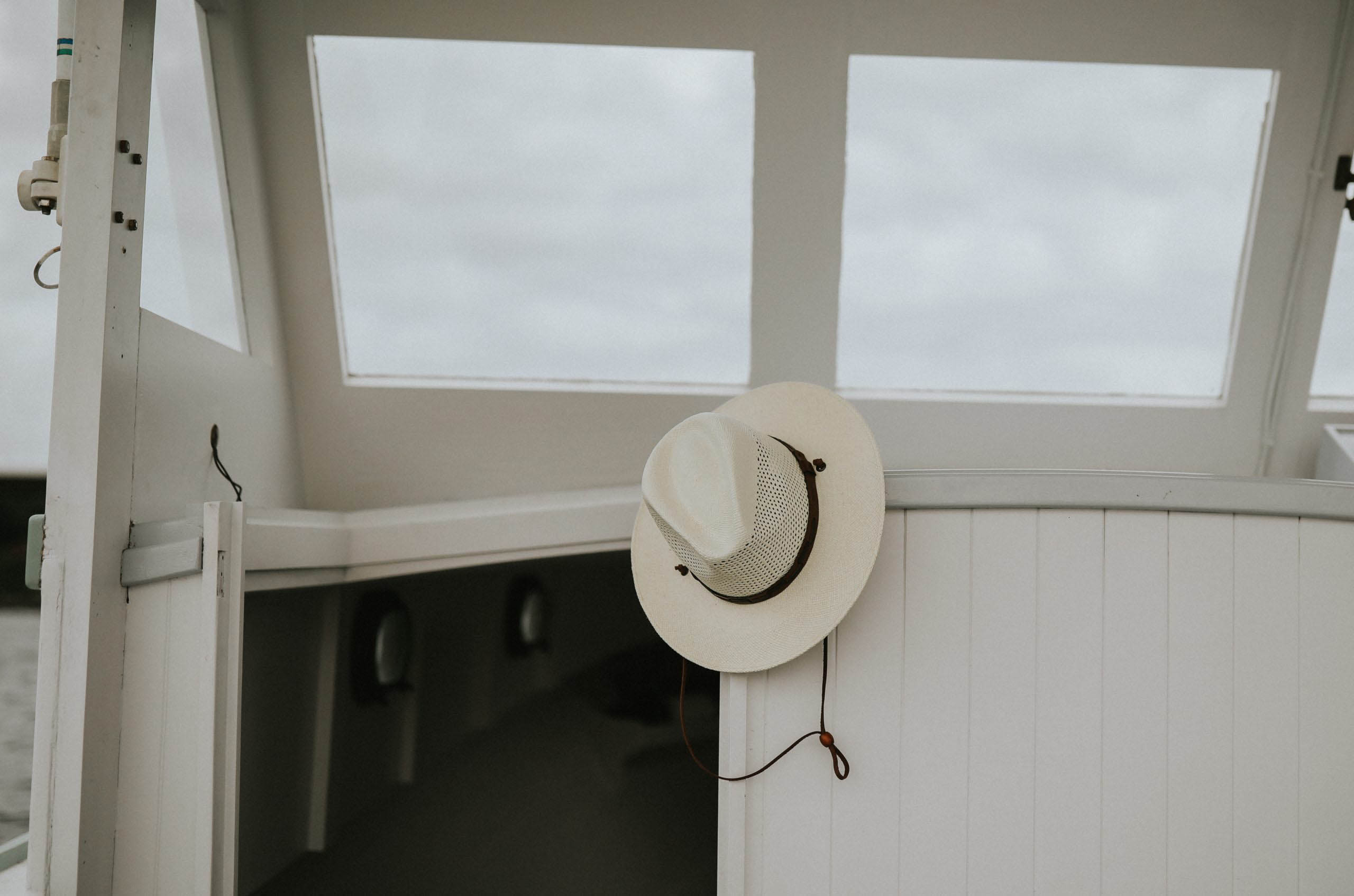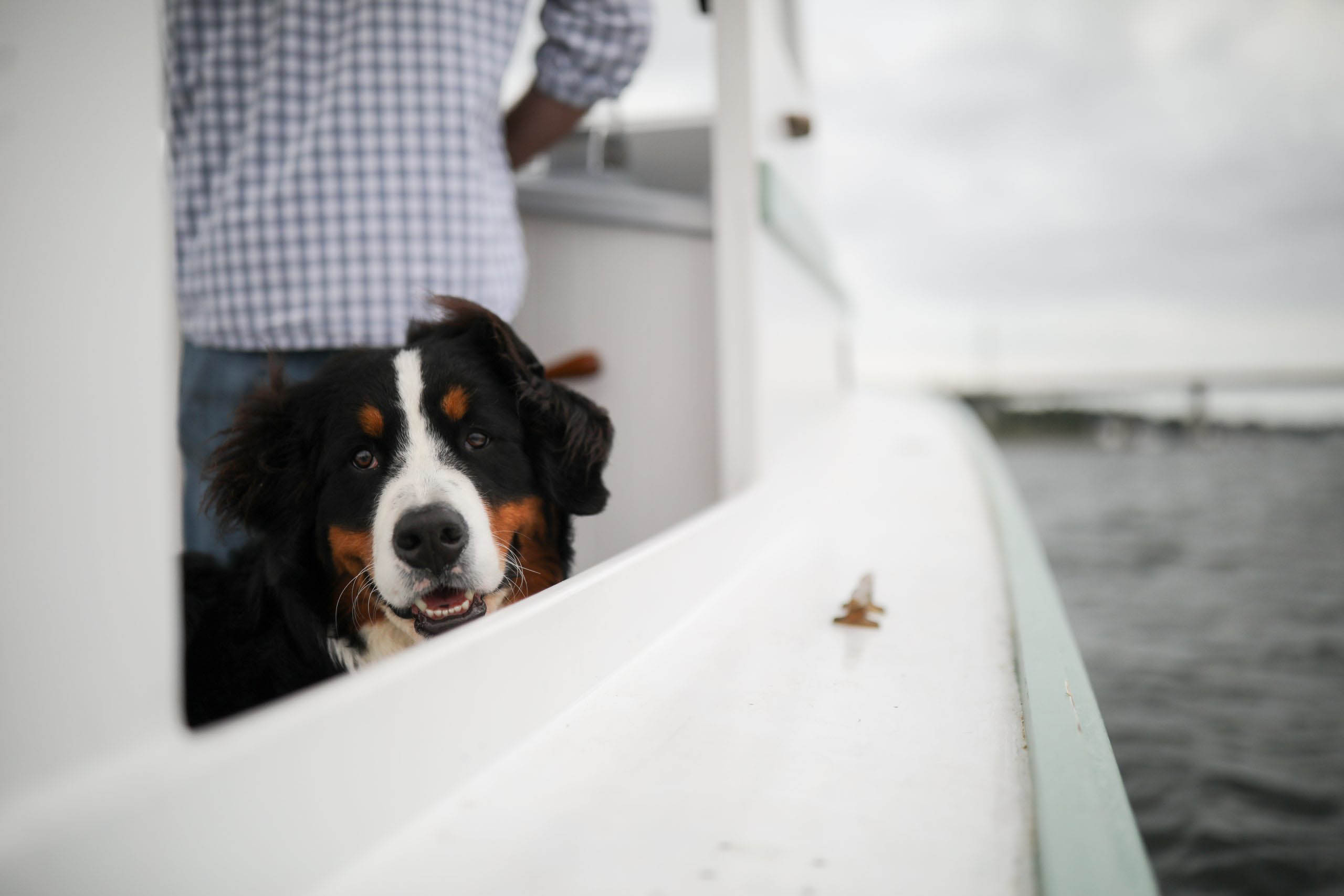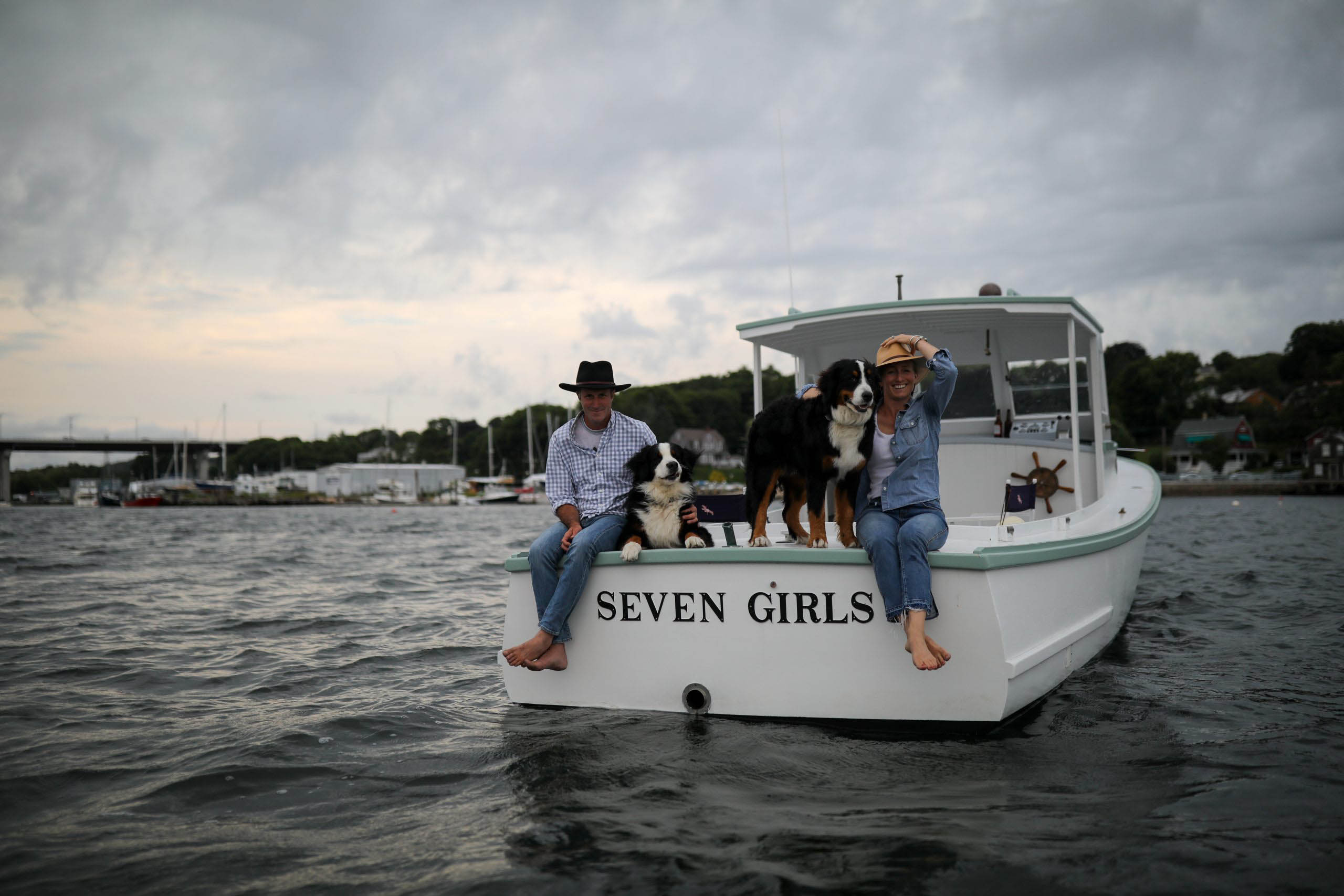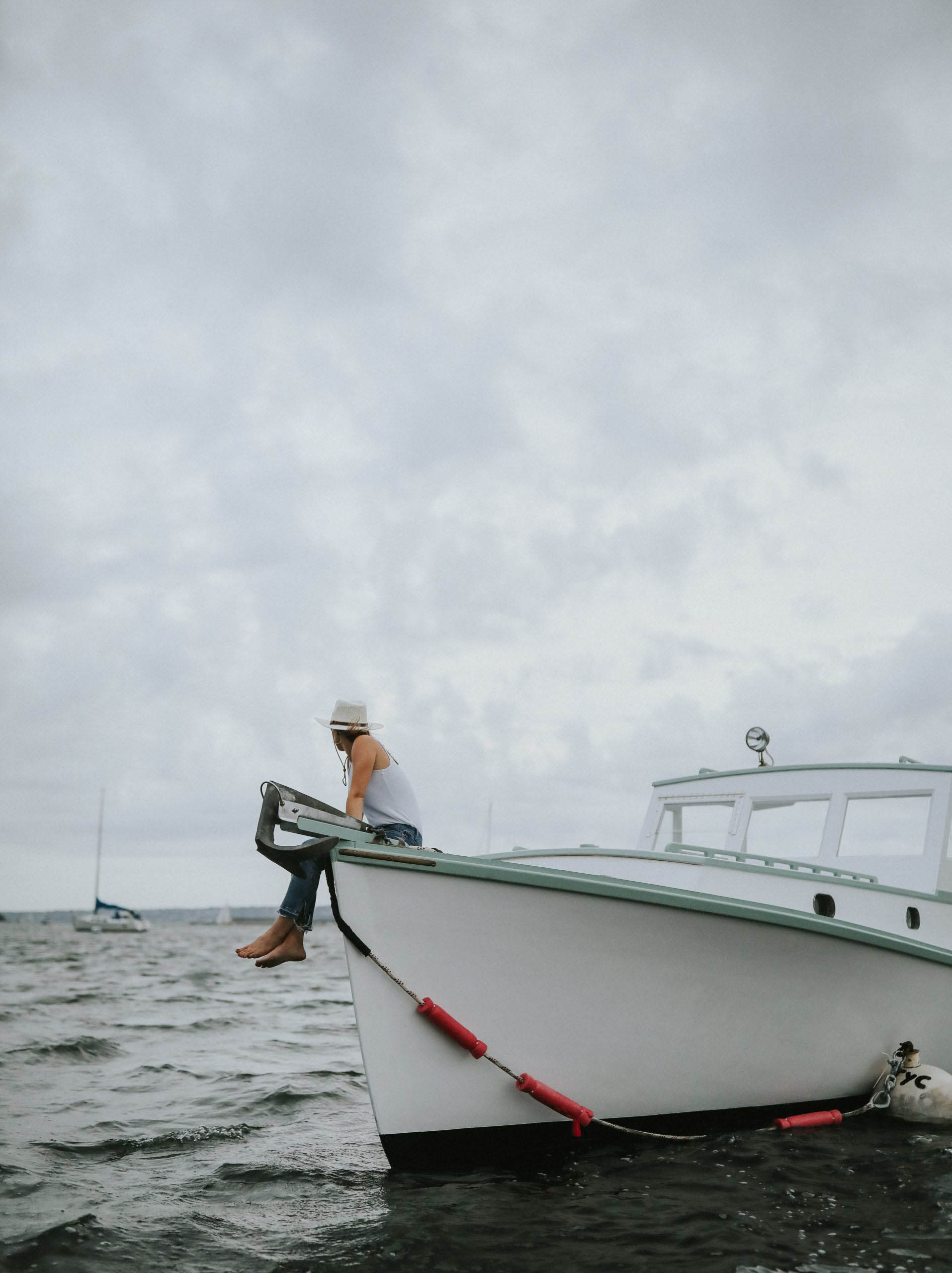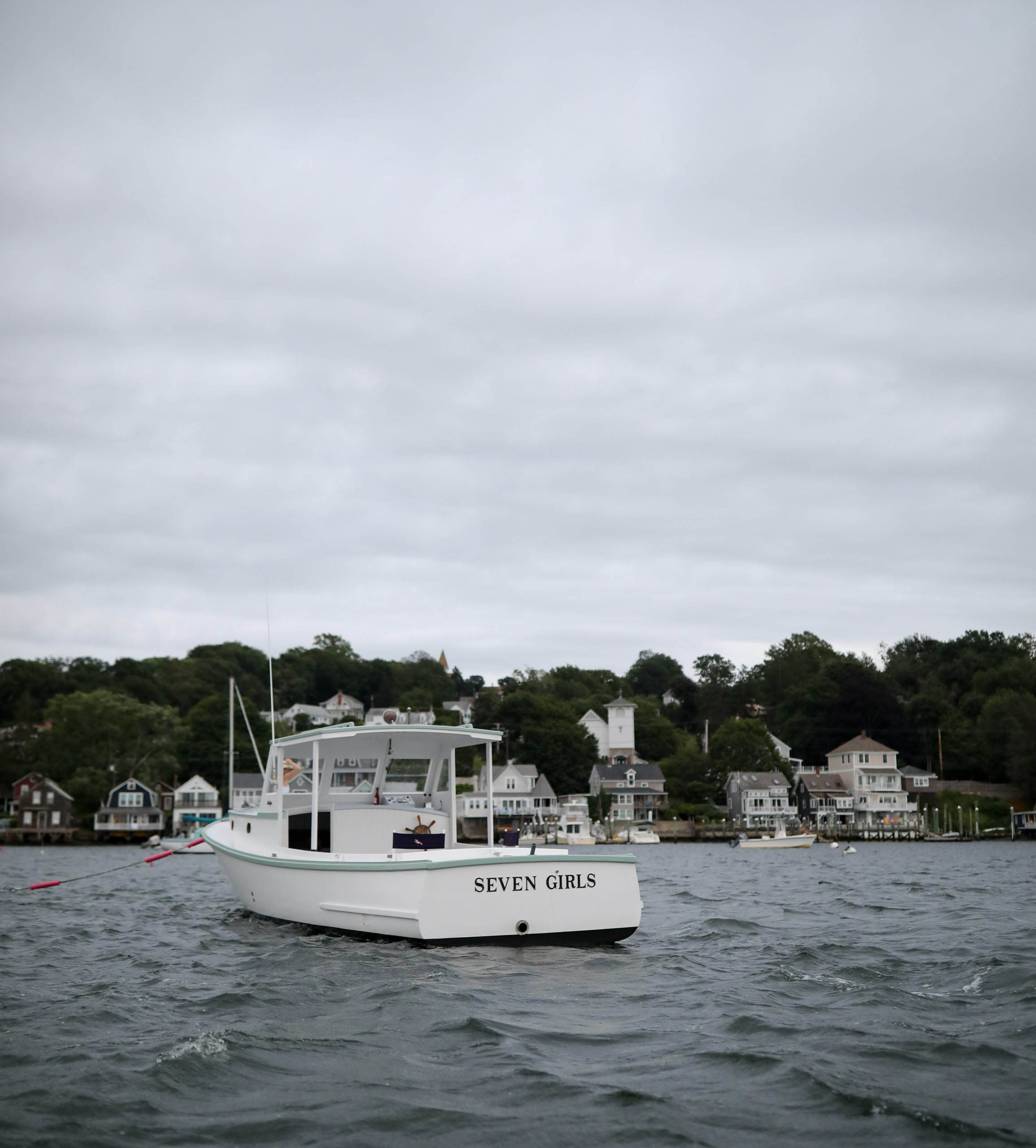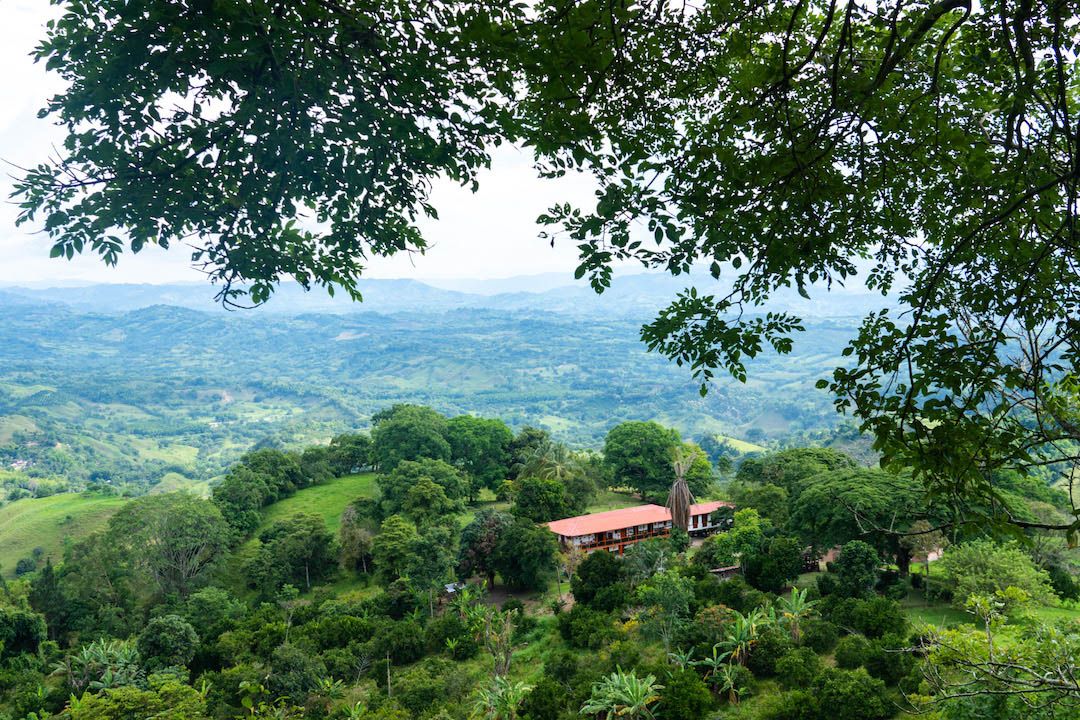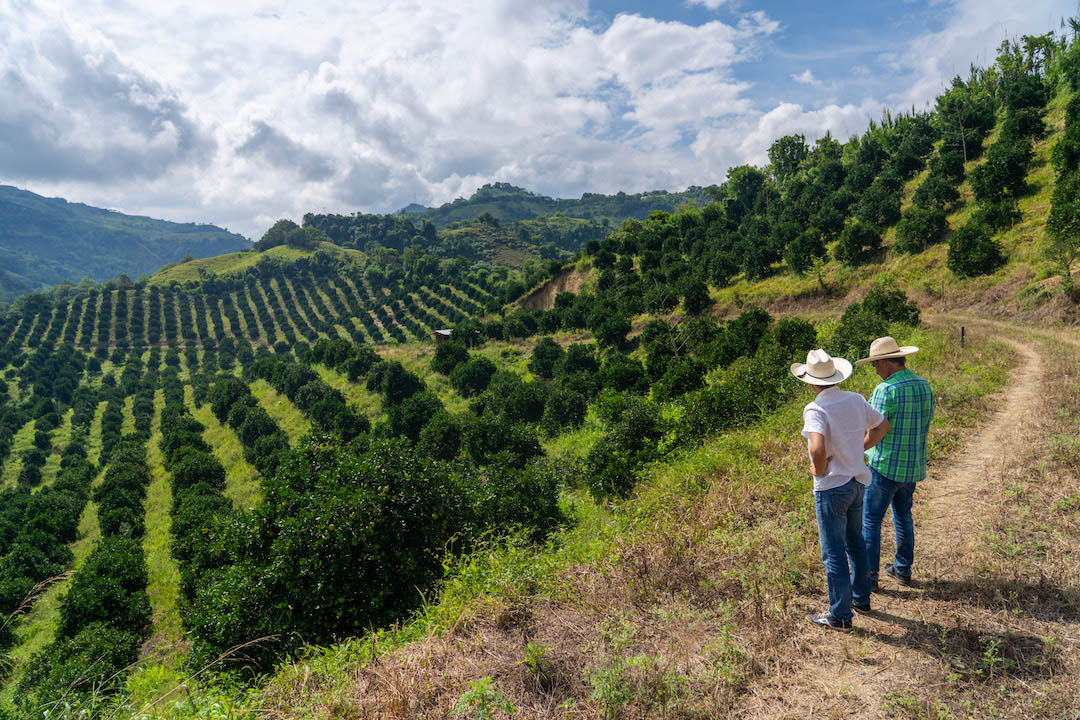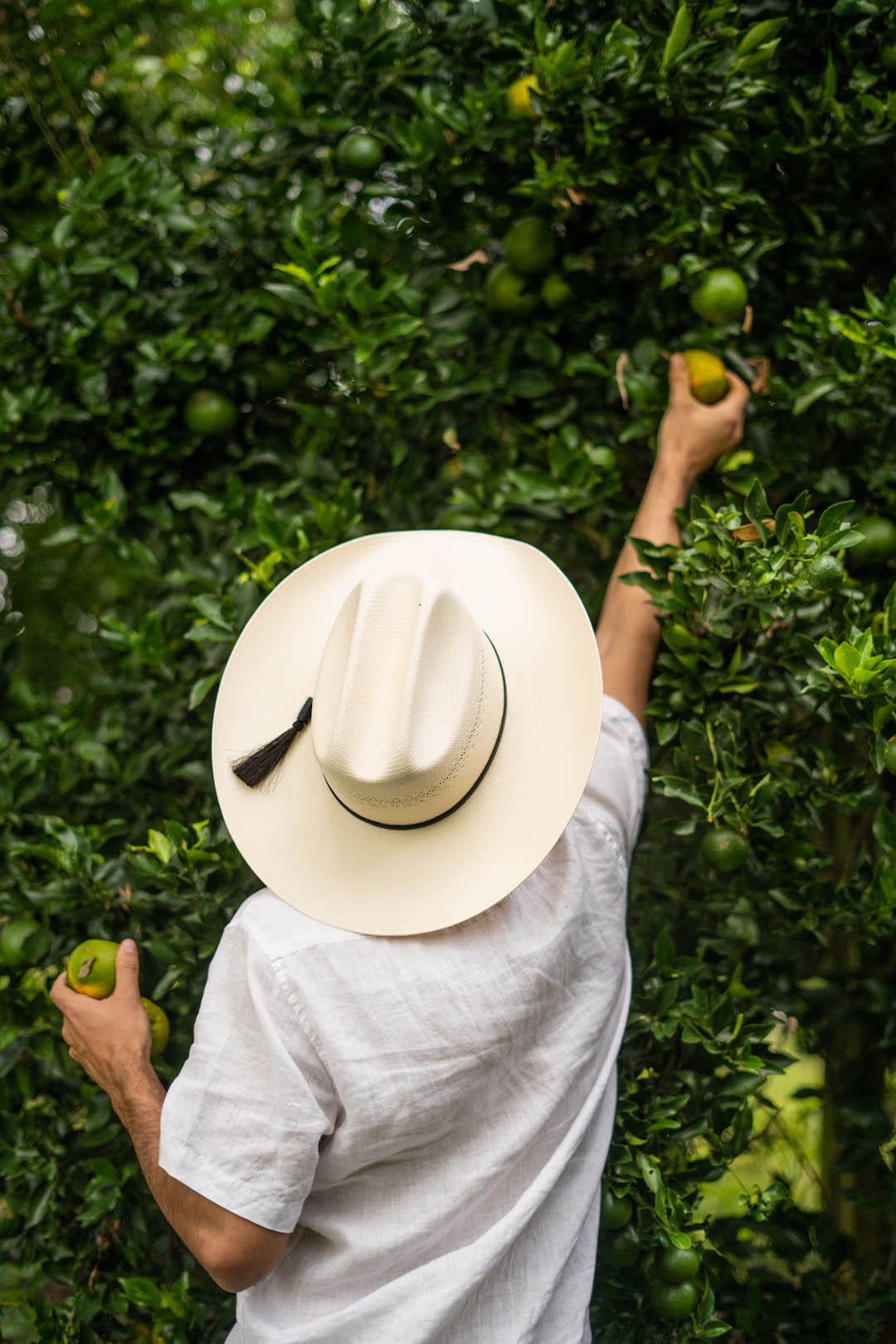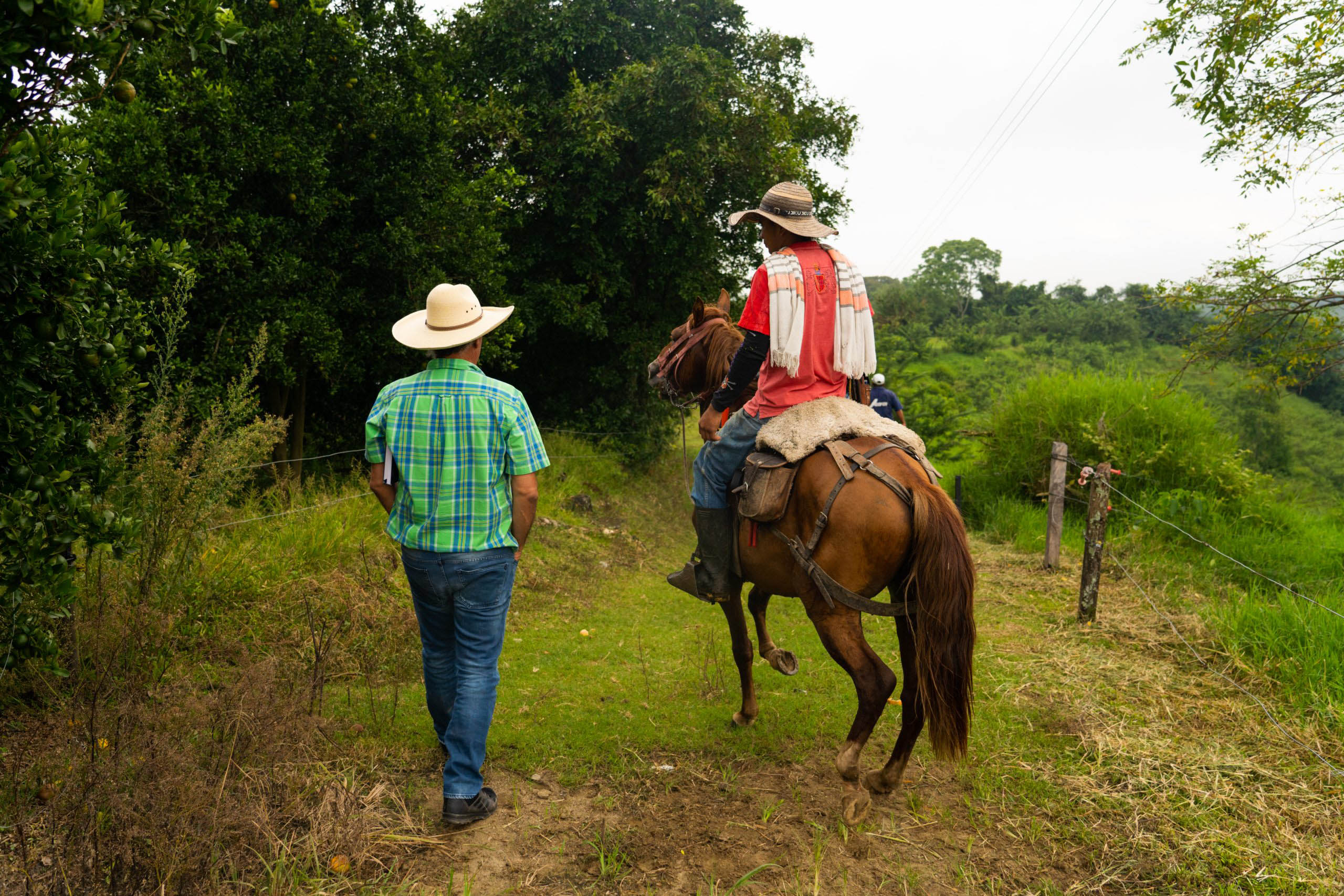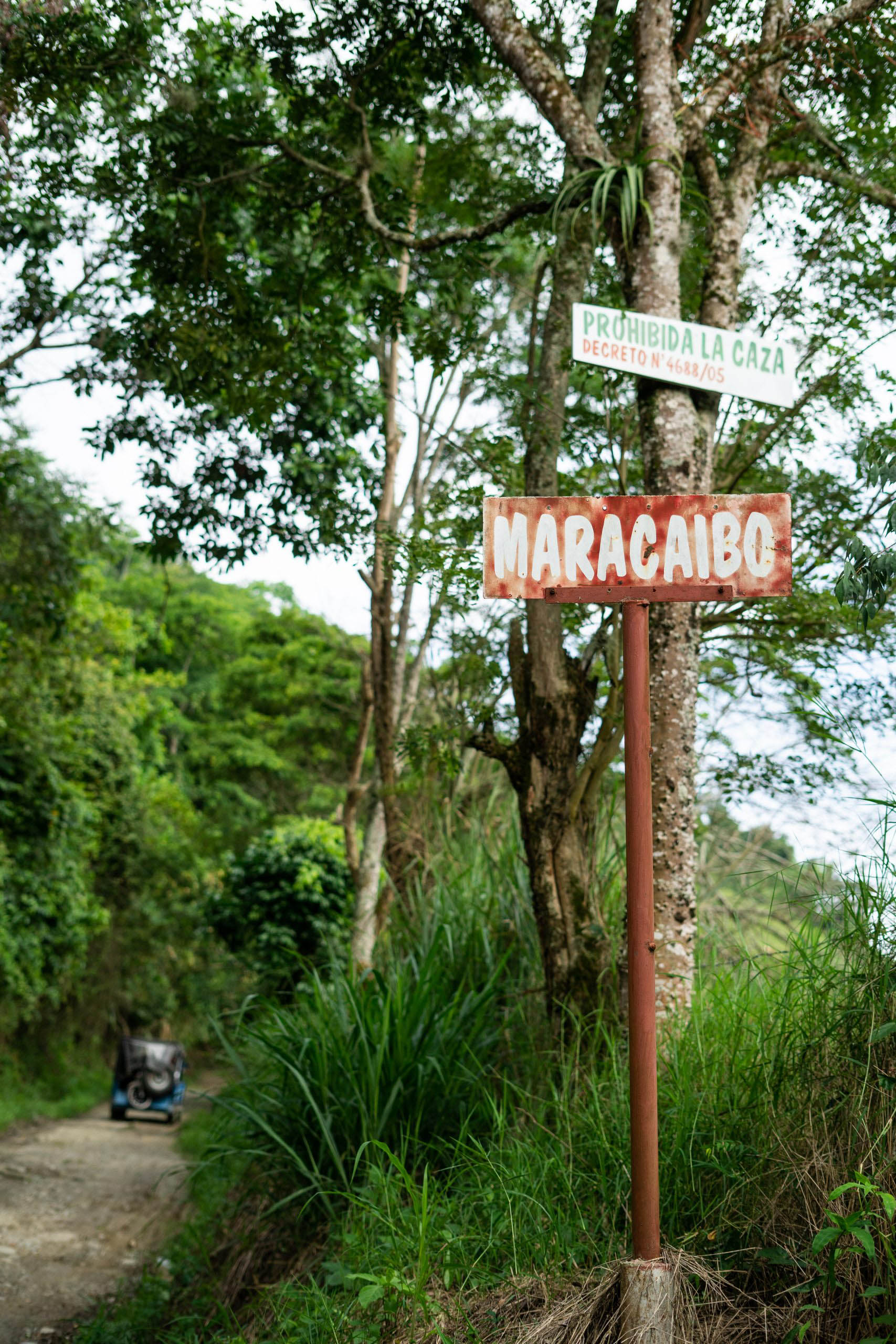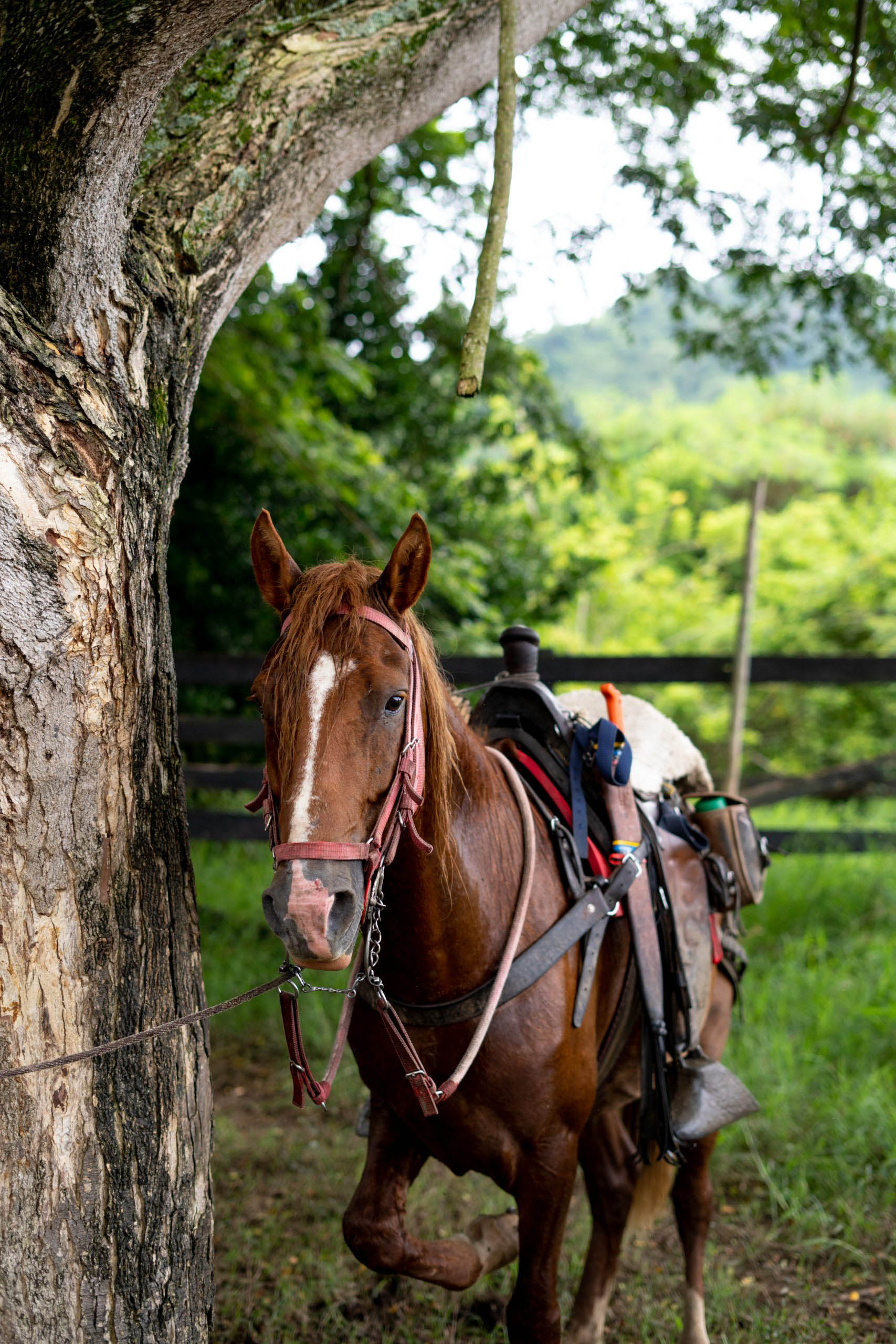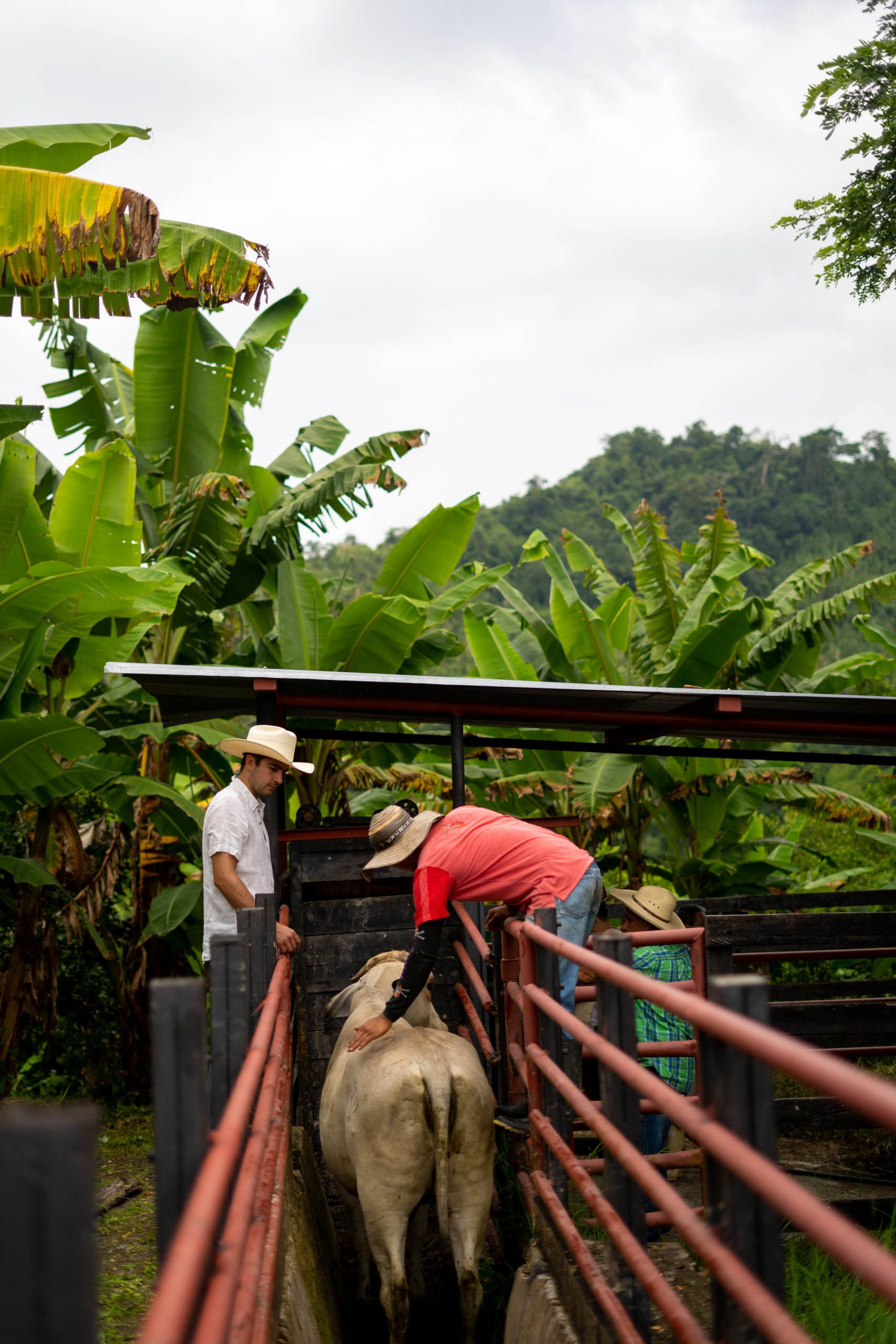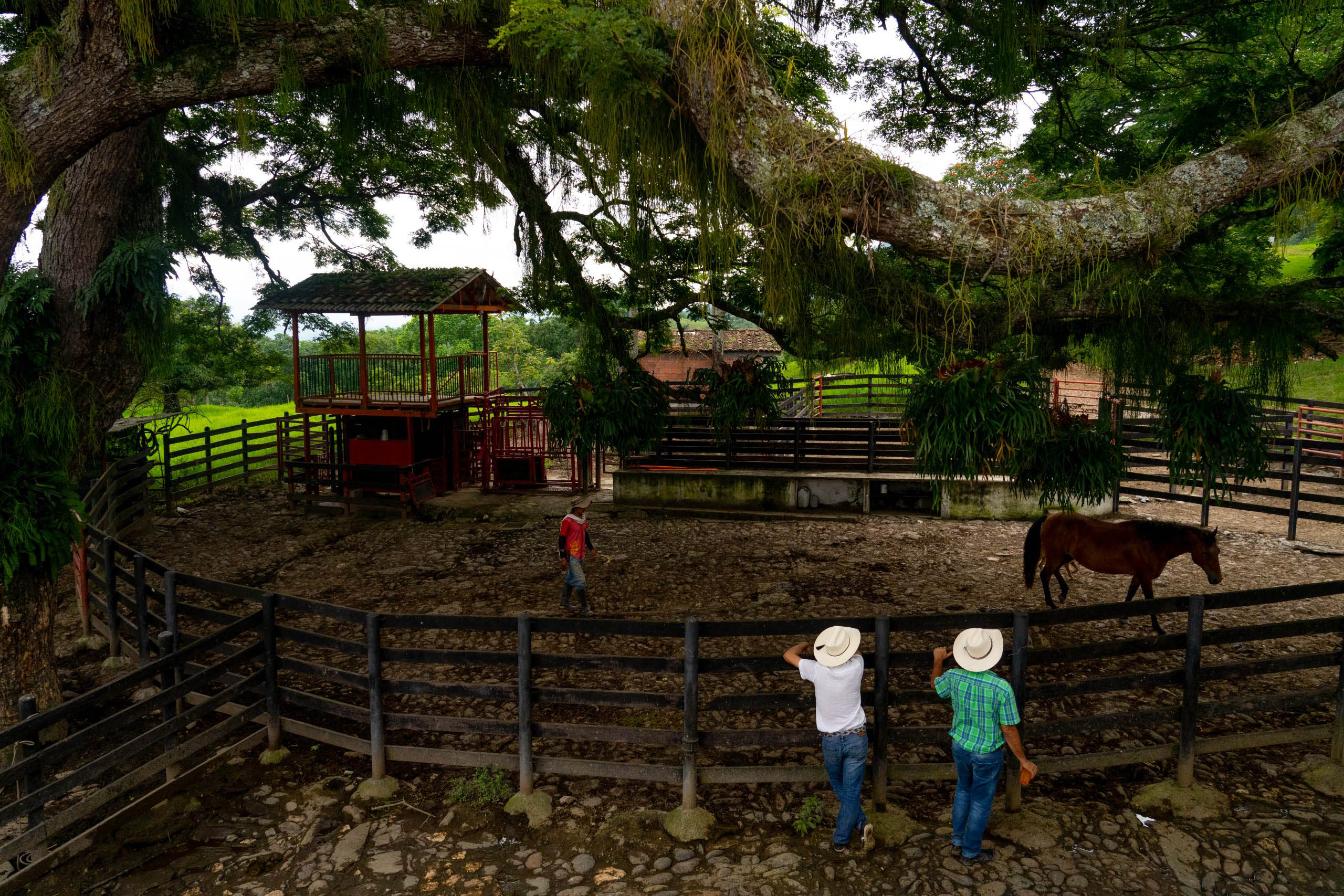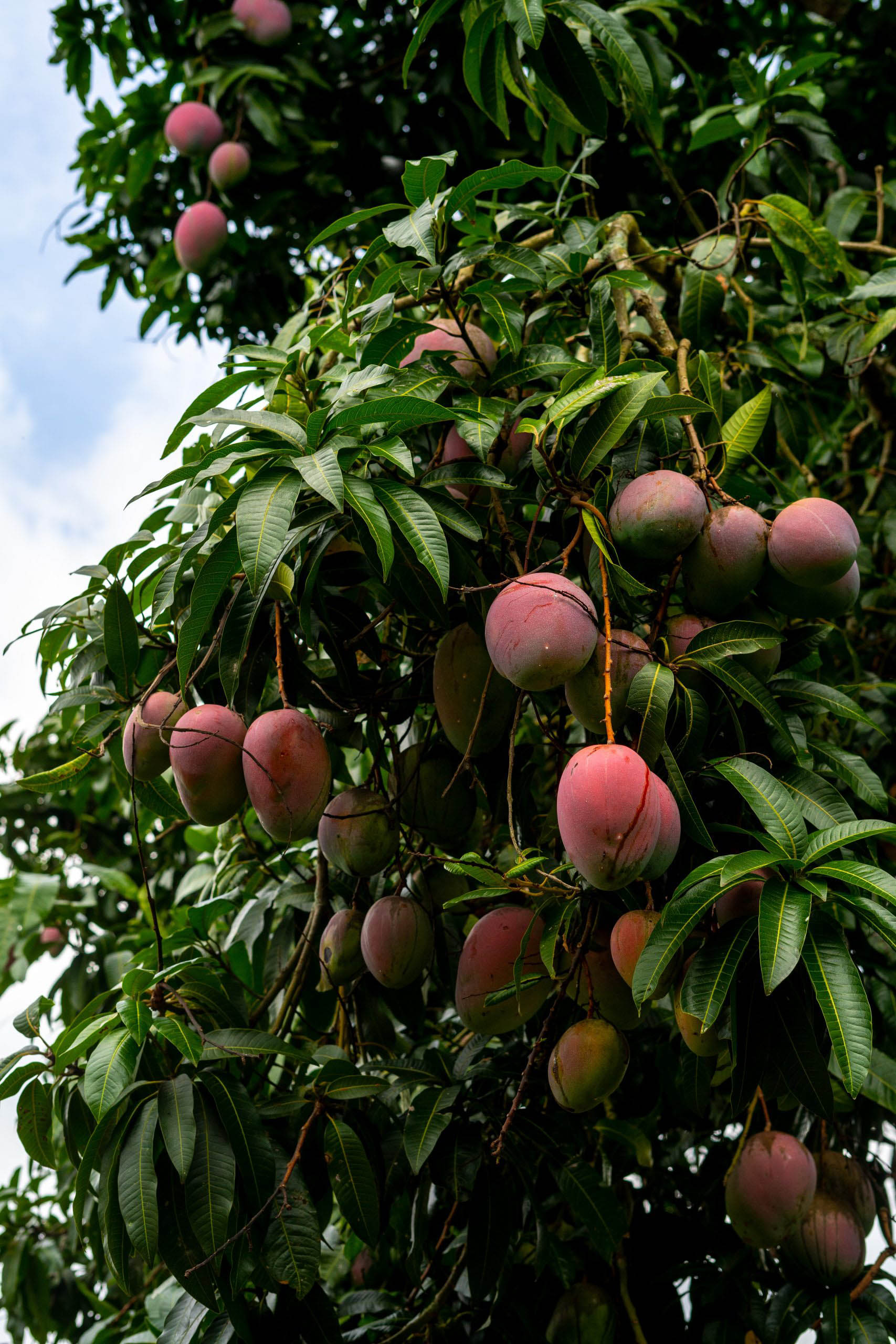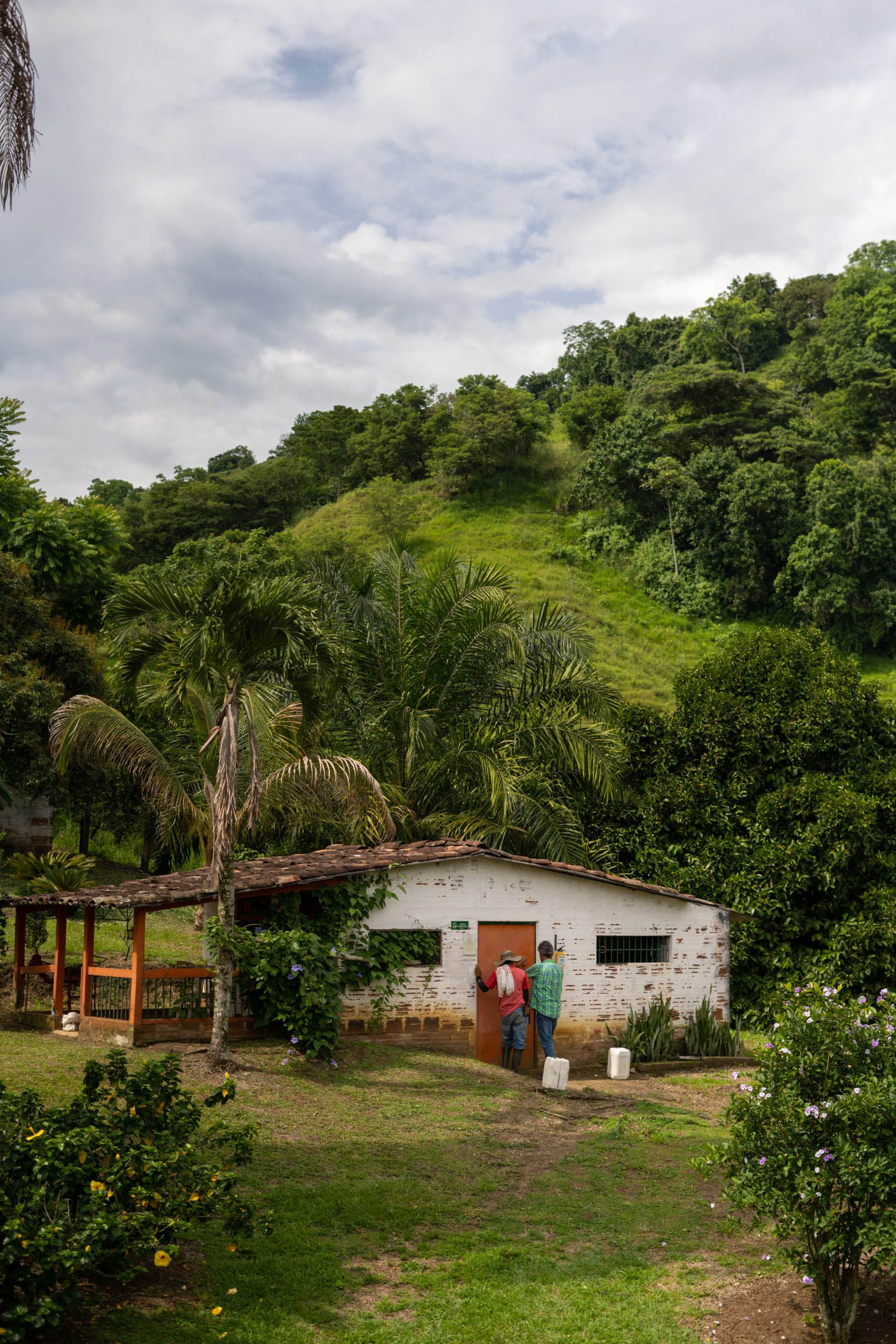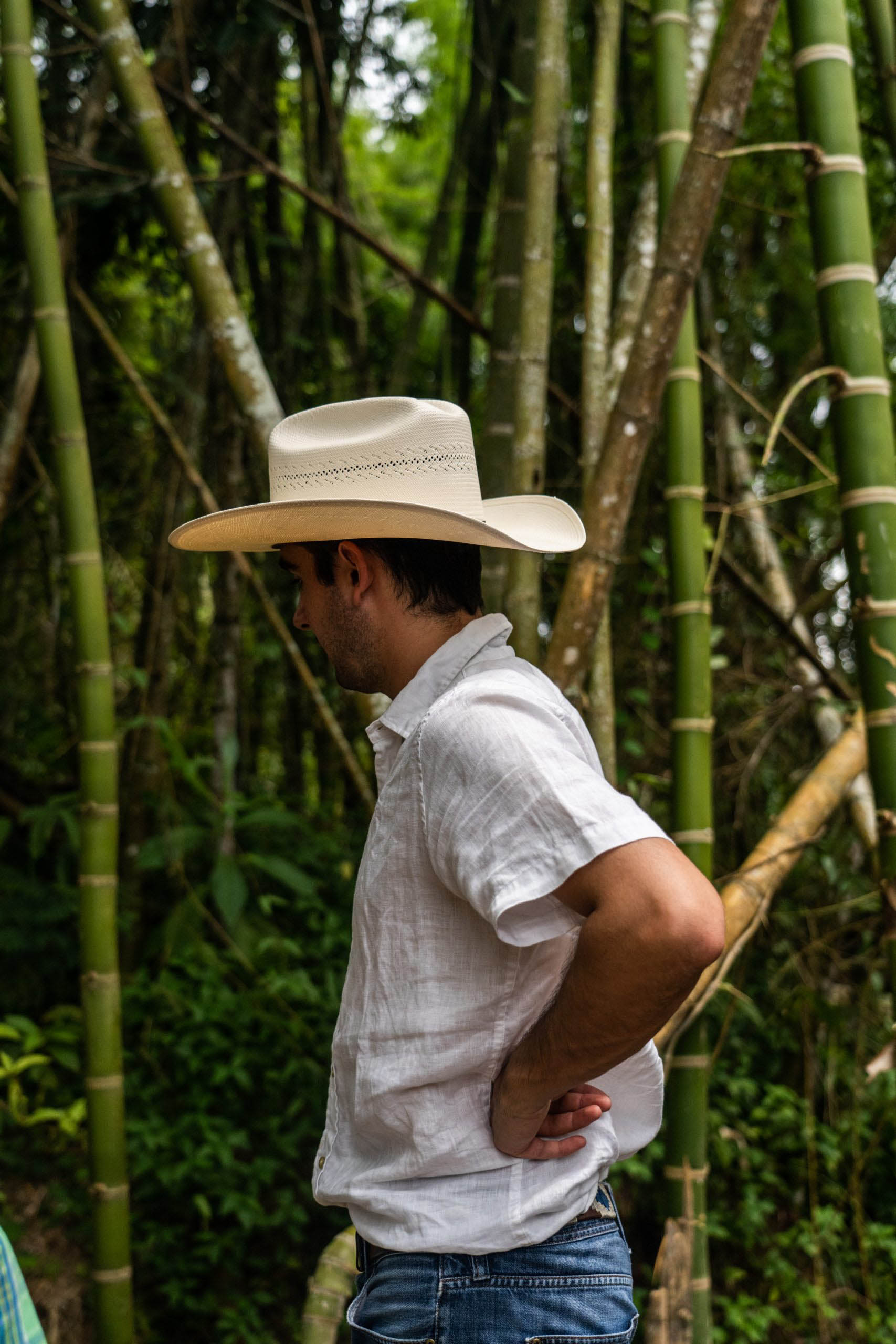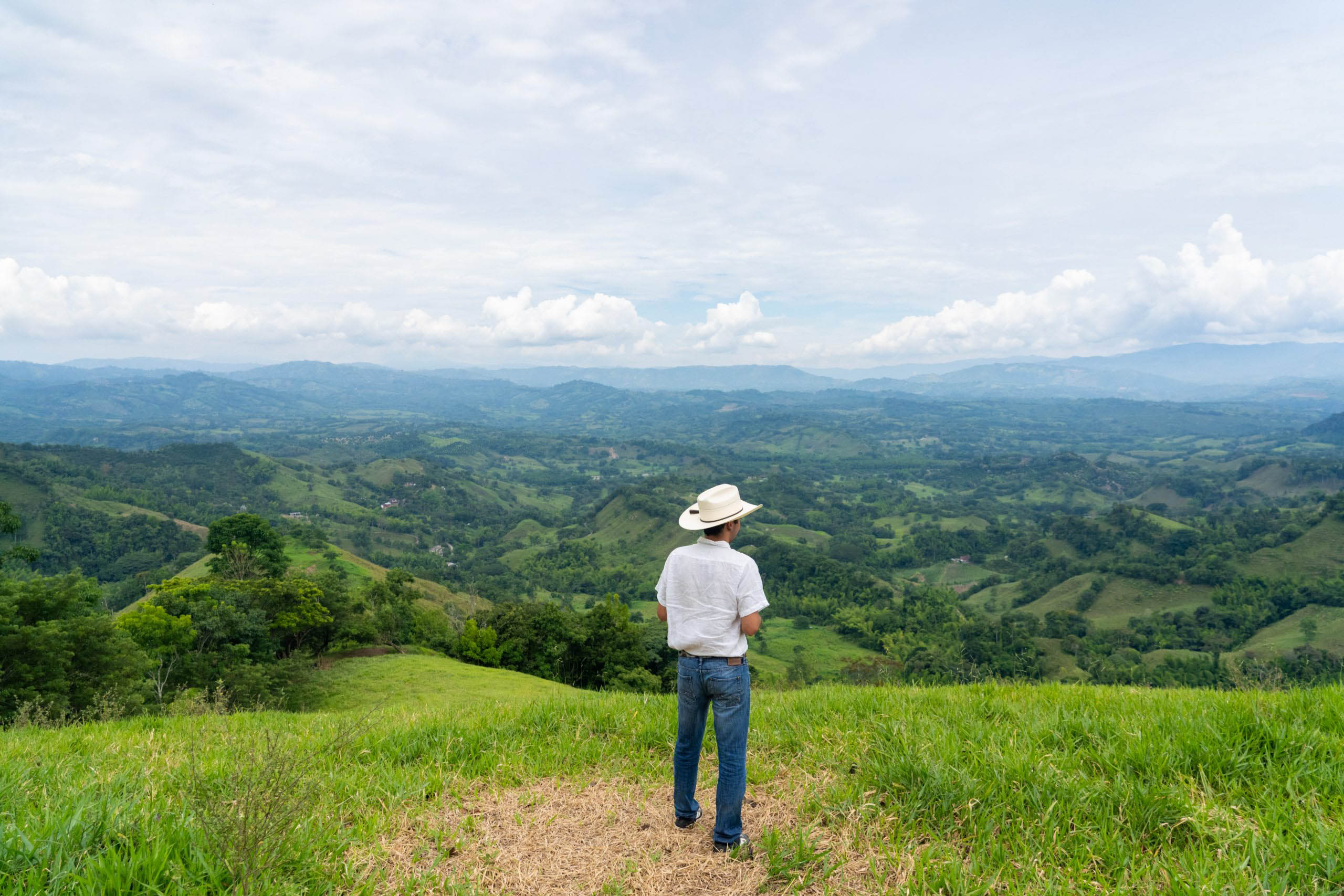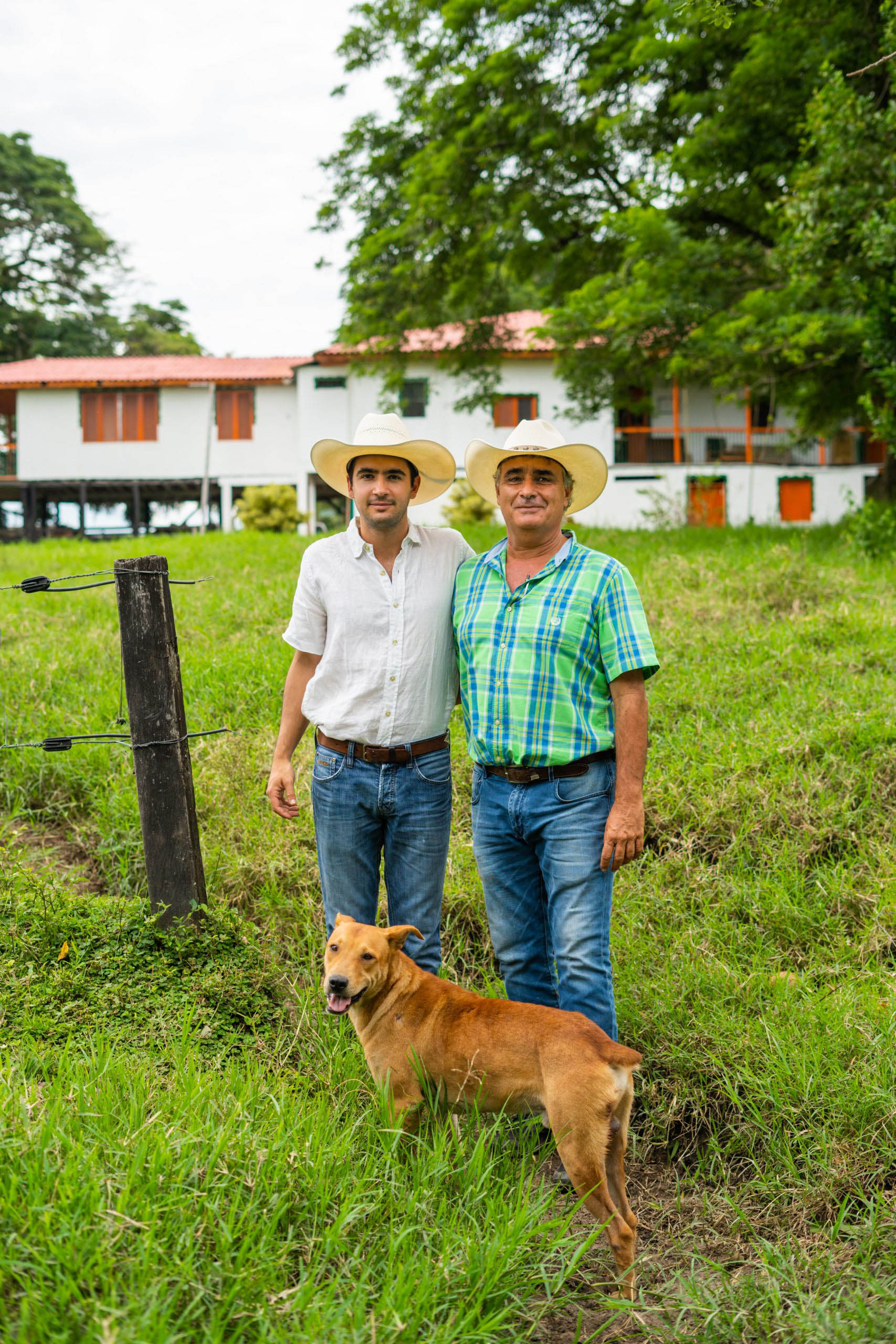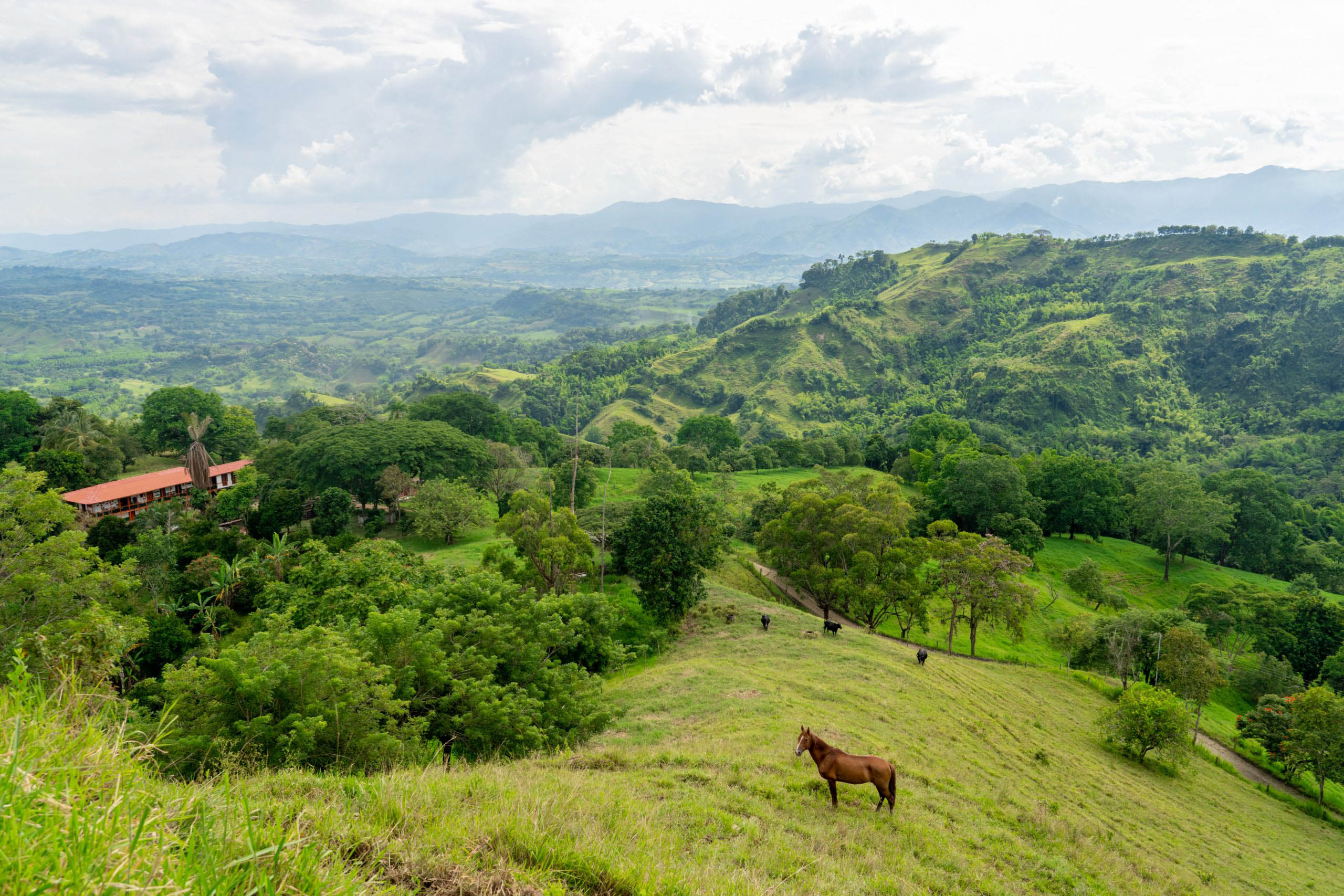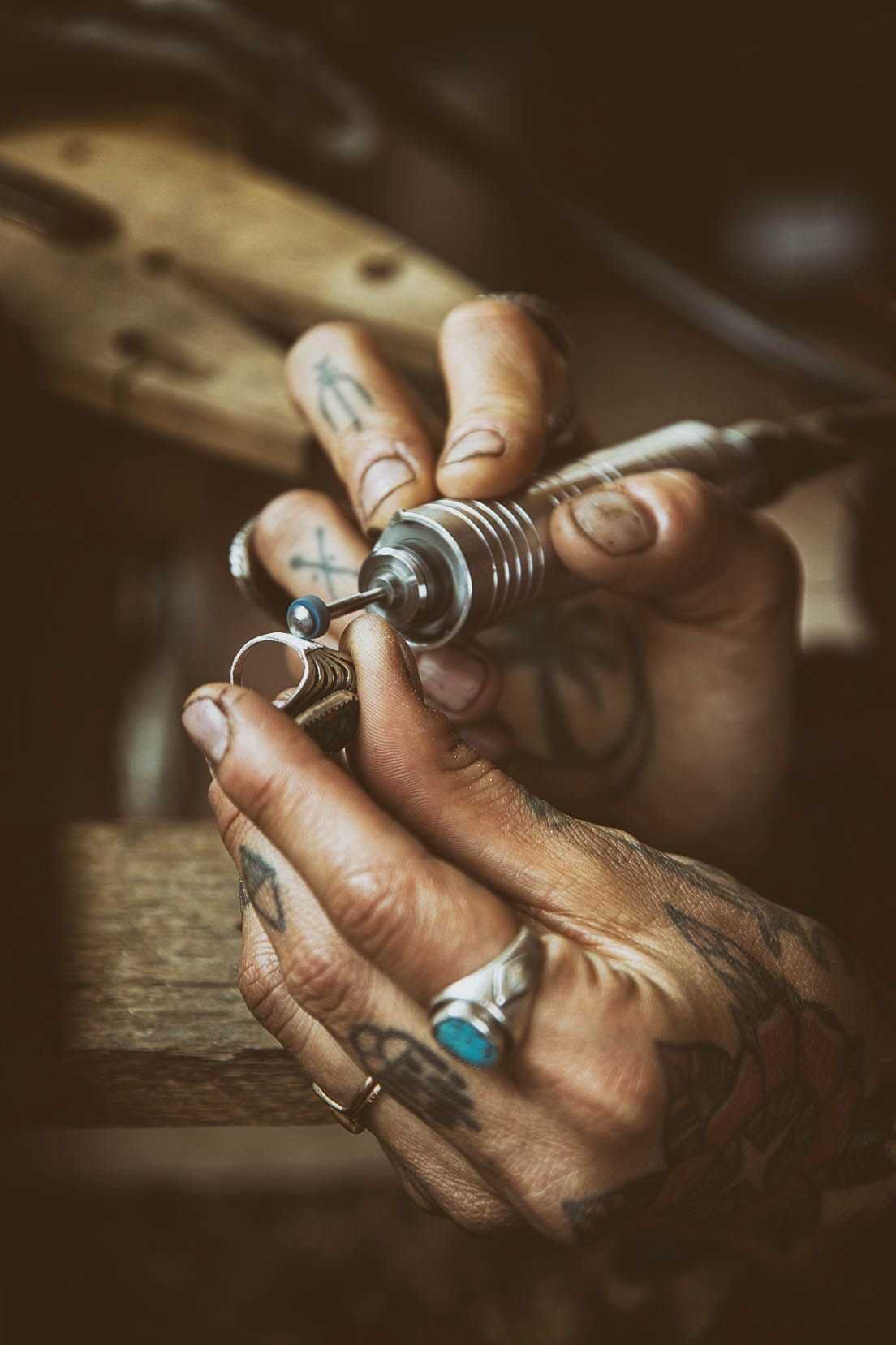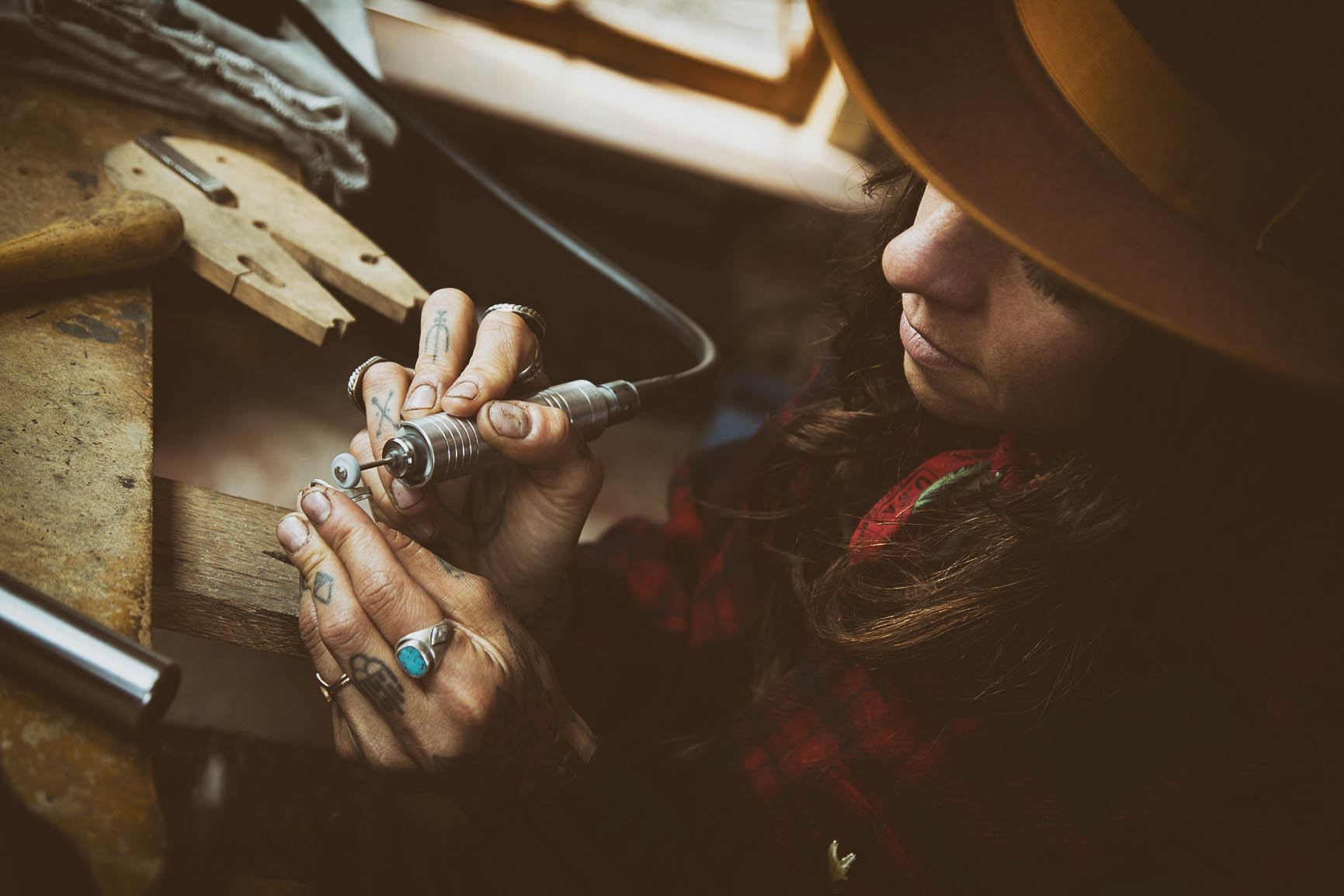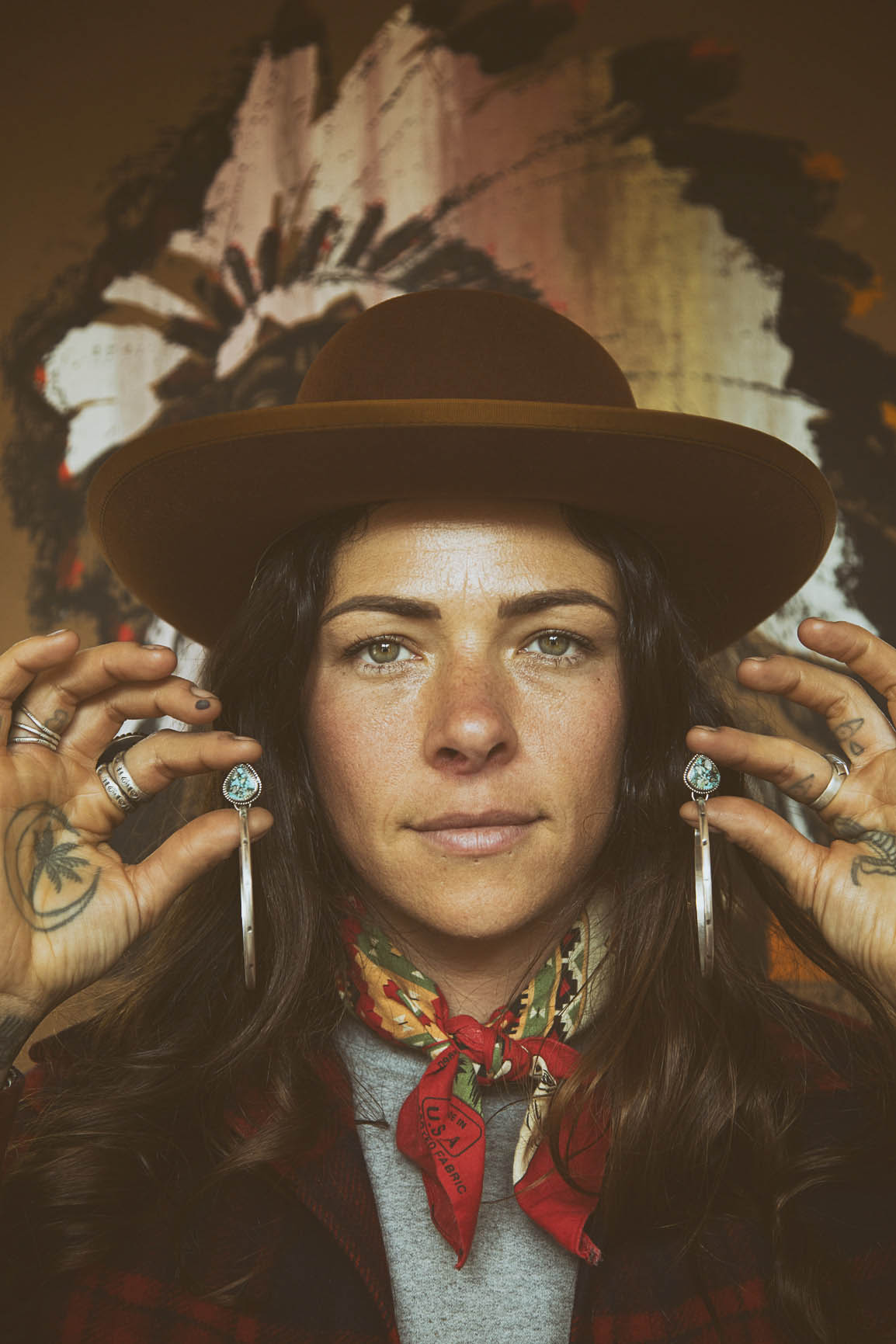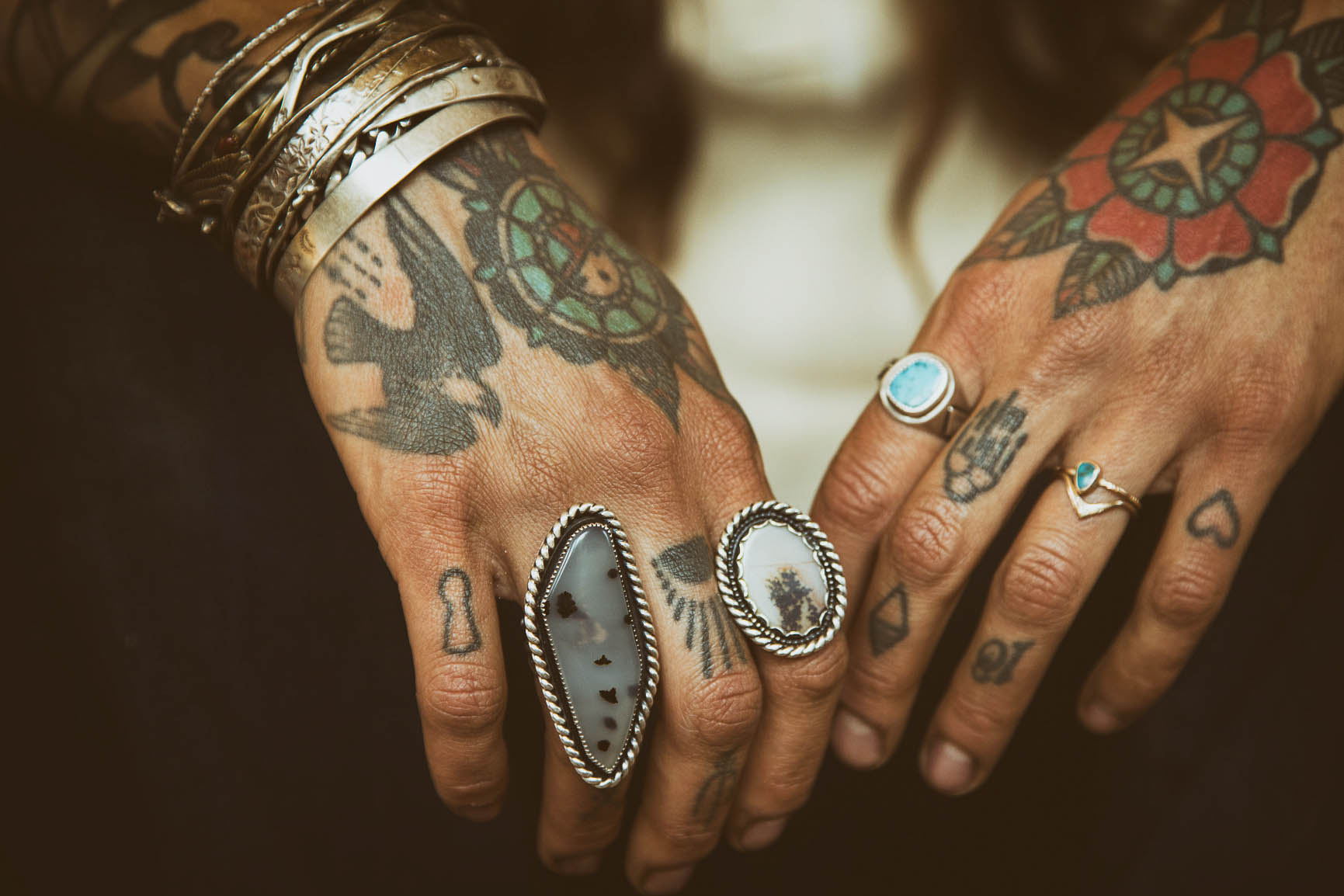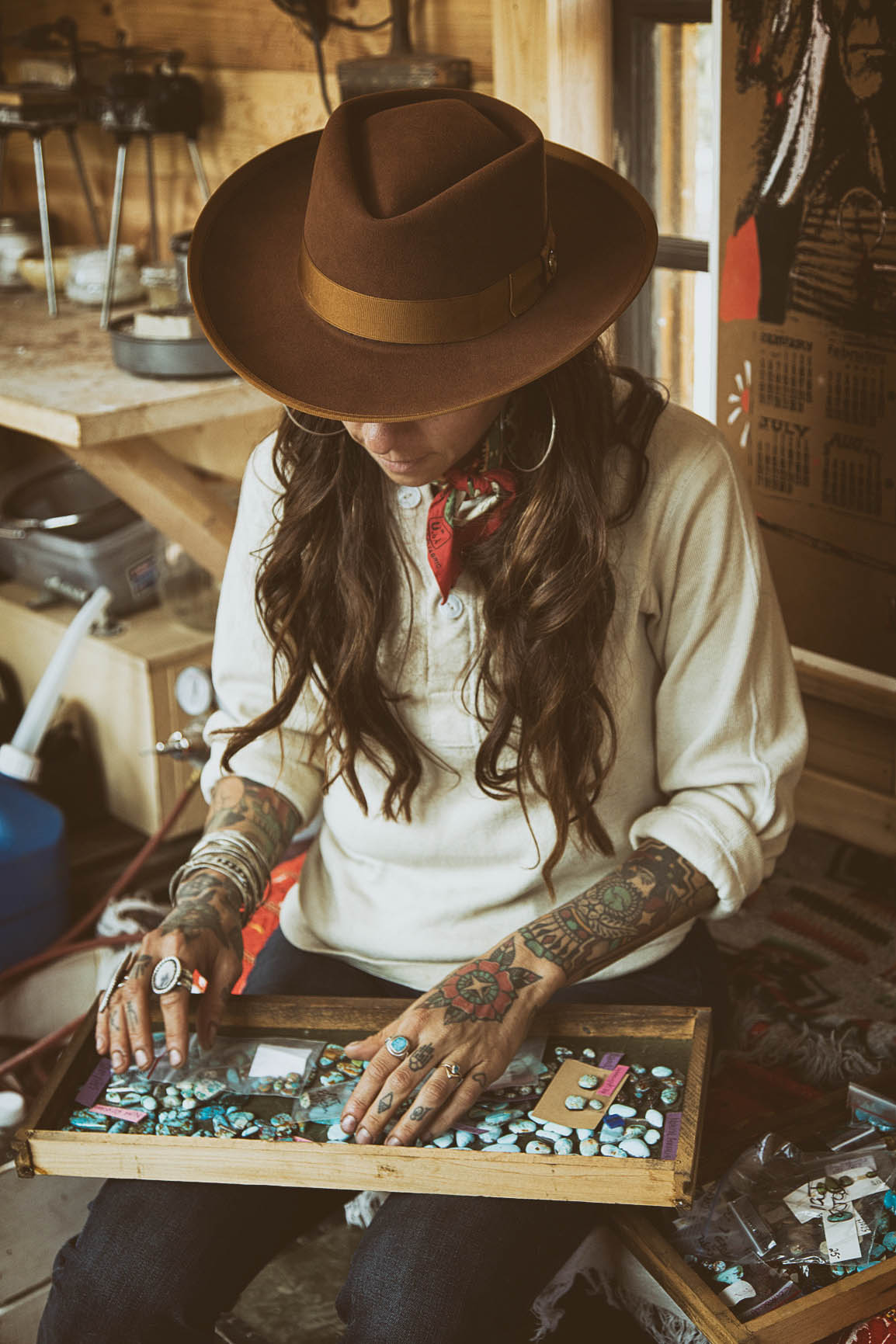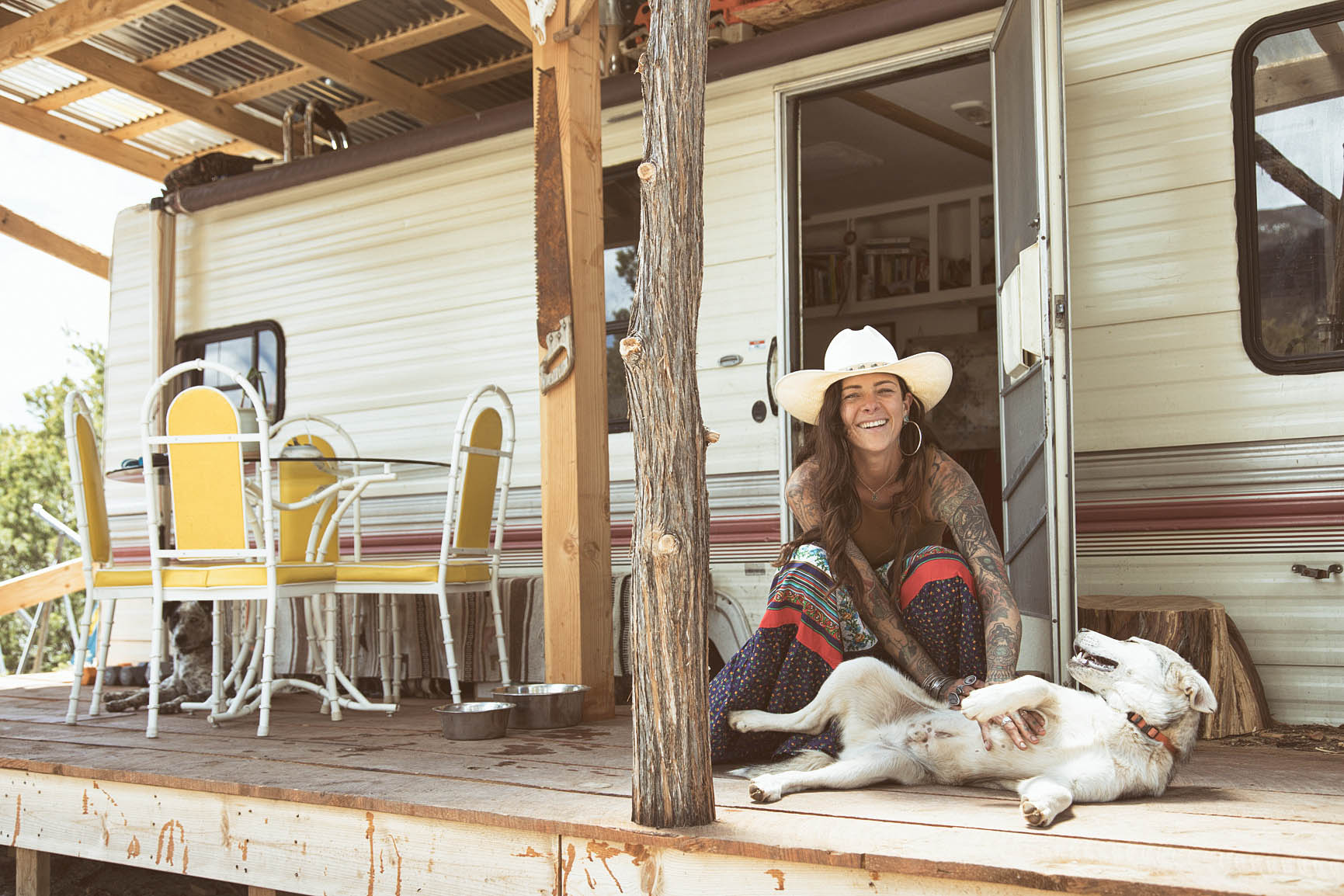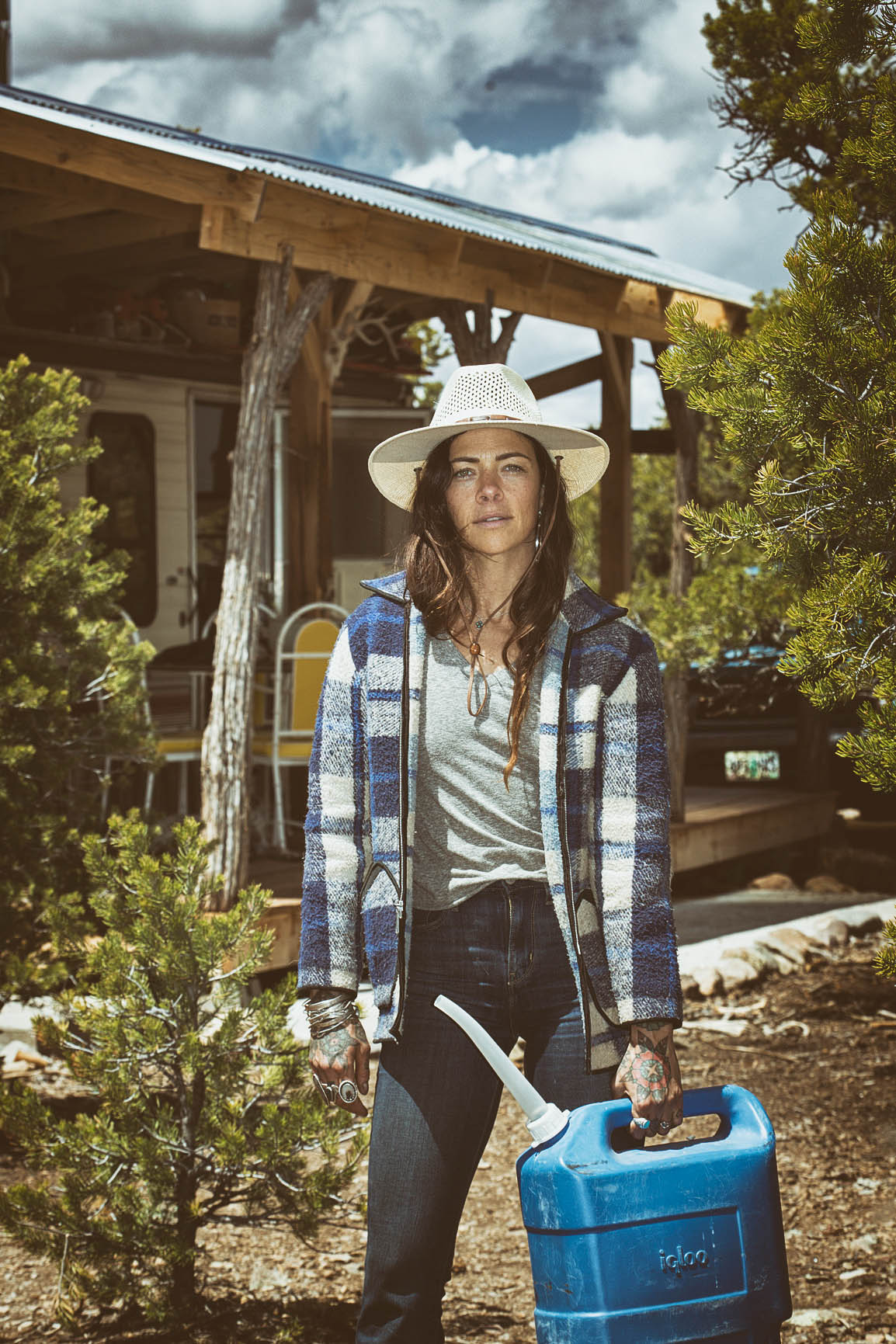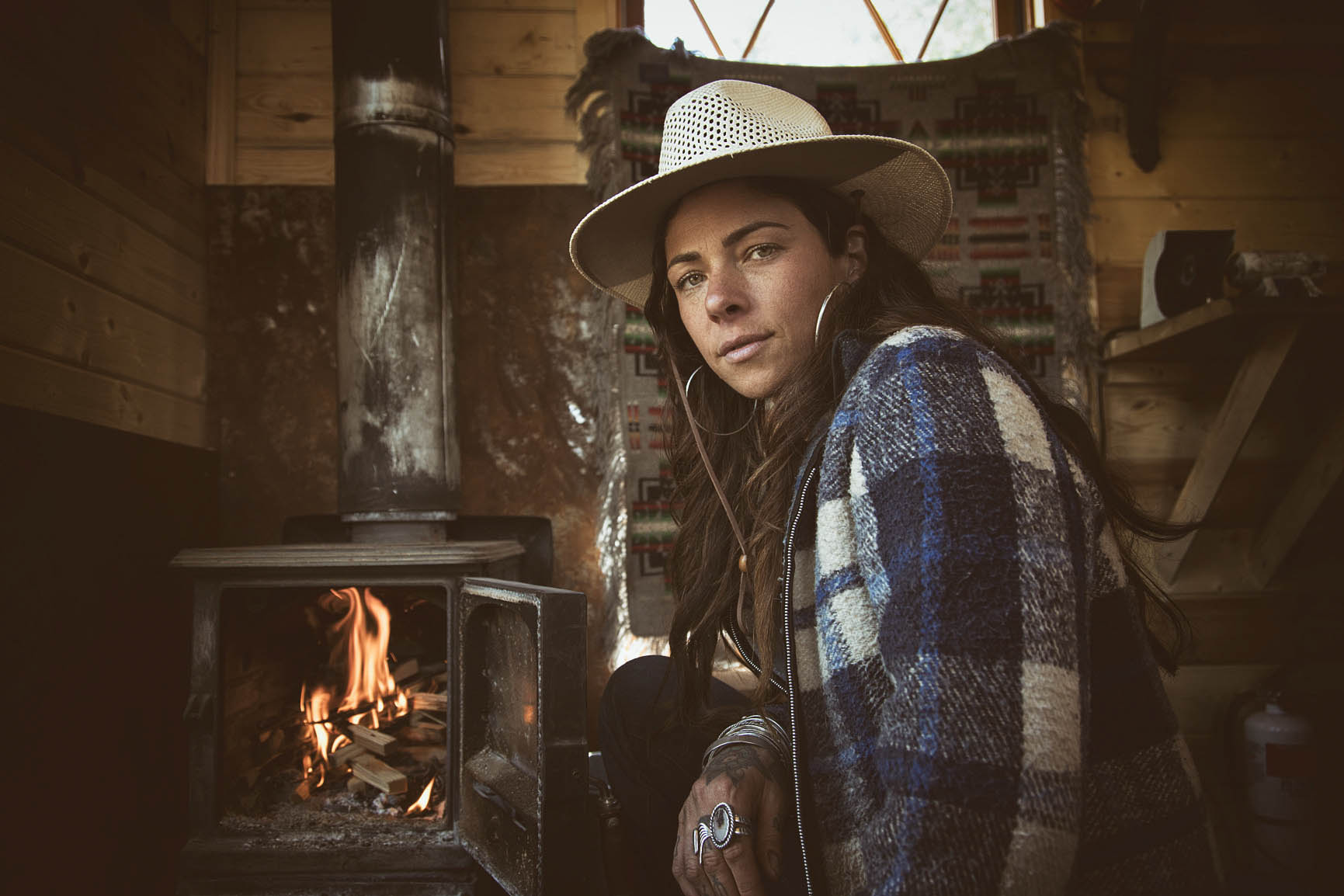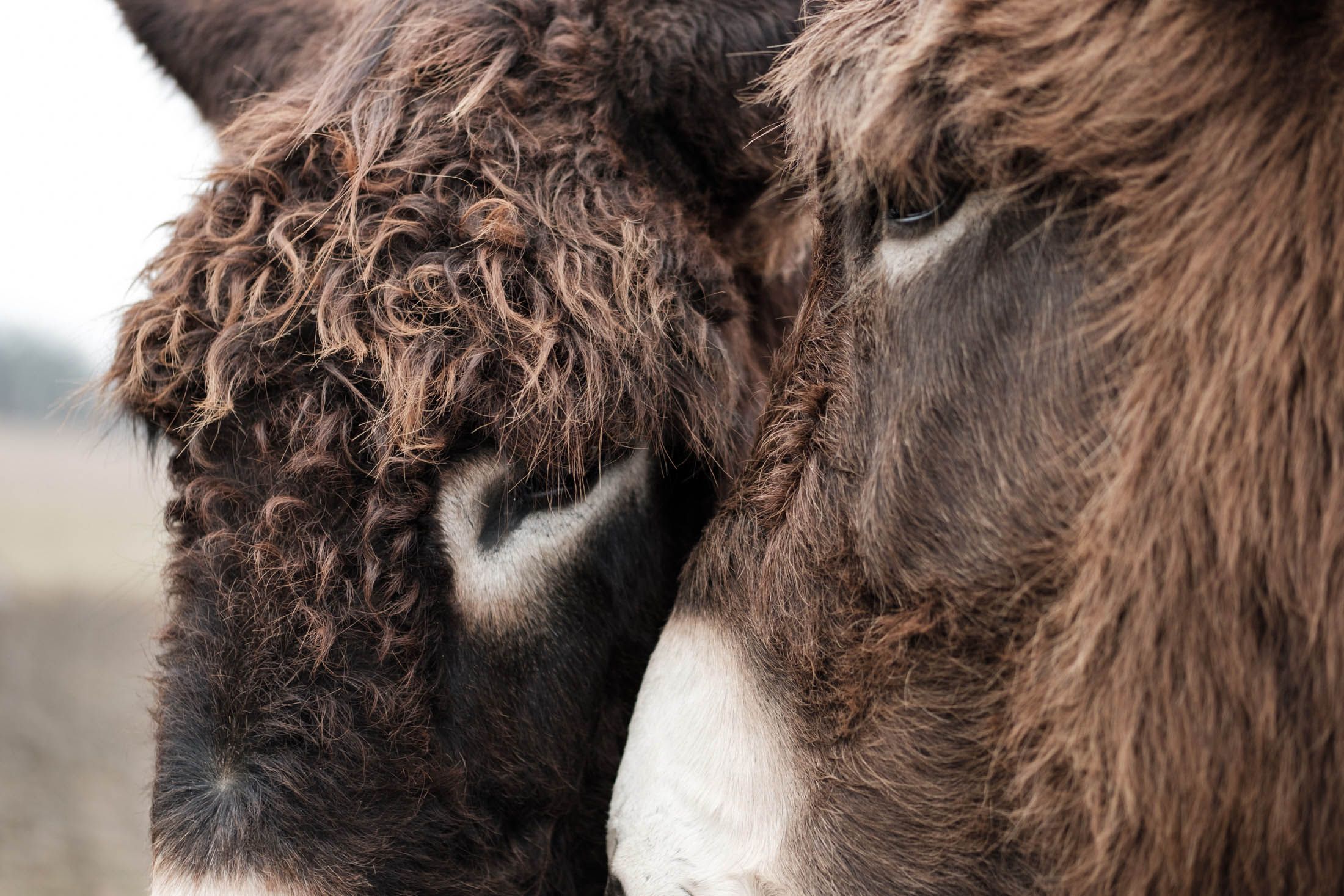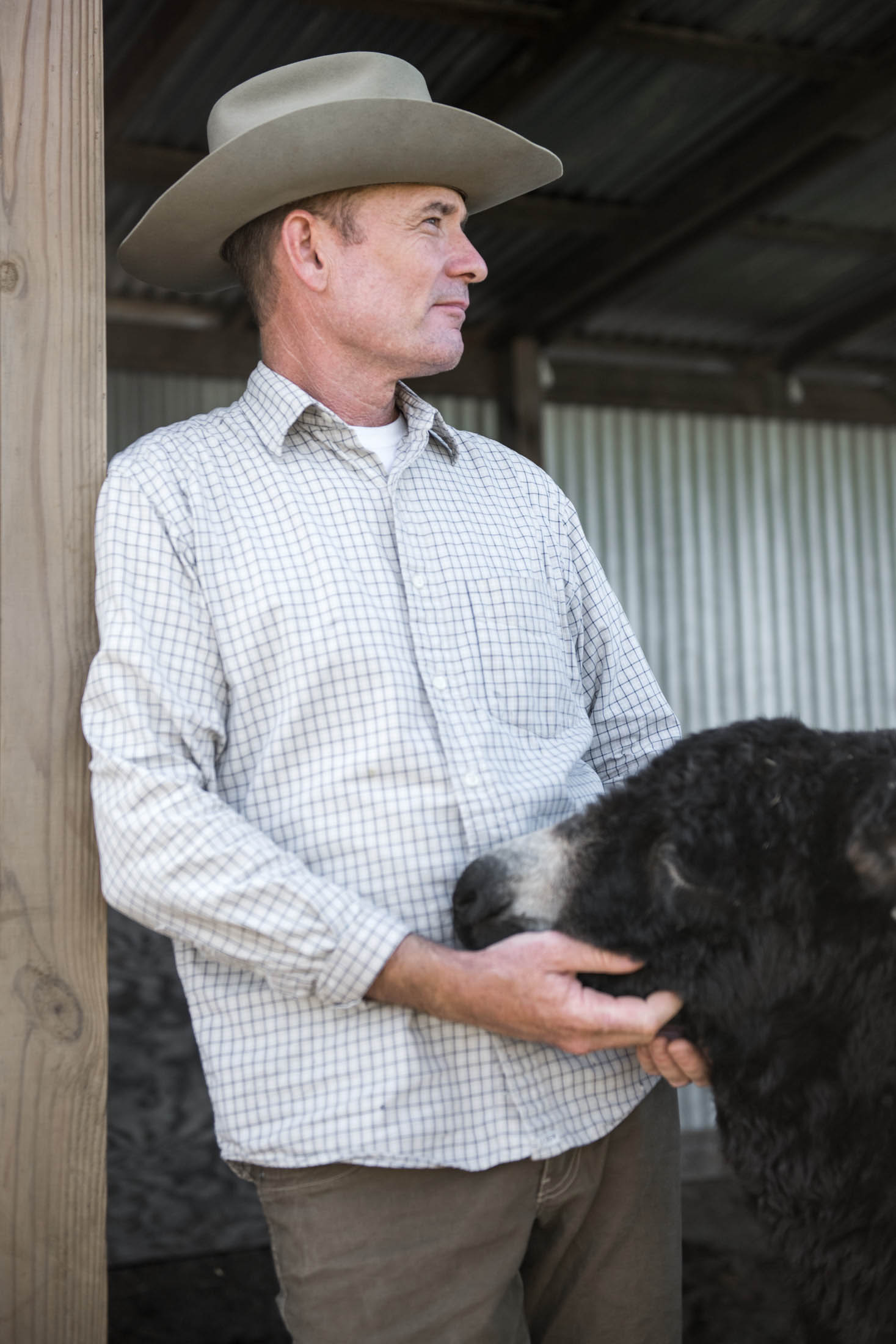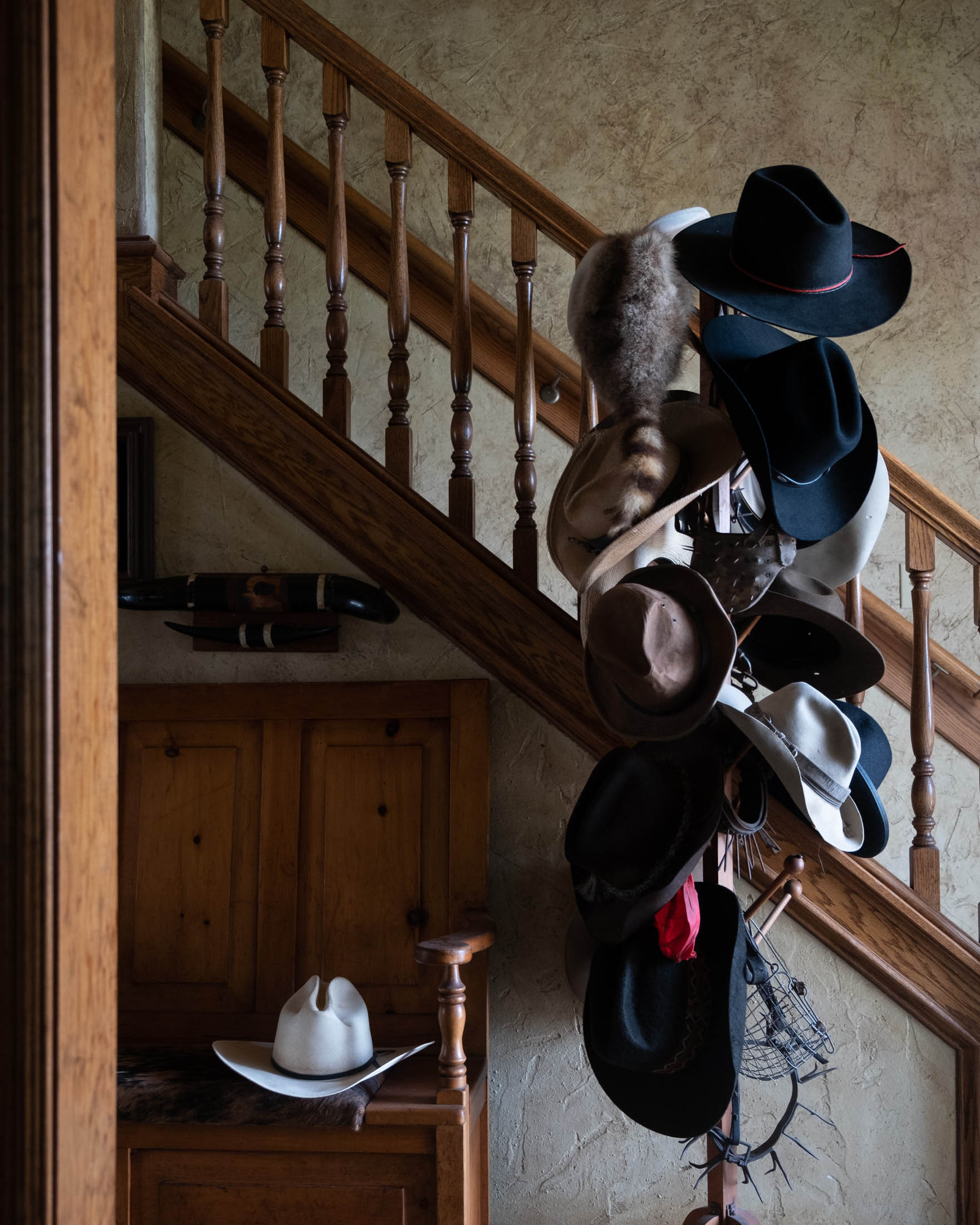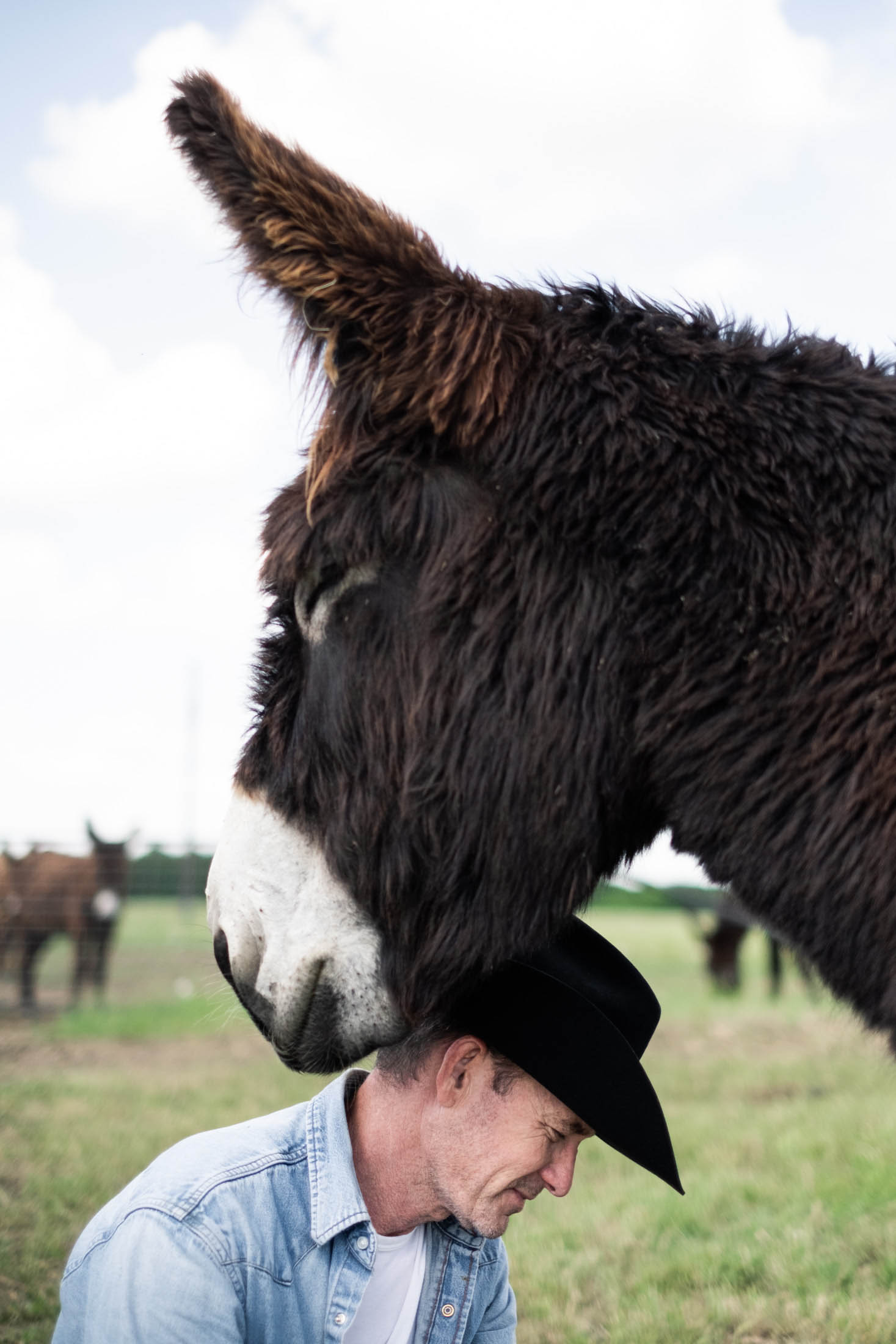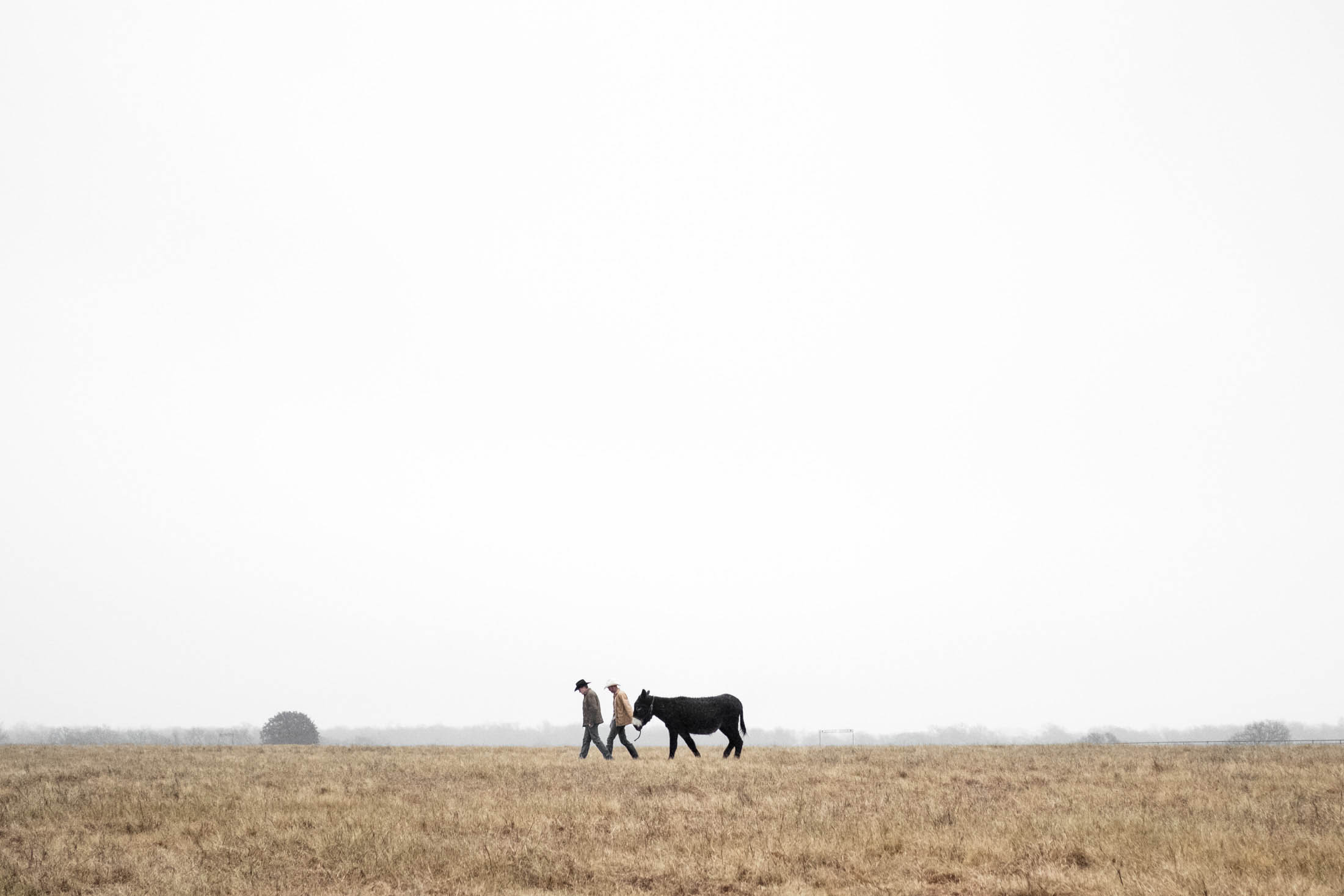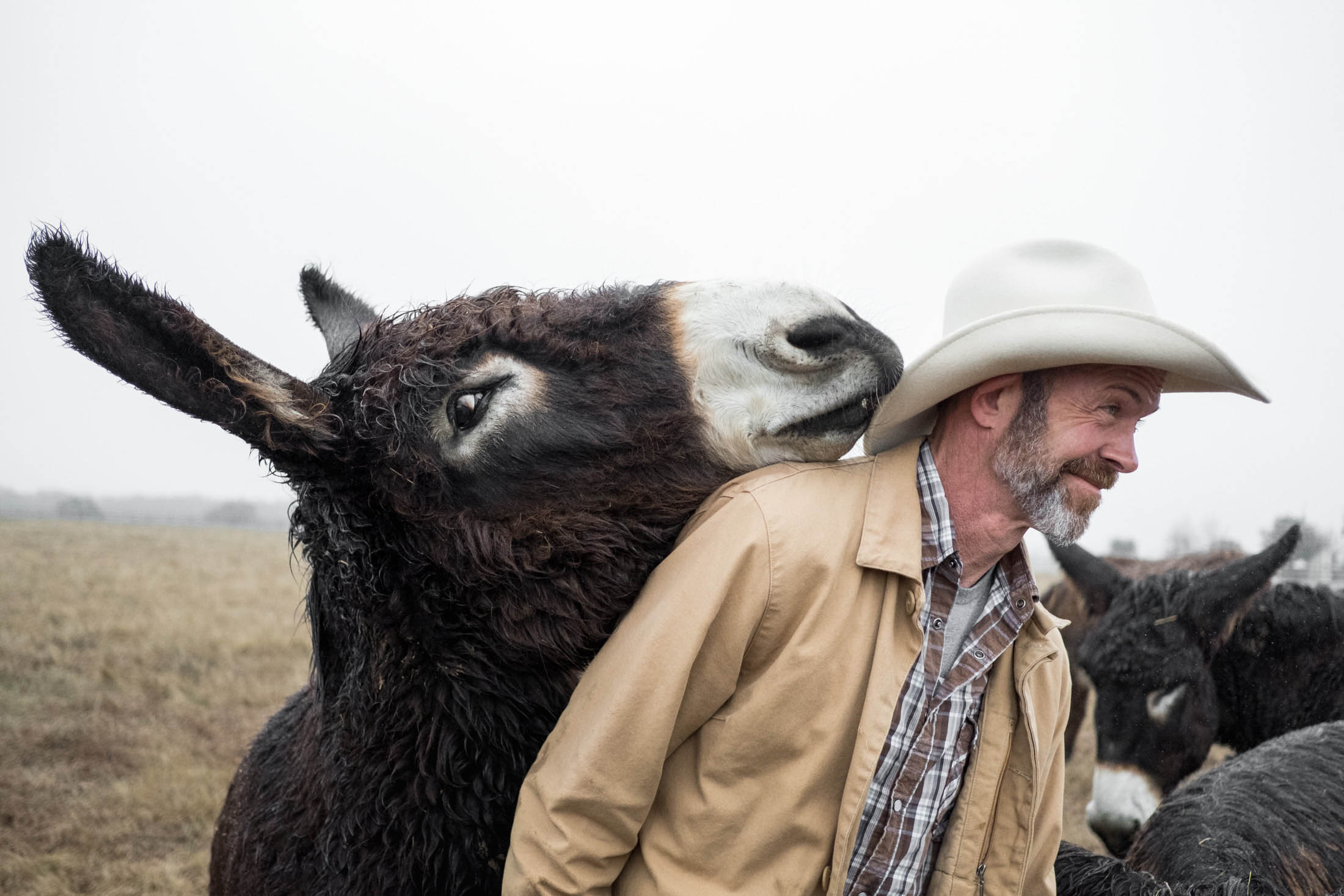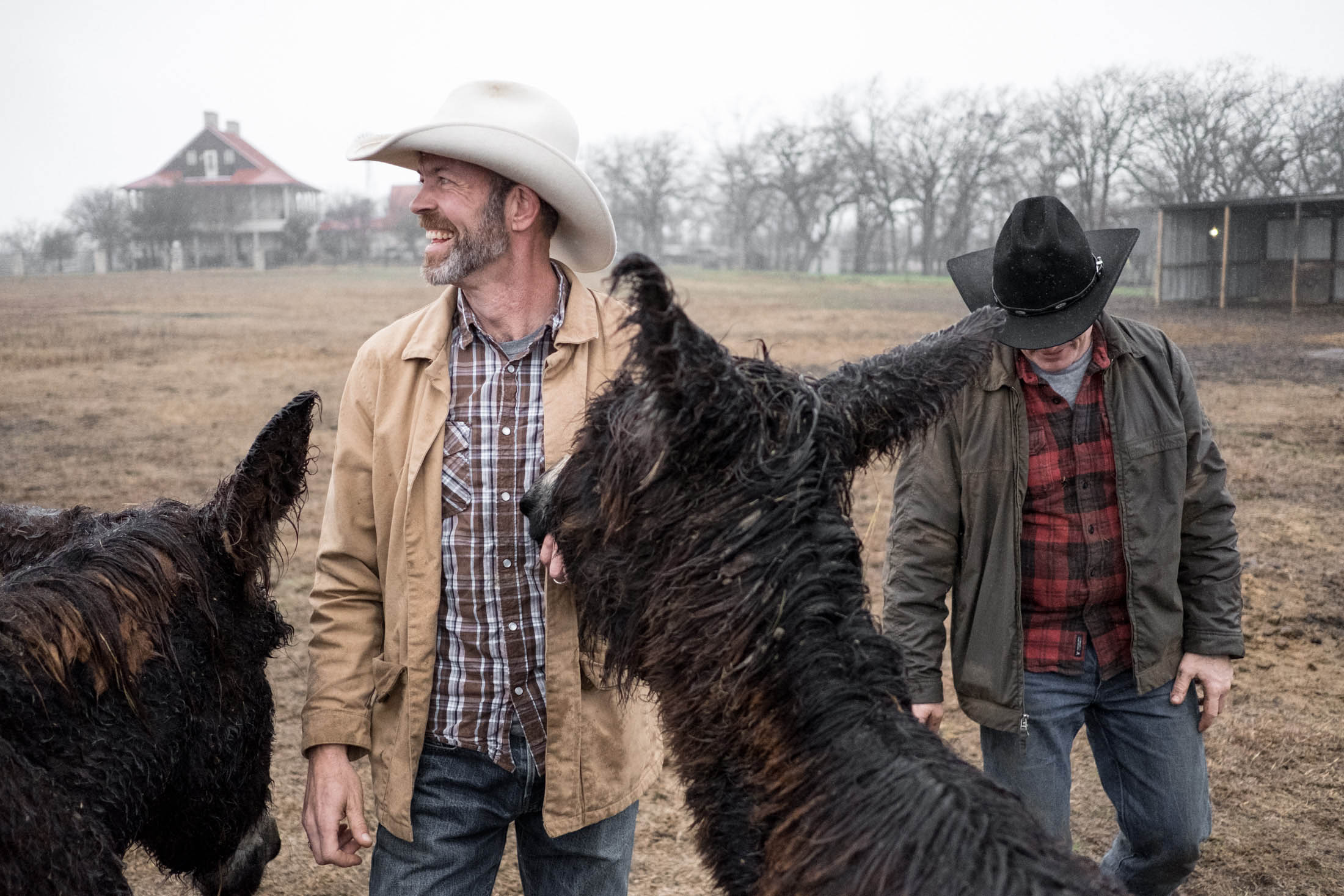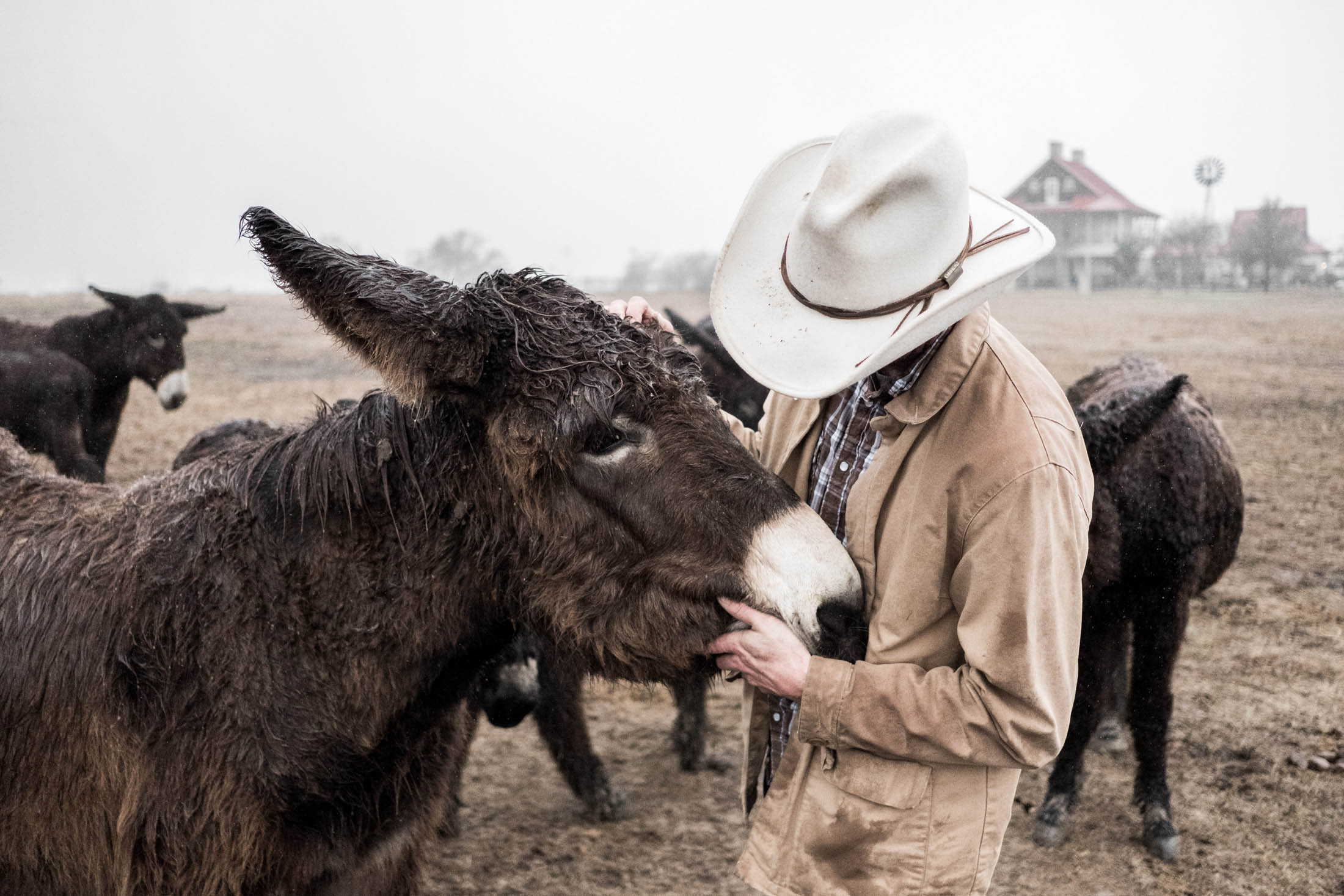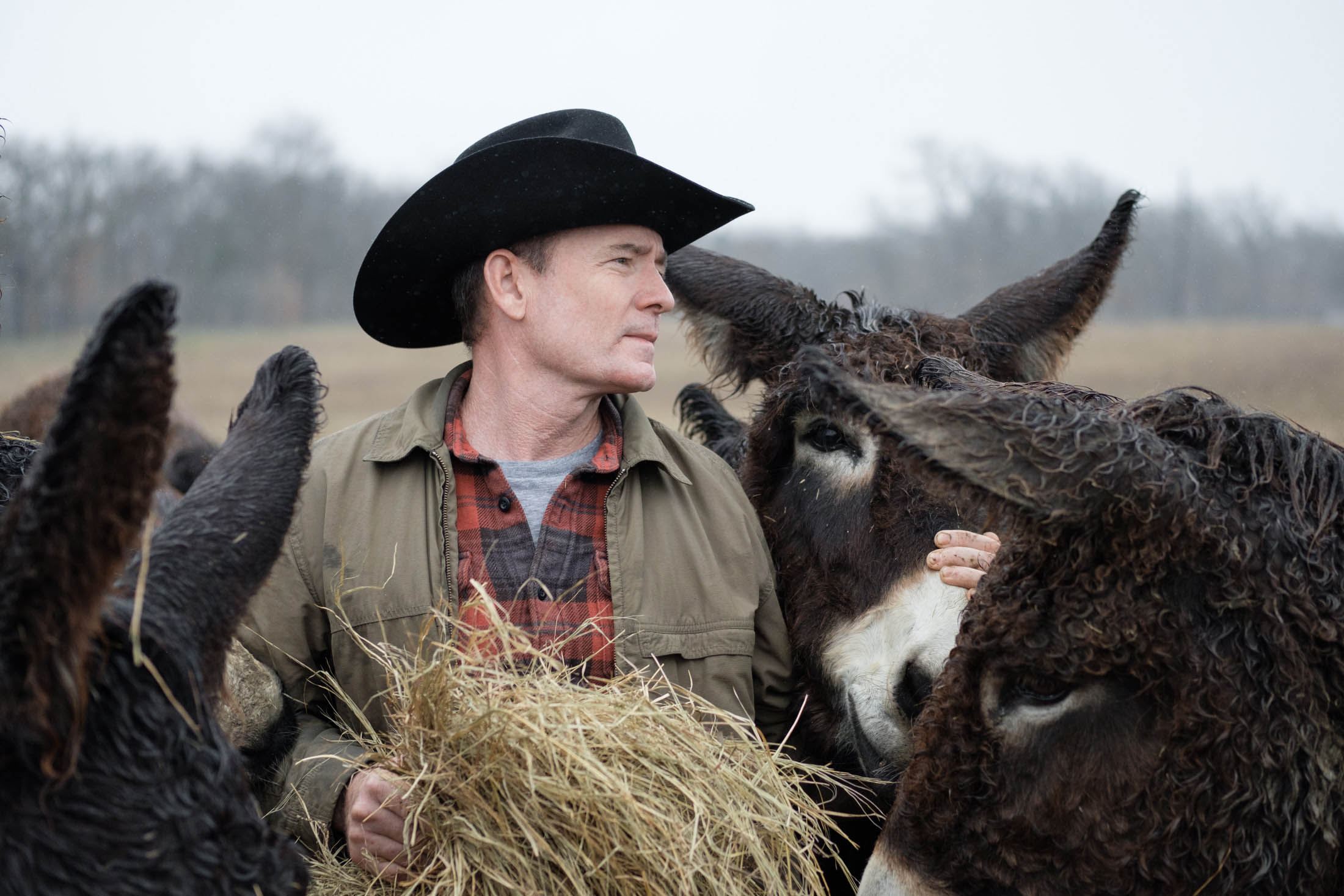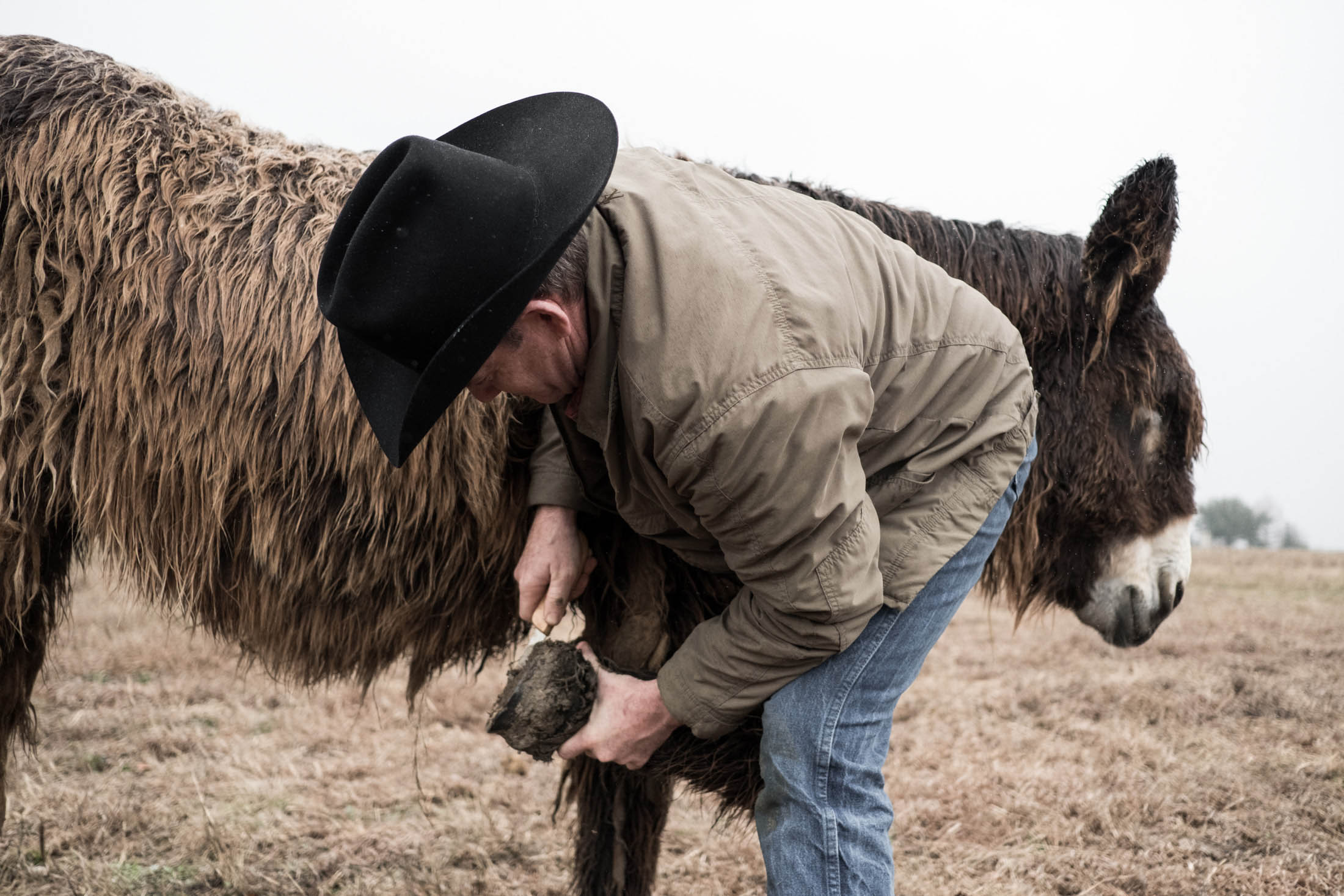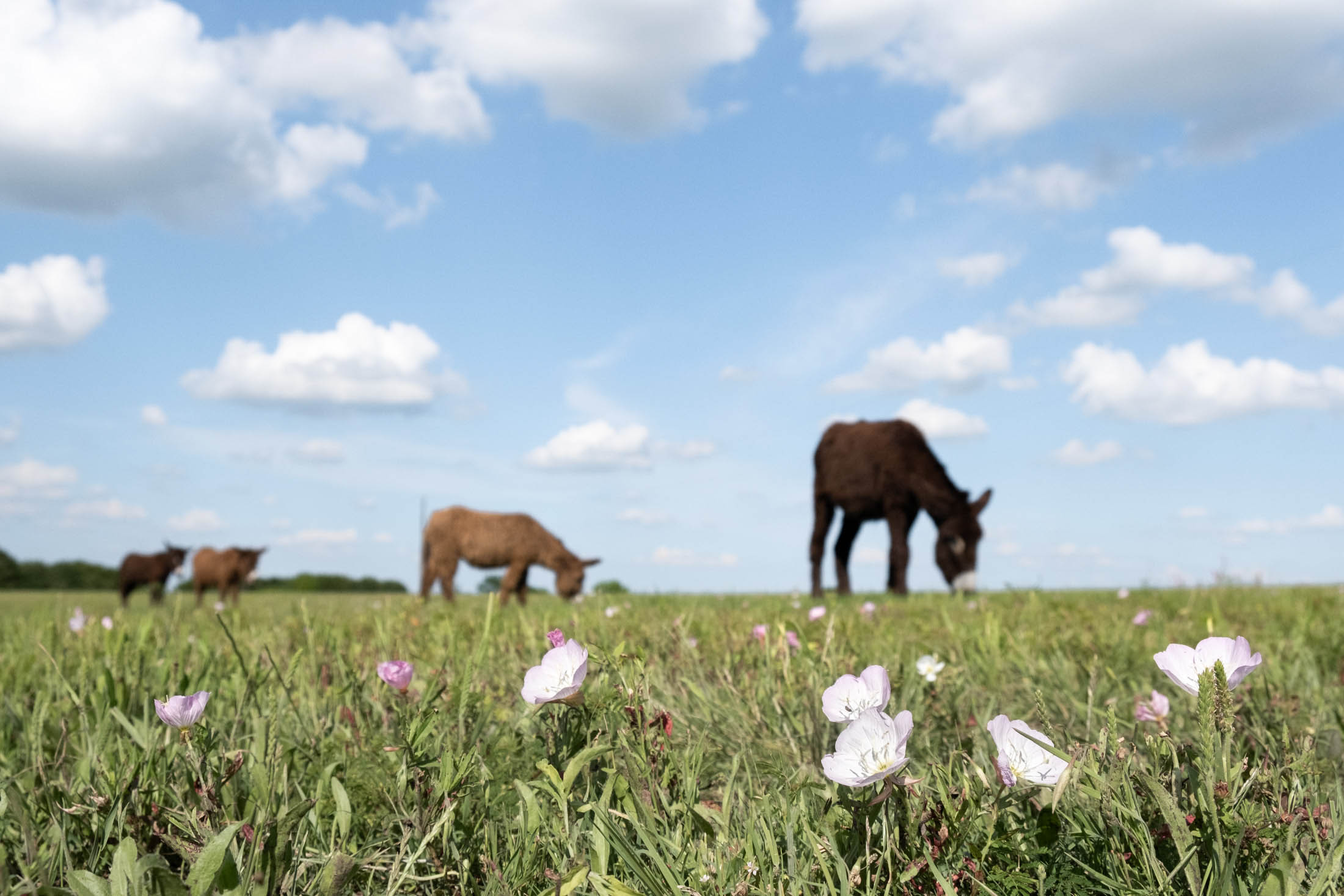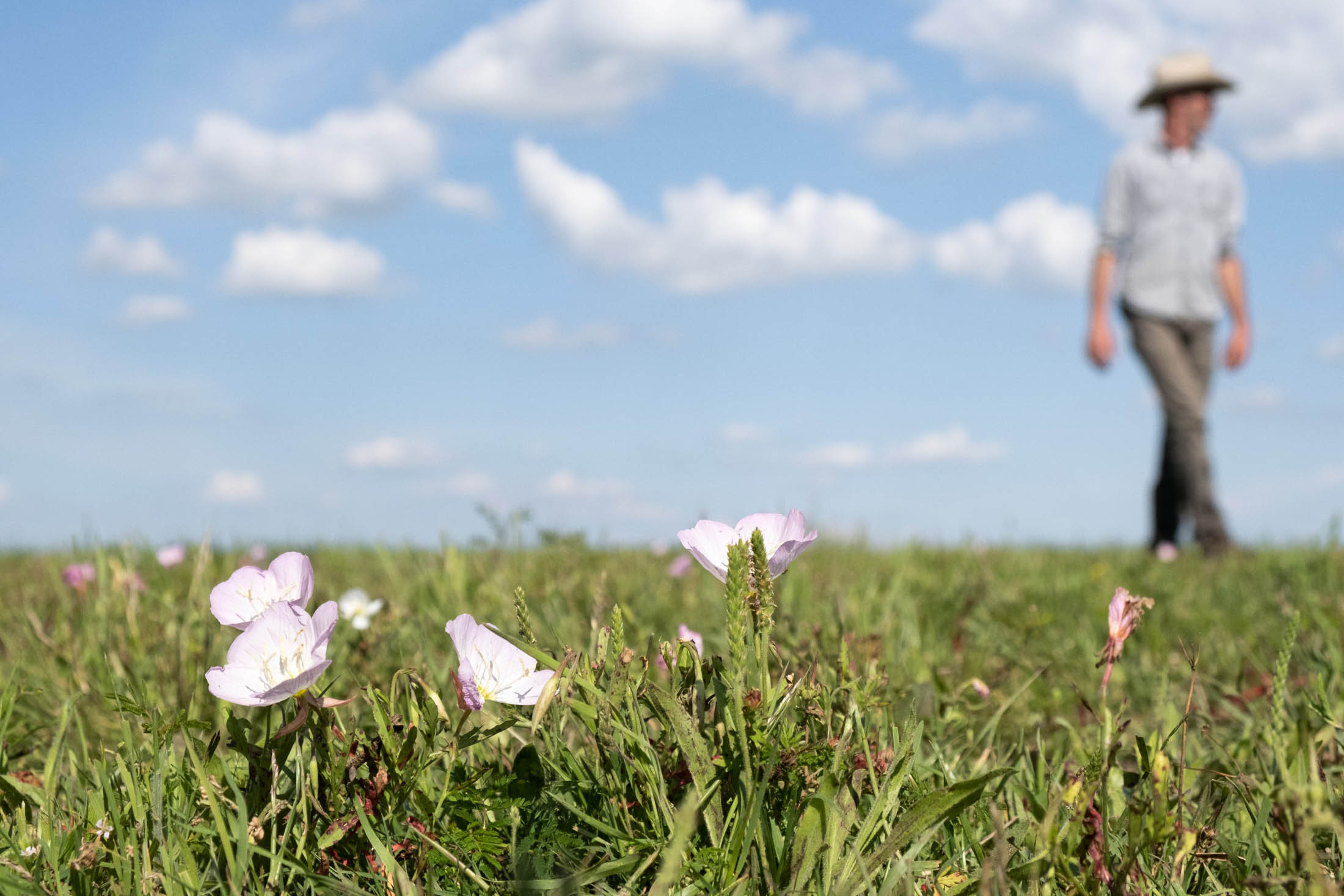Stetson Summer Series: On the Road in New Mexico
Stetson Summer Series: On the Road in New Mexico
Story by Robert W Dean
The sun was just beginning to make its descent into the evening, the windows were down and a brisk air mixed with the smell of pine and sage was pouring into the cab as we came rolling into this quaint yet vibrant town. There is something different about this place and though I’ve been here many times, I can’t seem to put my finger on it. Maybe that’s why I’m so drawn to it. It is an interesting place, a crossroads of sorts for the wanderers, outsiders, and folks that just like to live at their own pace. It’s true though… this place is magical.
As I started nearing the edge of town I realized I hadn’t eaten all day so I called up Bri and asked for her recommendations and see if she wants to join. She sends me directions to a place I’ve never been to.
A few minutes later, I’m standing outside this lively restaurant and bar called Paloma, just taking in the atmosphere of the town and thinking about the next couple of days that lay ahead of us. Bri and I had a few conversations leading up to our shoot about the tone and scope of this story. We both agreed that it should be a more documentary-style approach. “It’ll feel more authentic and organic to me, how about you just follow me around for a couple of days and see what comes of it?”
The thing about working with people you met through social media is you have no idea how it’s going to play out in person. I felt good about this meeting though because I knew we all had a common thread that ran through us — a love for adventure and a love for this iconic brand — Stetson.
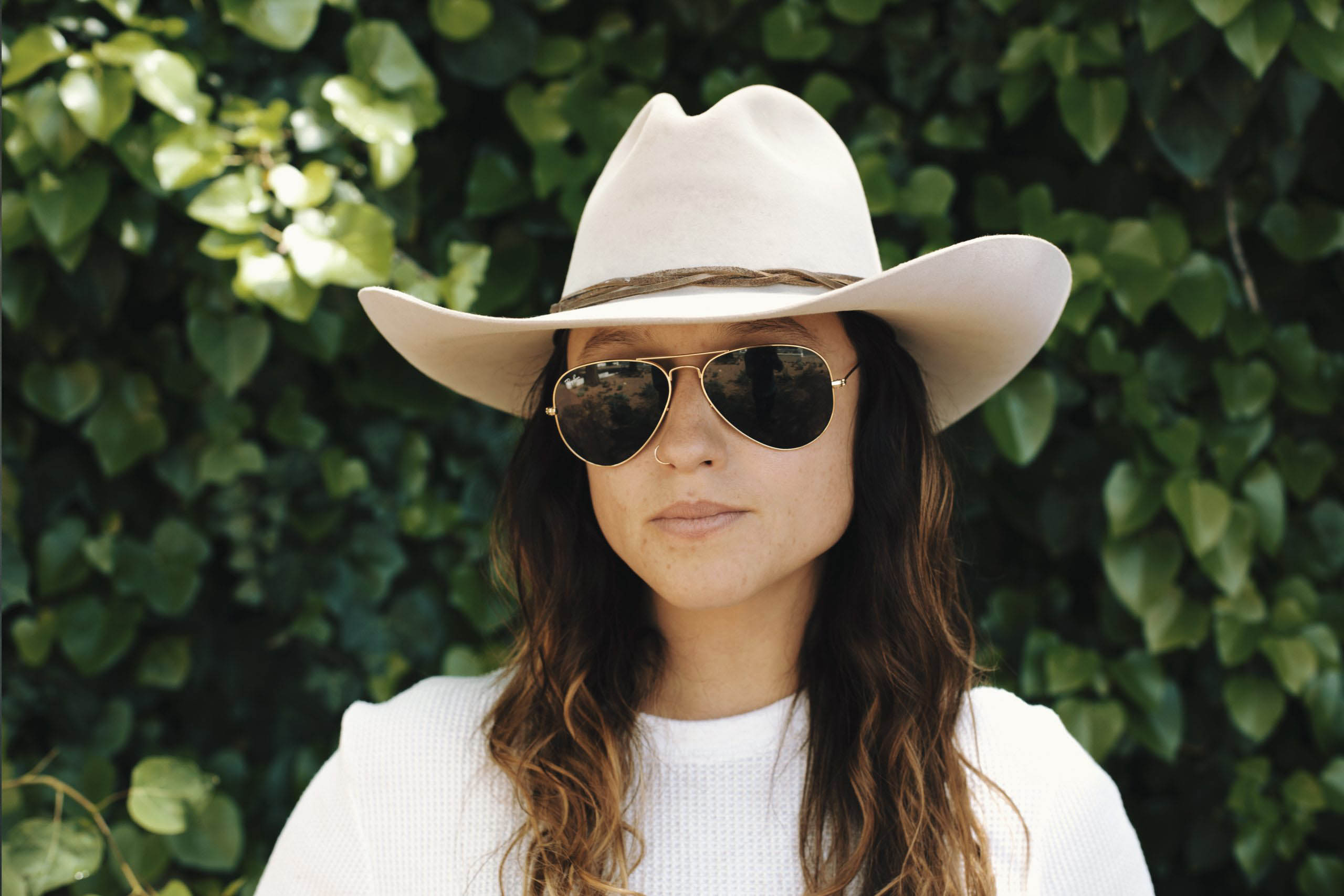
Just then Bri comes walking up strutting cowgirl boots, denim shorts and a shirt that she wears inside out. We exchange our greetings and walk inside where instantly I realize just how small of a community Santa Fe really is, especially if you grew up here as Bri did. Her friend Molly is the bartender and will make you one of the best Mezcal cocktails you’ve ever had.
After chatting with Bri over a couple of drinks and some of the finest tacos around I was even more excited about this shoot. That is the great thing about social media, it allows us to connect and collaborate with a wide range of super creative folks that we may not have discovered otherwise. Artist, Craftsman, Cowgirl, and Photographer Bri Cimino is one of those people. I’ve been a fan of Bri’s work ever since I stumbled across her on social media so this was a real honor.
The next morning I follow Bri and her close friend Jason down a dirt road that led to her house and a dusty outdoor horse arena. Even though a storm is hanging on the horizon Bri and Jason take the top off her patina blue International scout. After a few squirts of starting fluid, she roars to life and Bri looks at me and says “Let’s hope the windshield wipers still work.”
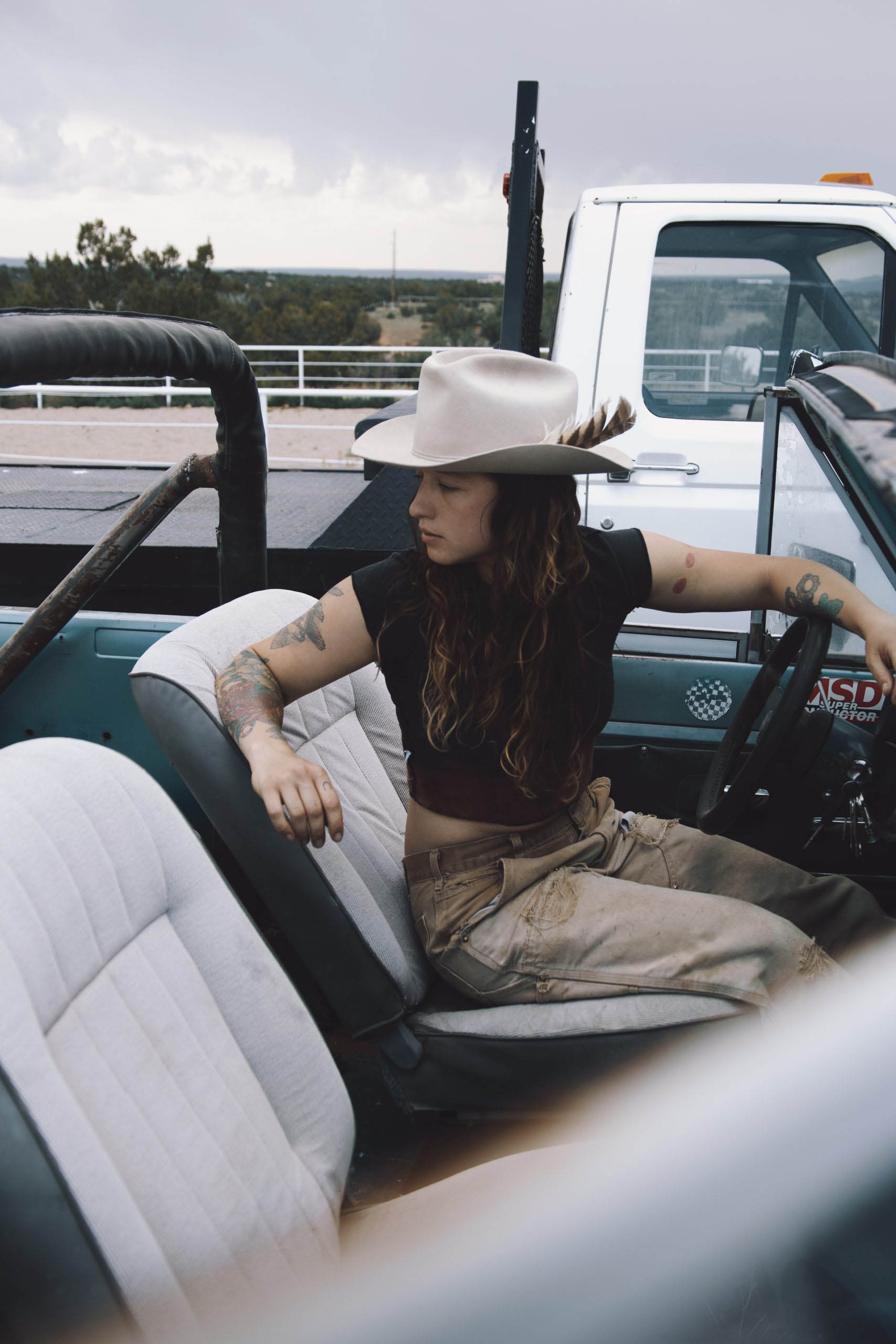
Bri and her dog Falconi
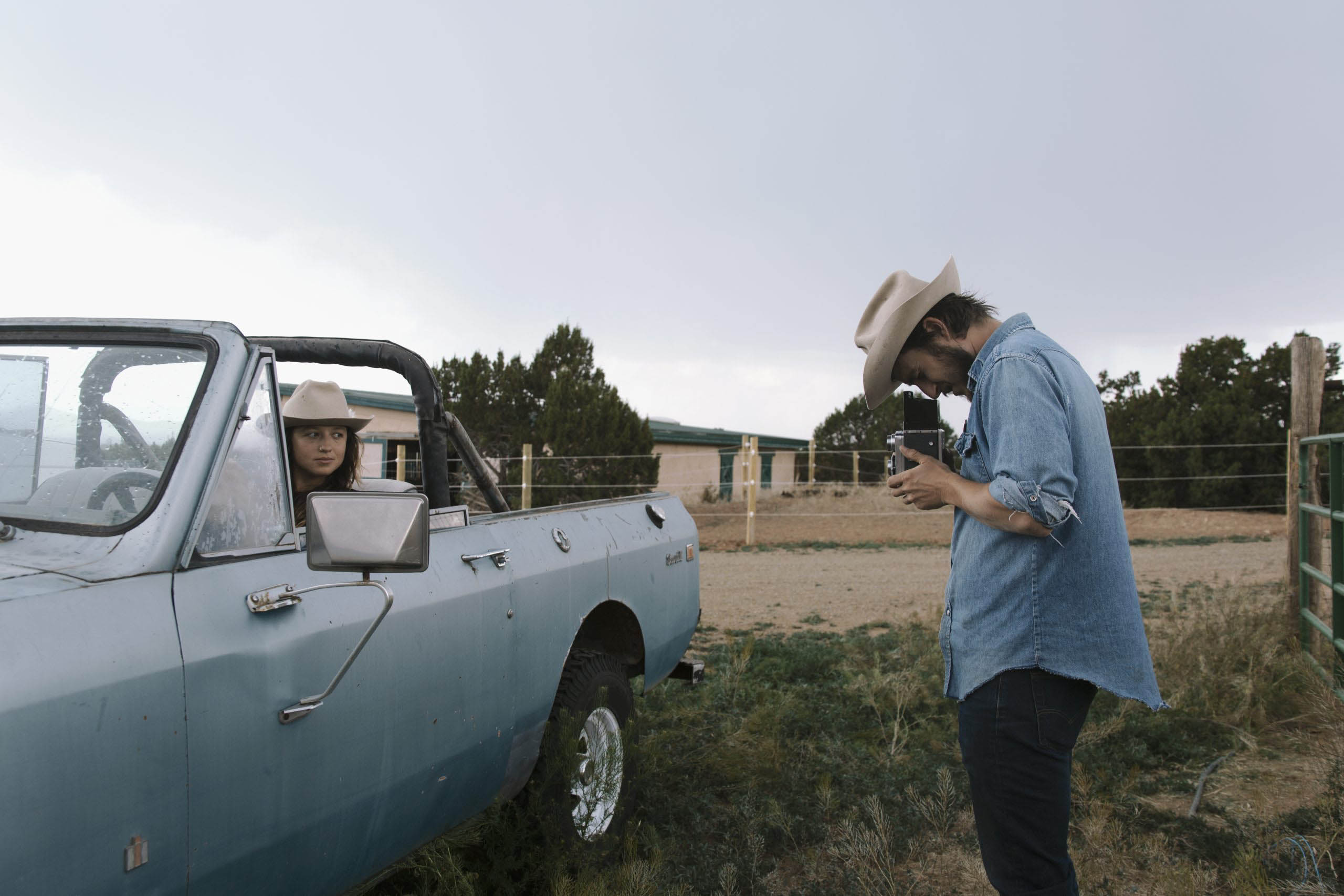
Before we roll out for the day, Bri needs to do her chores.
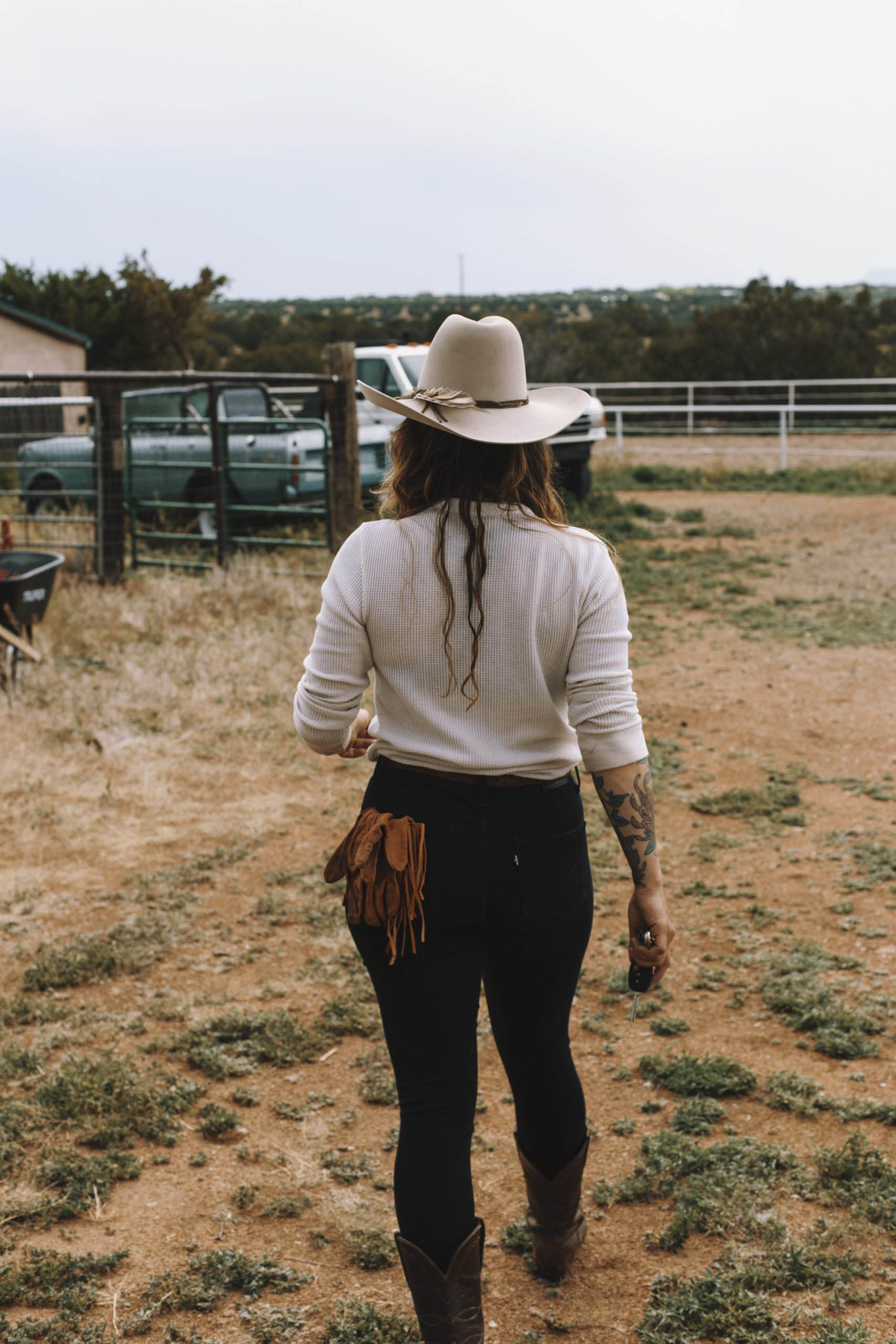
Bri feeding her horses Thunder and Bandit.
After the morning chores are finished up we crawl into her international scout and head out for the day.
-
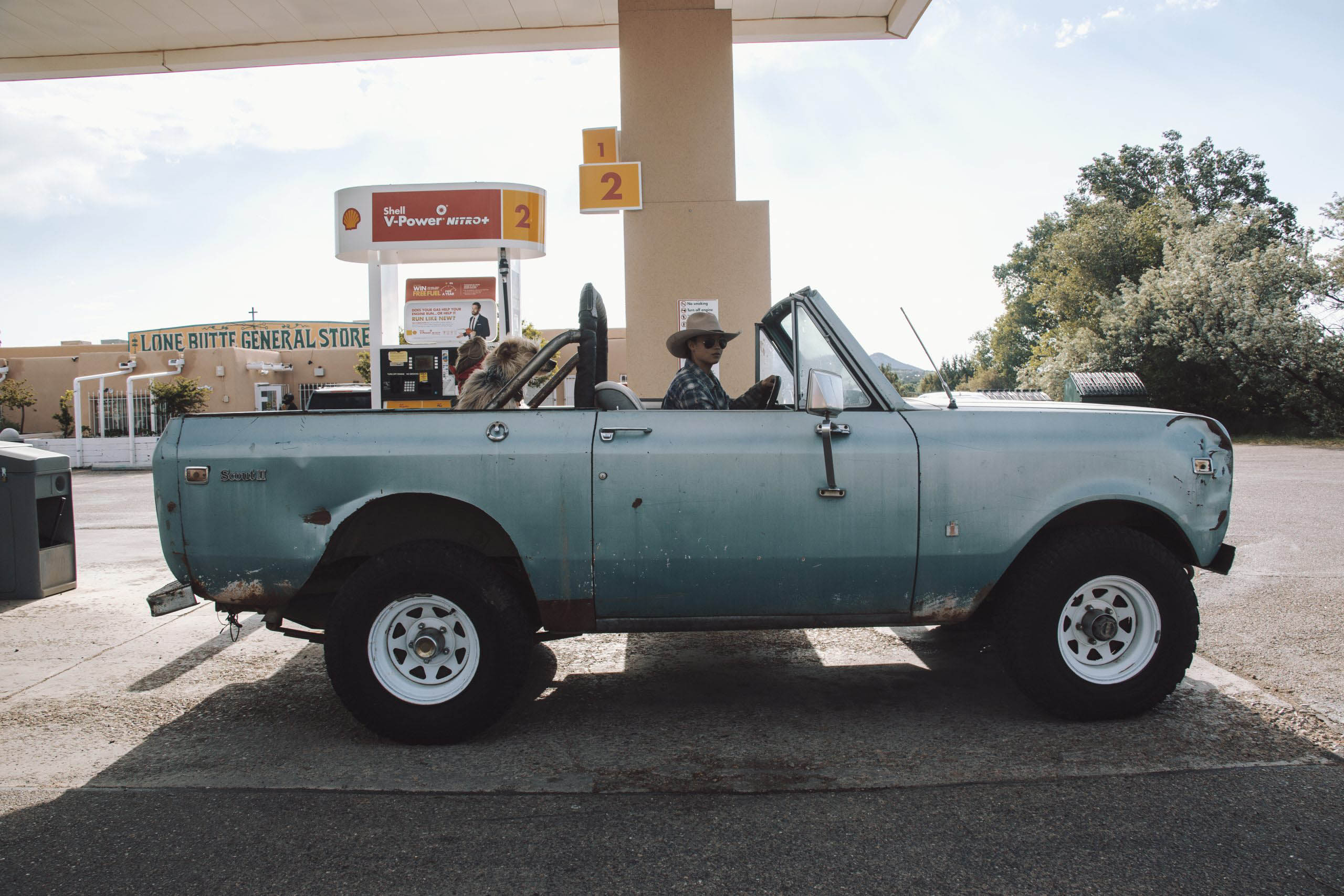
008_Bri_Stetson_8
-
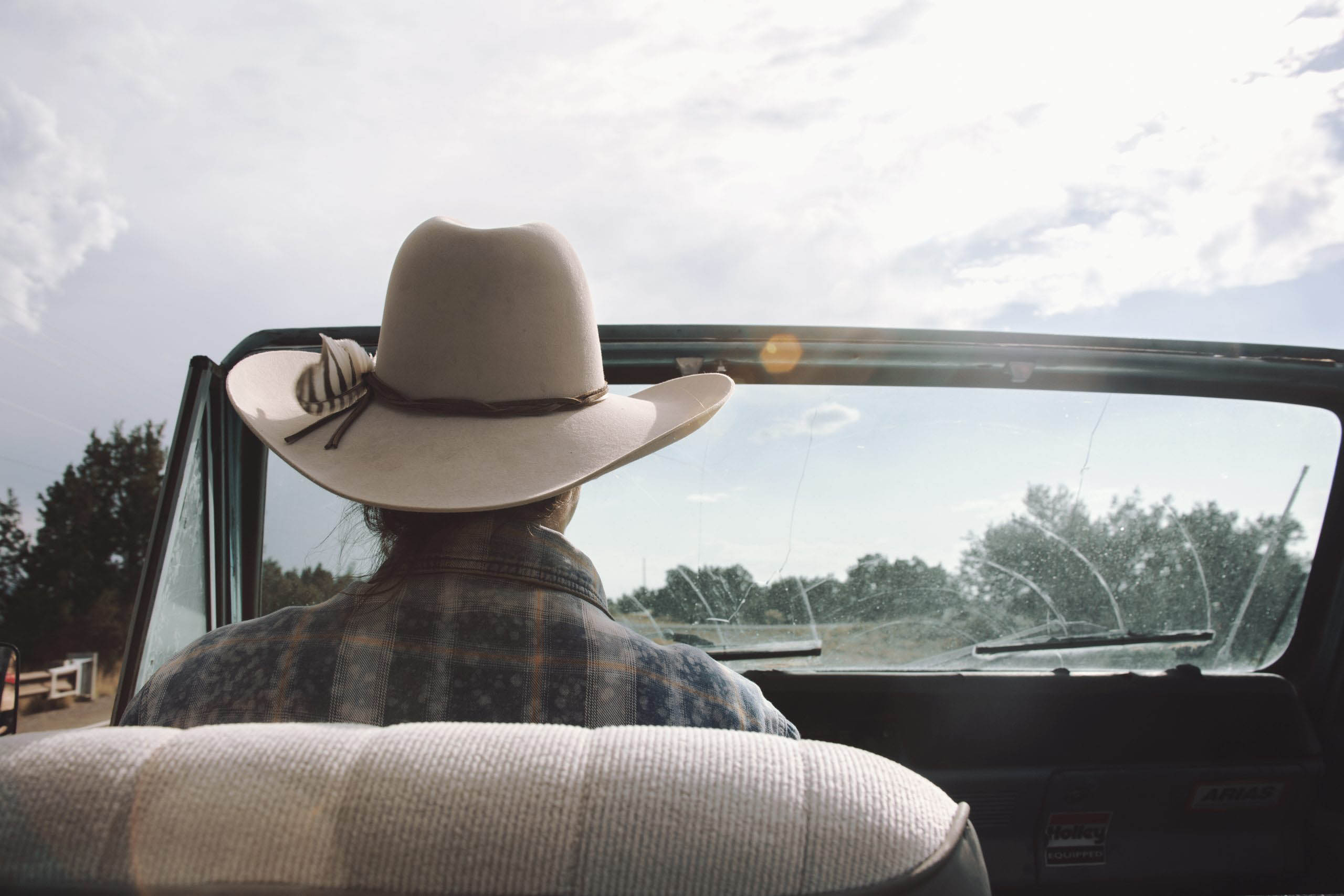
009_Bri_Stetson_9
-
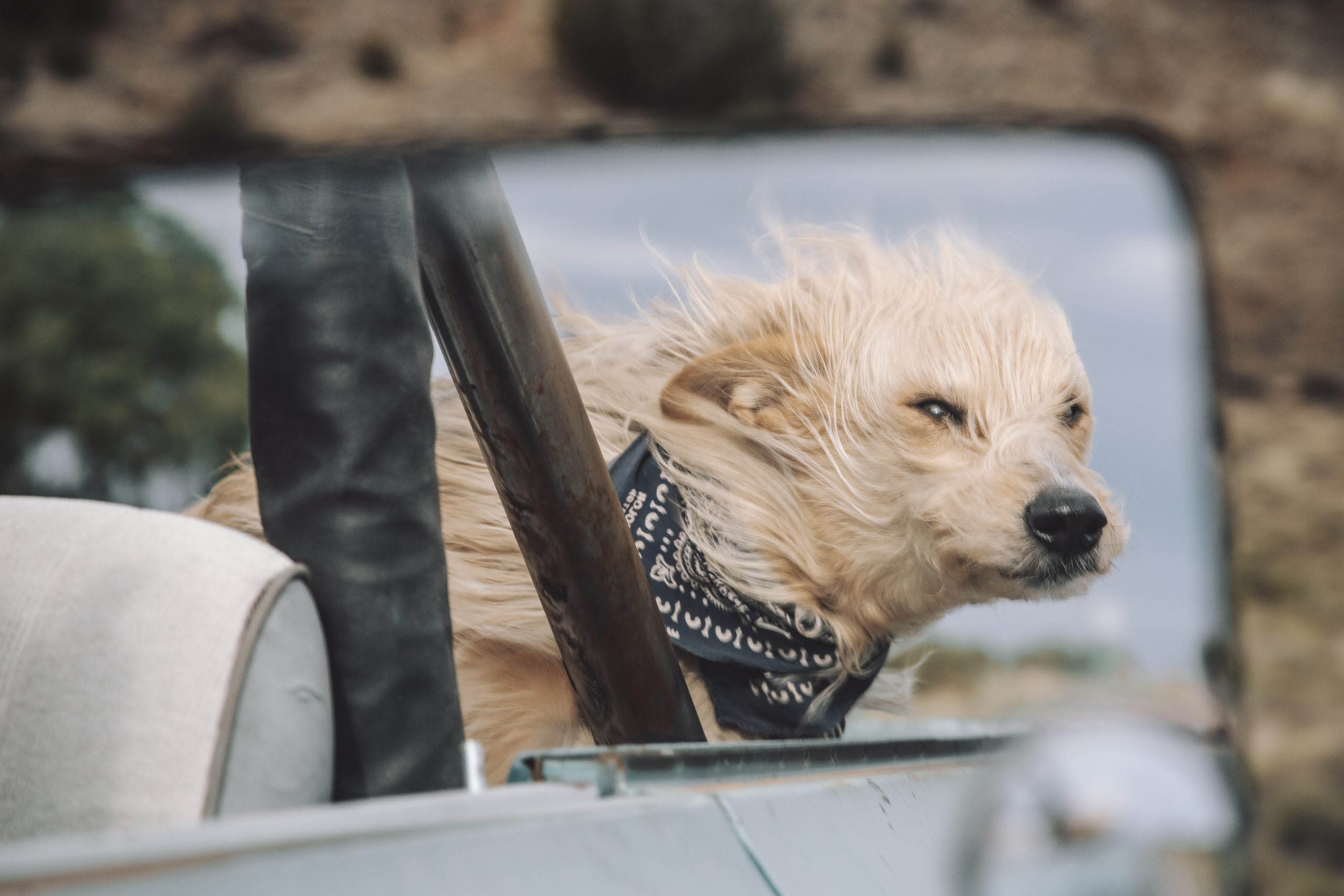
010_Bri_Stetson_10
Bri and I have a mutual friend, Scott Corey, who owns the one and only Santa Fe Vintage. He runs a location called The Outpost and the other called the Showroom. I’ve never seen the showroom so Bri decides to make that our first stop of the day.
-
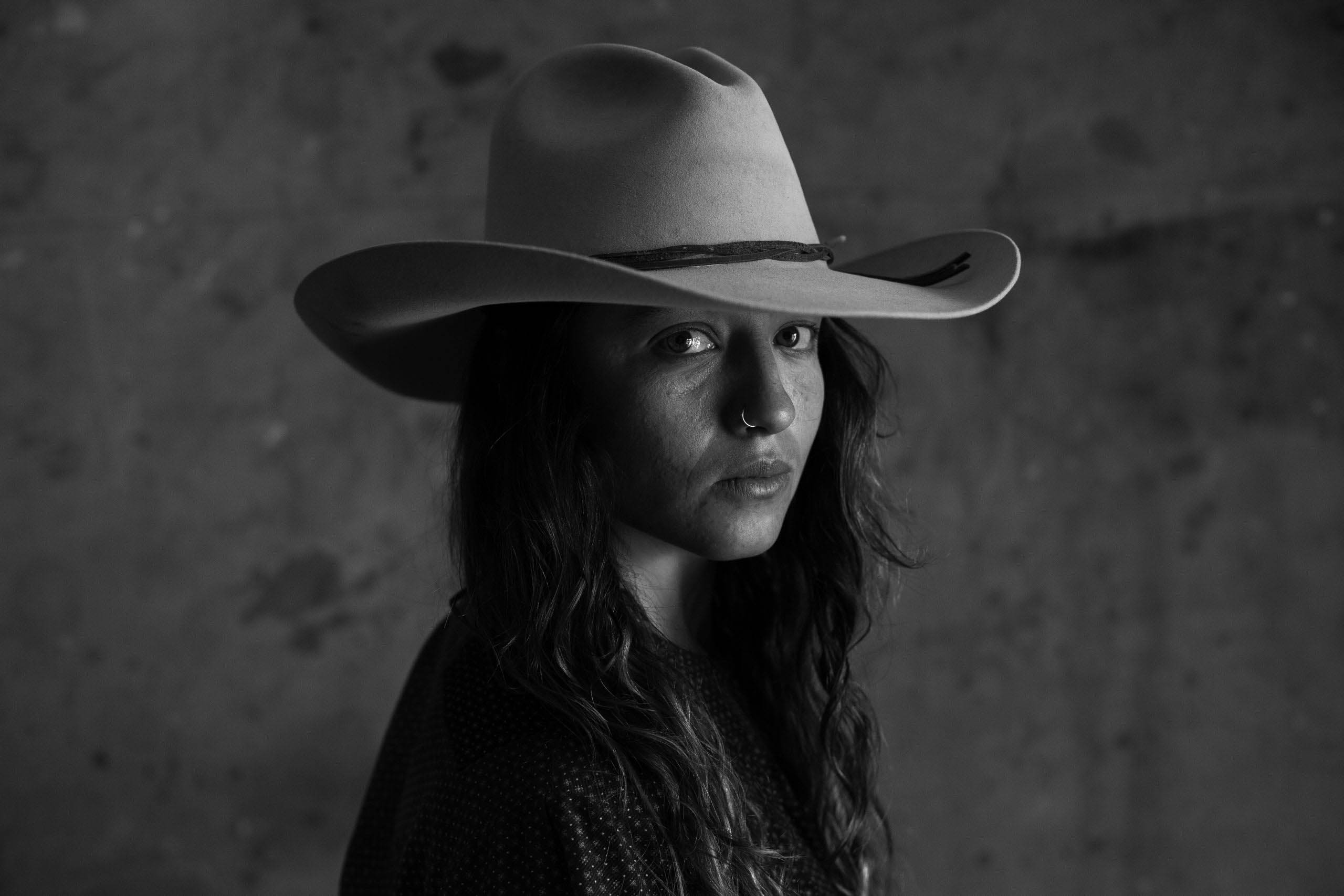
011_Bri_Portrait_BW
-

012_Bri_Stetson_Portrait_6
-
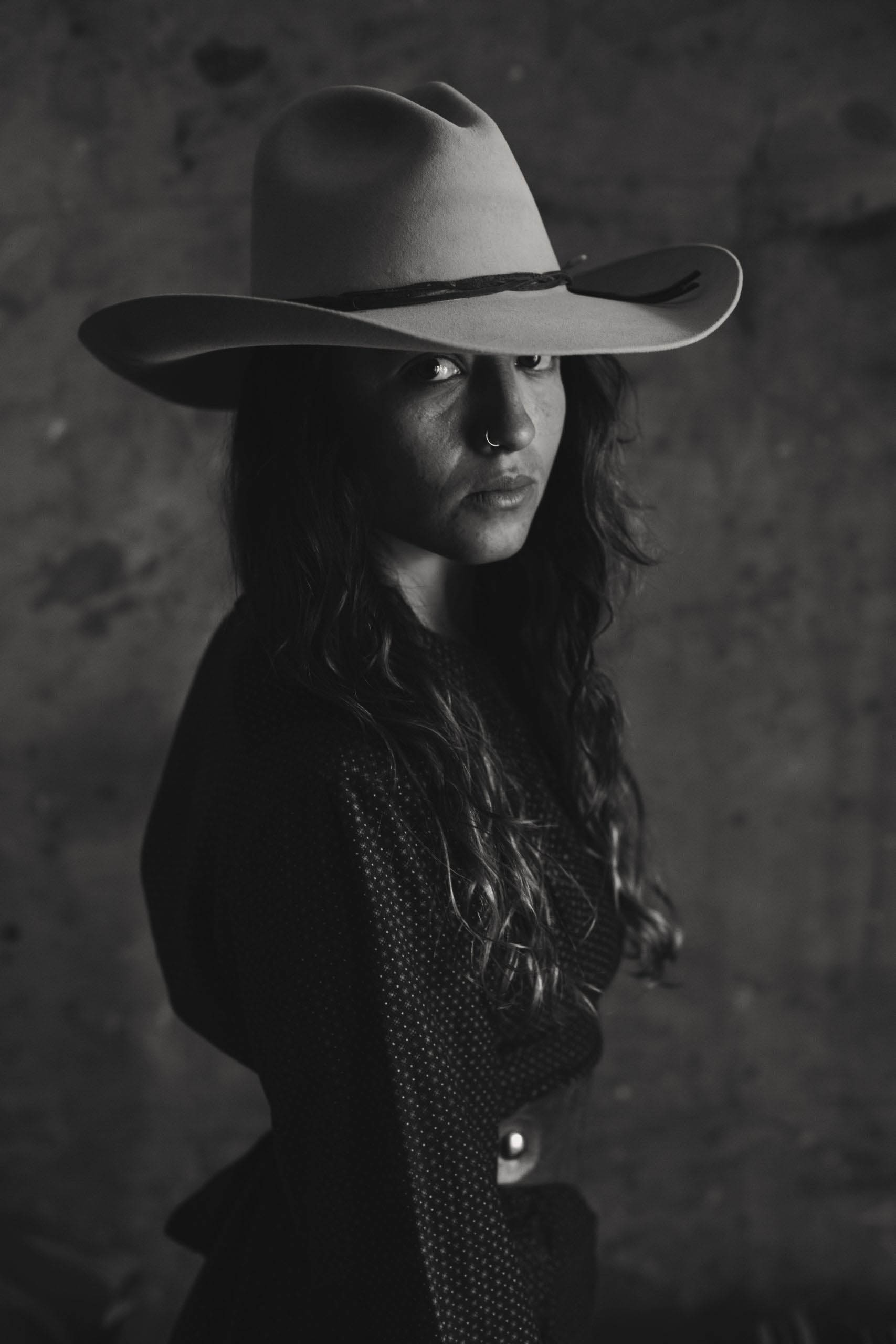
013_Bri_Stetson_Portrait_7
-
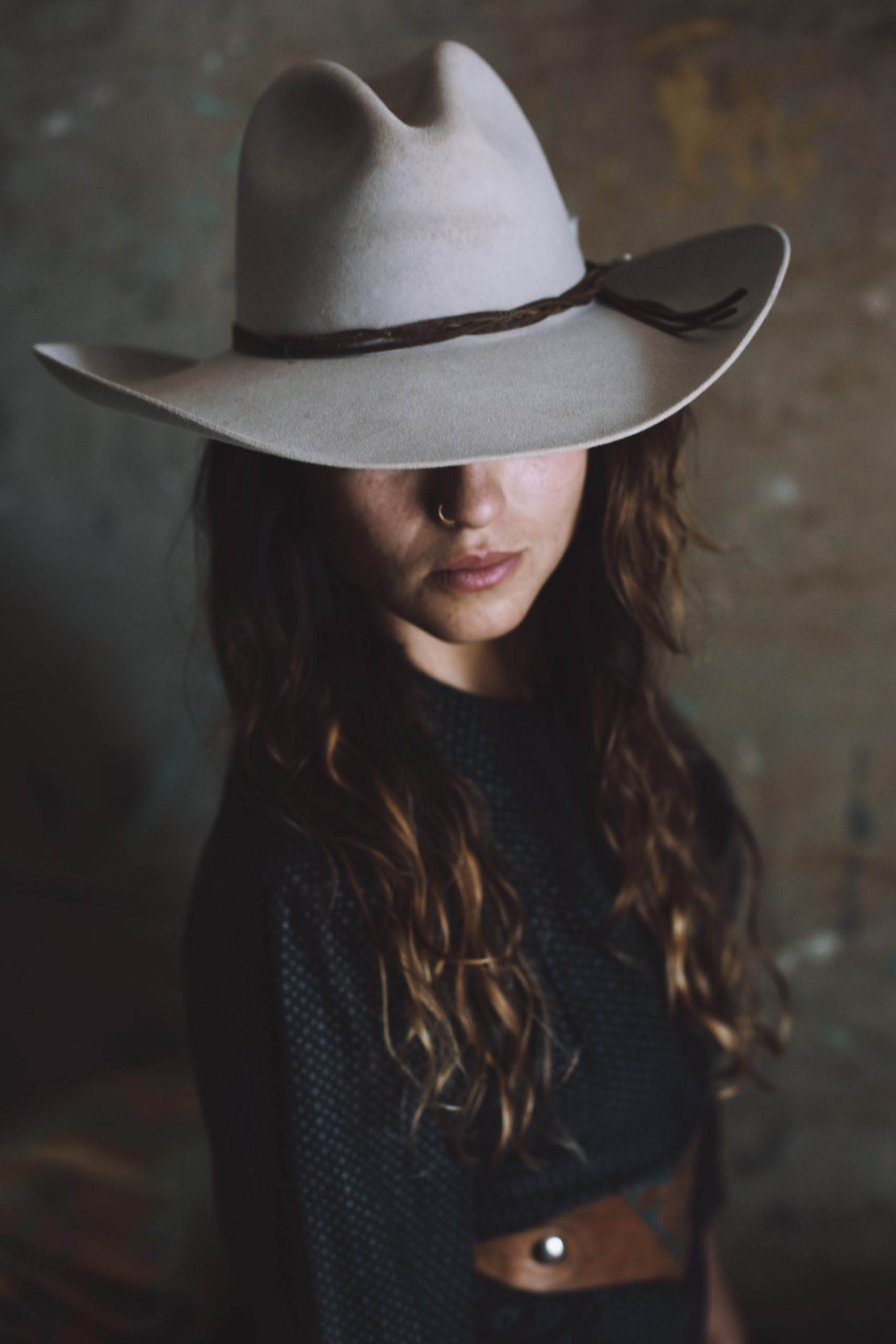
014_Bri_Stetson_Portrait_8
Next up we decide to go back to Bri’s place for a mid-day coffee. Bri is somewhat of a “Jill of all trades” She appreciates hard work and it is apparent that she puts her heart and soul into whatever it is she commits herself to, whether it be her leatherwork, photography or her horses.
A photograph on her wall catches my eye. It is an old film photo of a horse nibbling and tugging on a woman’s shirt. I ask Bri what the story of the photo is. She tells me “my grandfather captured that moment, it was right before my mother found out she was pregnant with me. I guess the horse knew before anyone did.” These kind of photos are my favorite.
Bri is an easy person to talk to. She keeps an abnormal situation—an interview in which a stranger is asking you personal questions about your profession —as normal and reciprocal as possible. She is kind and polite, and has a wealth of knowledge about the history of Santa Fe:
Born in Taos and raised in Santa Fe. Bri grew up loving the outdoors, animals and art. She works in Santa Fe as a hairstylist during the weekdays, traveling to photograph equestrians on the weekends, learning to make her own horse tack, and somehow still finds time to ride her horses into the desert.” New Mexico is a special place for many people and for me, It is about the space and the light dimension that exists in the high desert air. Where the Rocky Mountains end and kiss the land where the desert begins. Where the earth meets the sky at the horizon without building to obstruct the view.”
One thing is for certain. Bri’s New Mexico roots run deep. She comes from a dying breed that still believes in heritage and has a deep love for the stories that live on through the generations.
We hop back in the scout and head South down the turquoise trail towards Cerrillos.
After a short drive, we land at Mary’s bar. If you’ve never been to Cerrillos and you ever find yourself driving down the historic turquoise trail then you must stop off here. Trust me you won’t regret it.
-
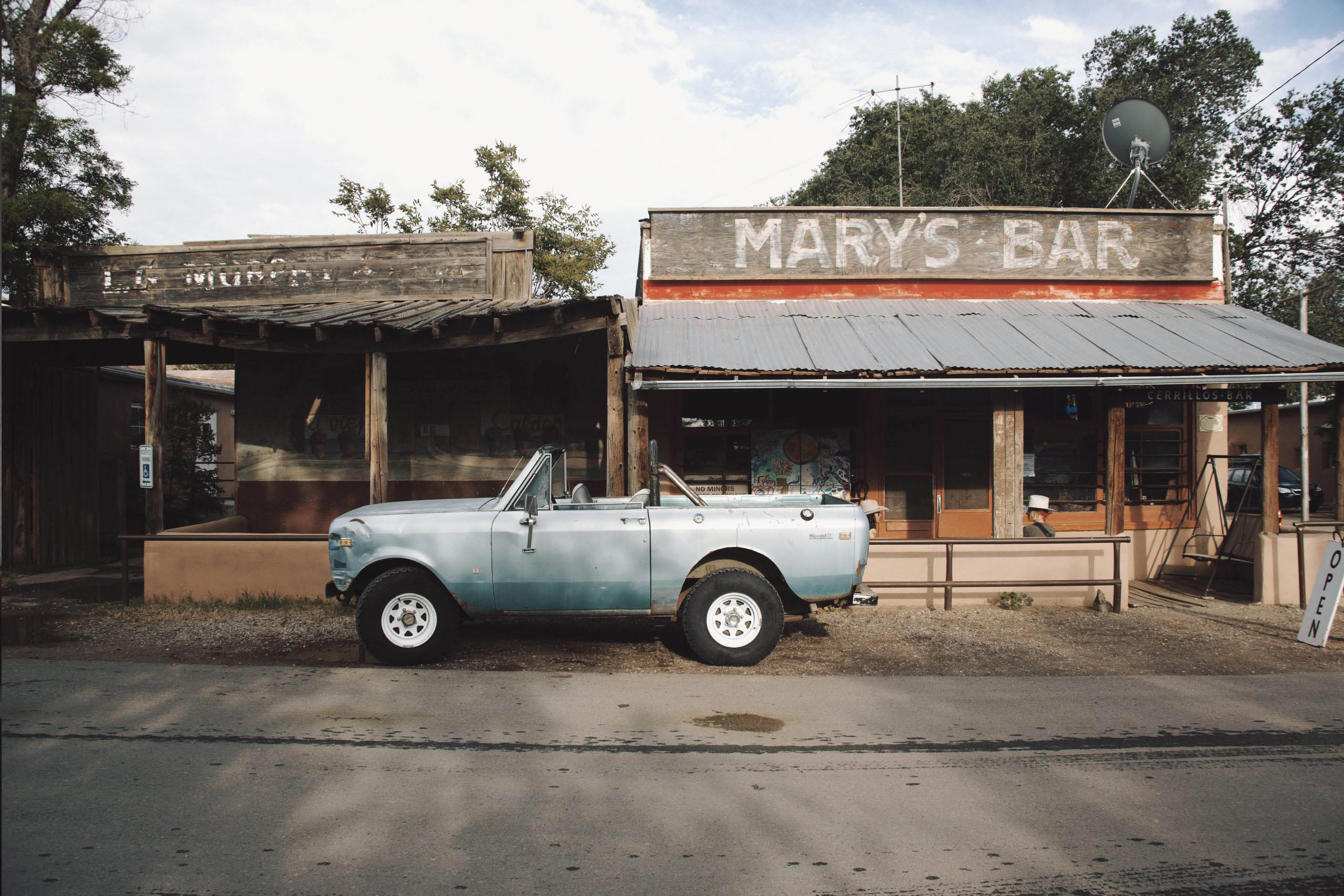
018_Bri_Stetson_15
-
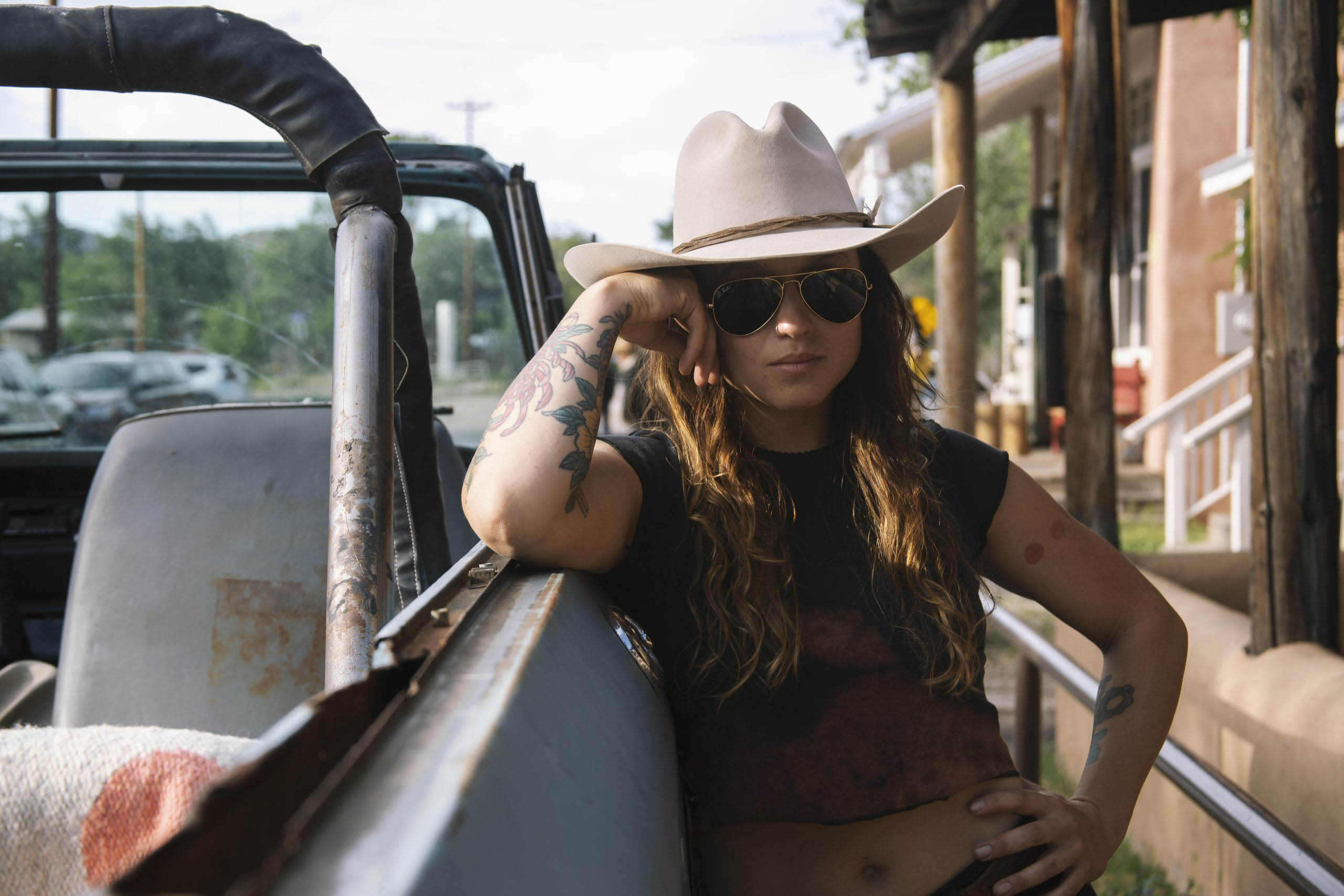
019_Bri_Stetson_14
-
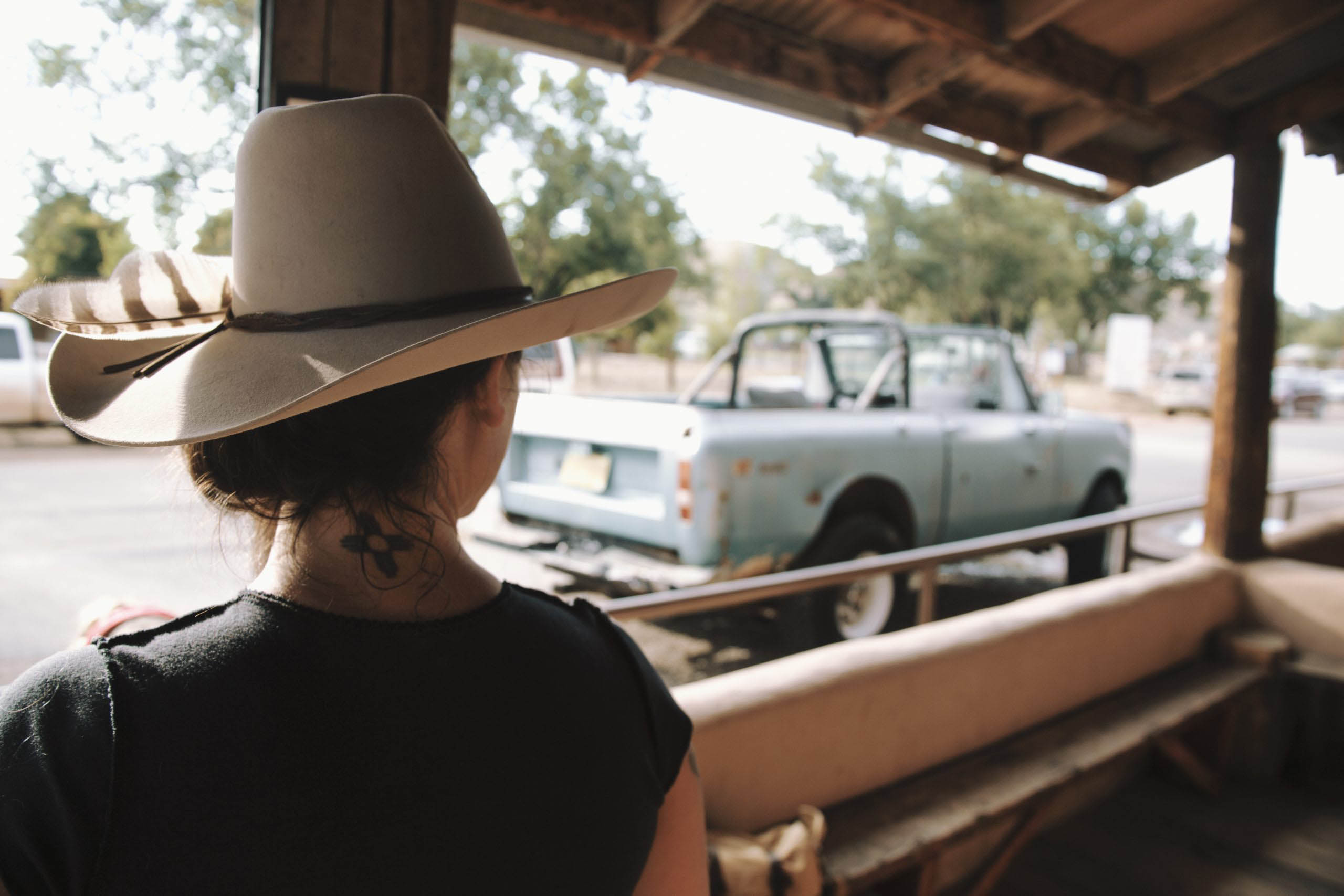
020_Bri_Stetson_12
After a beer and some conversations with a few locals, we head back out to a favorite place a Bri’s – Waldo Canyon.
-
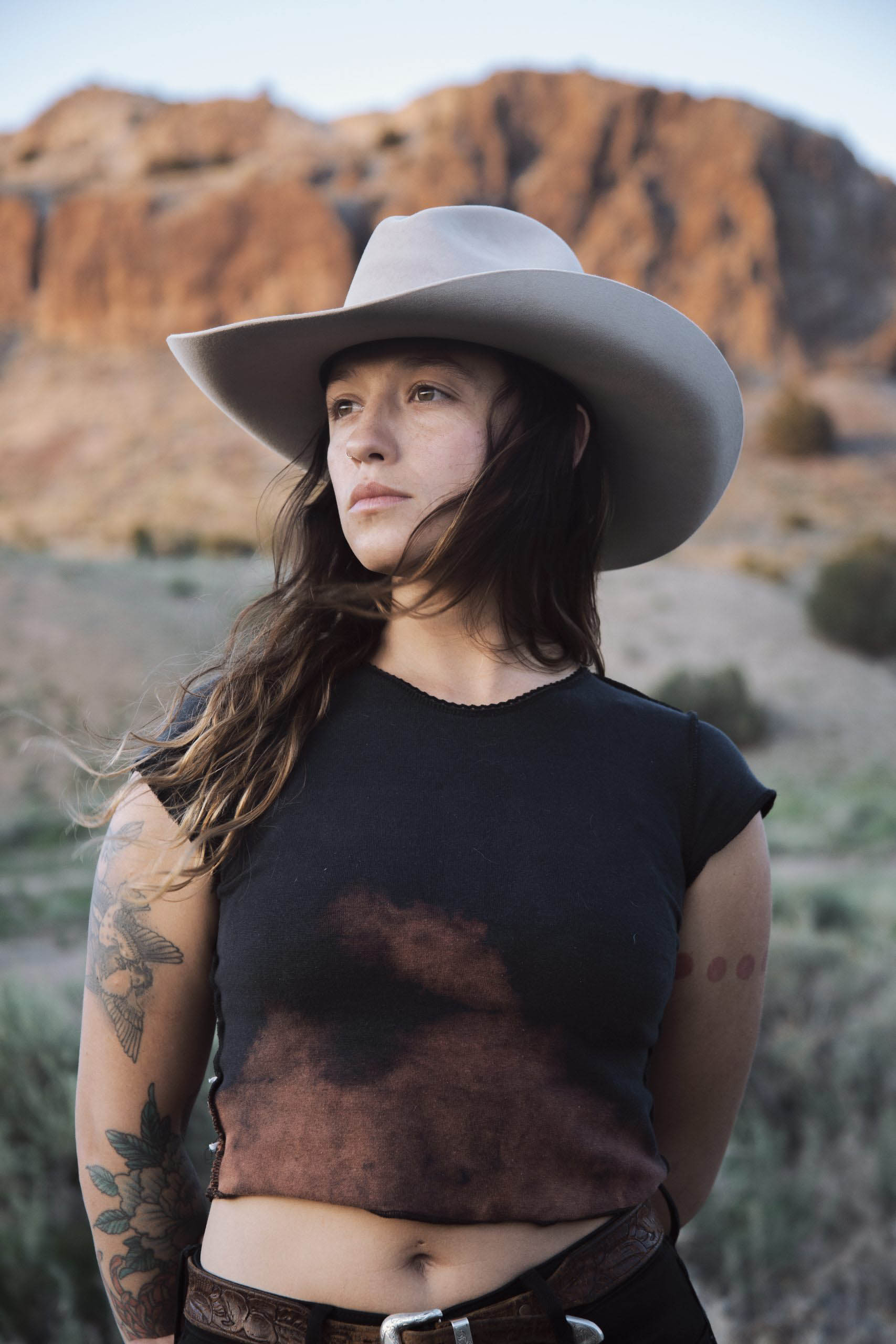
026_Bri_Stetson_Portrait_25
-
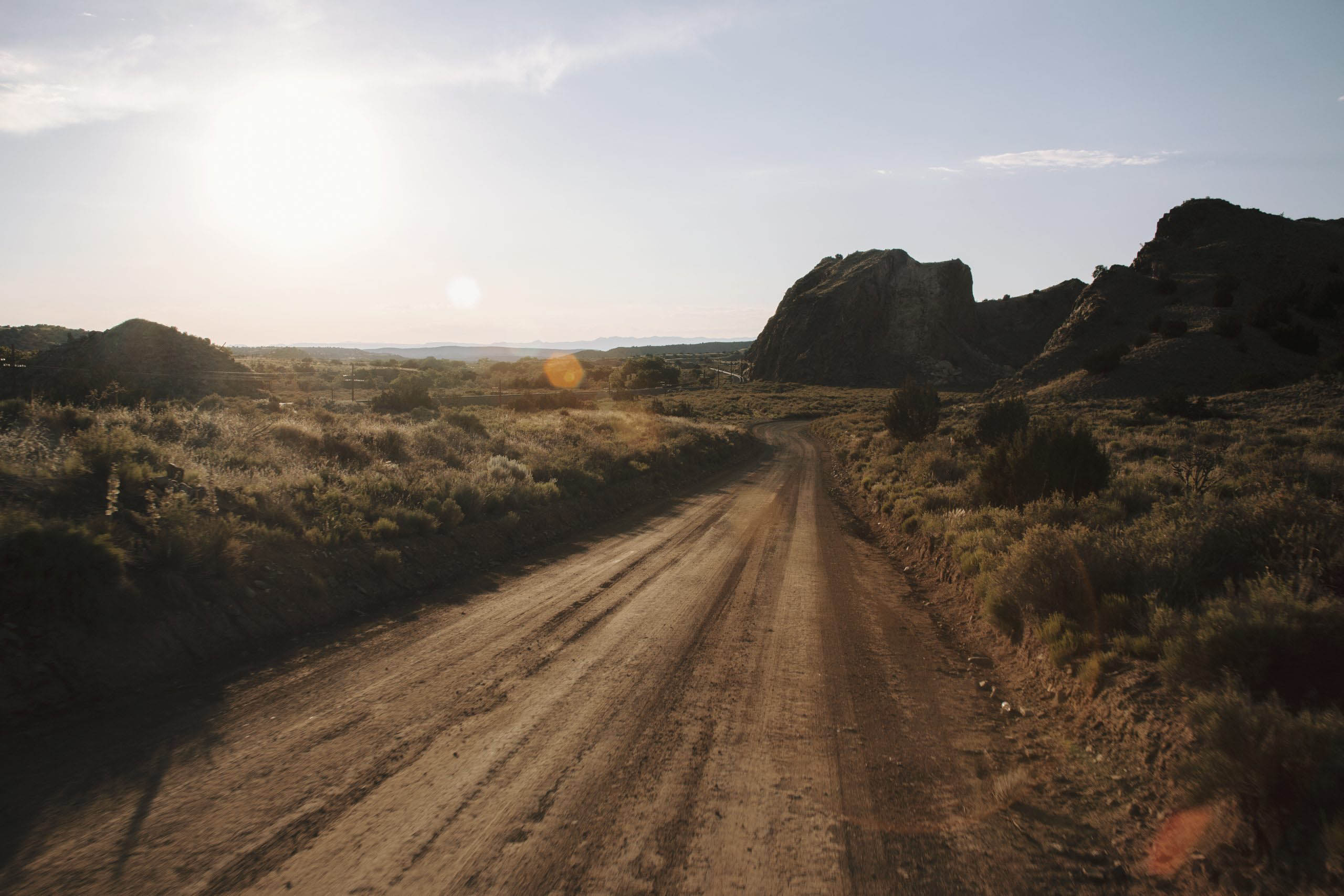
021_Bri_Stetson_16
-
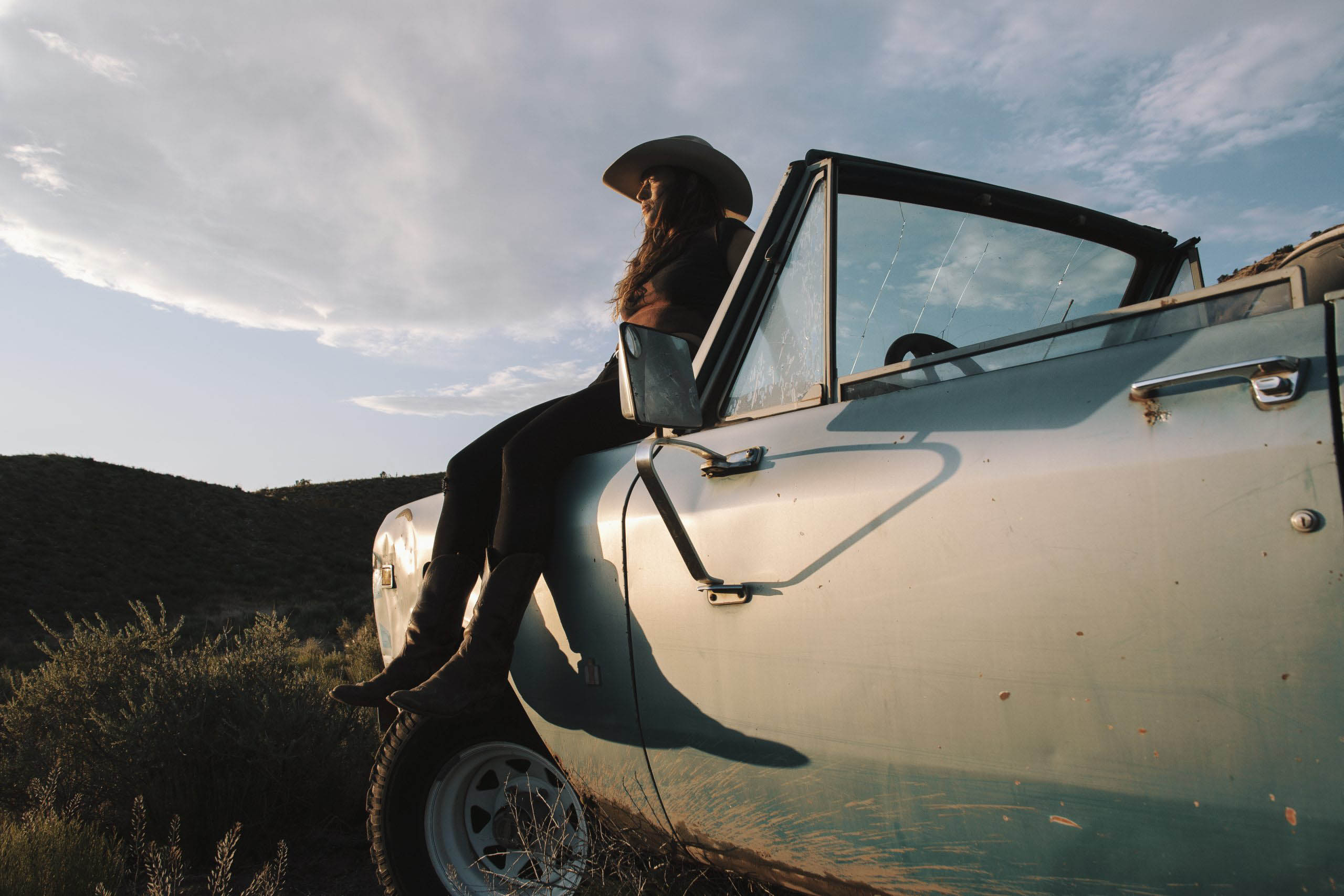
022_Bri_Stetson_19
-
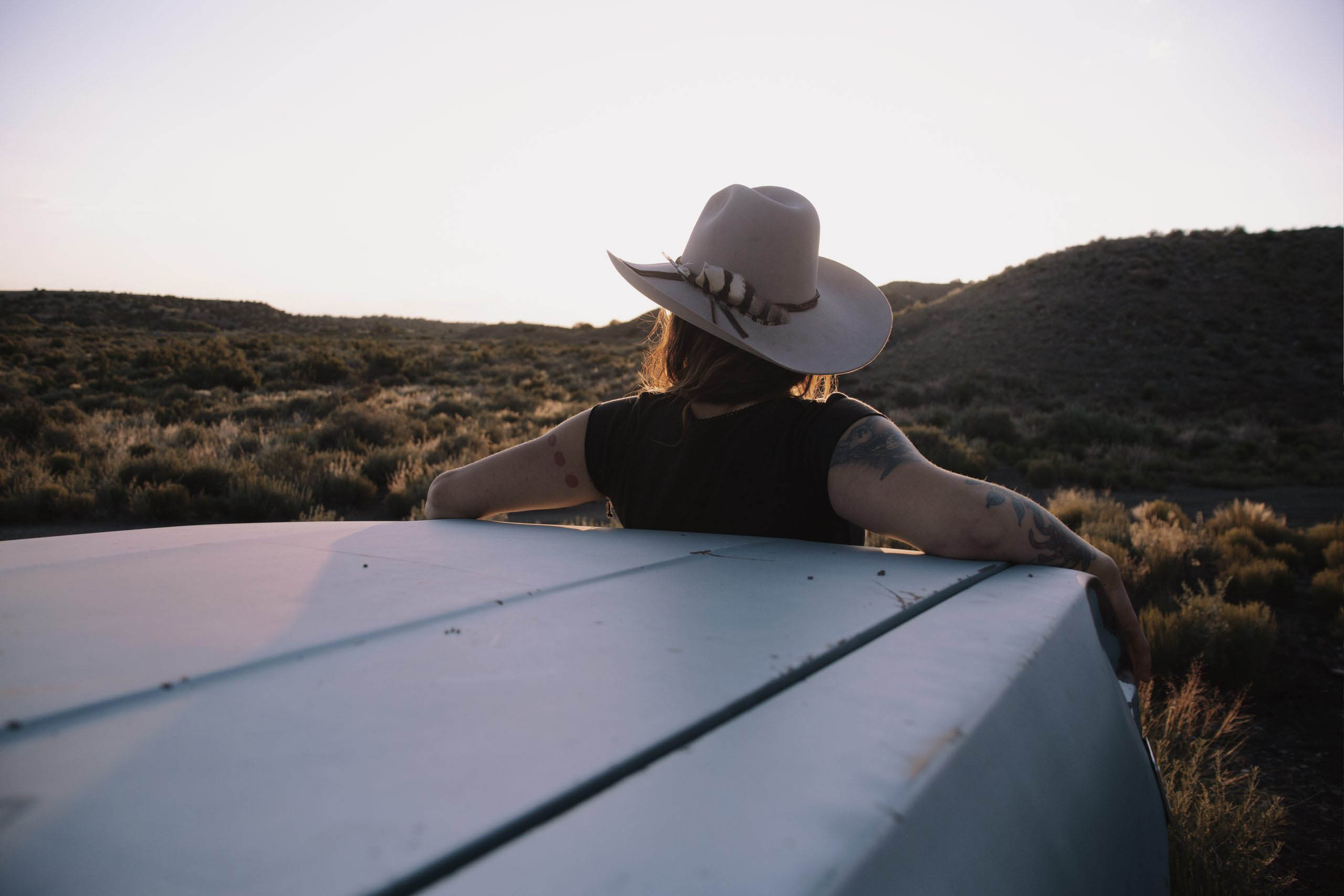
023_Bri_Stetson_22
-
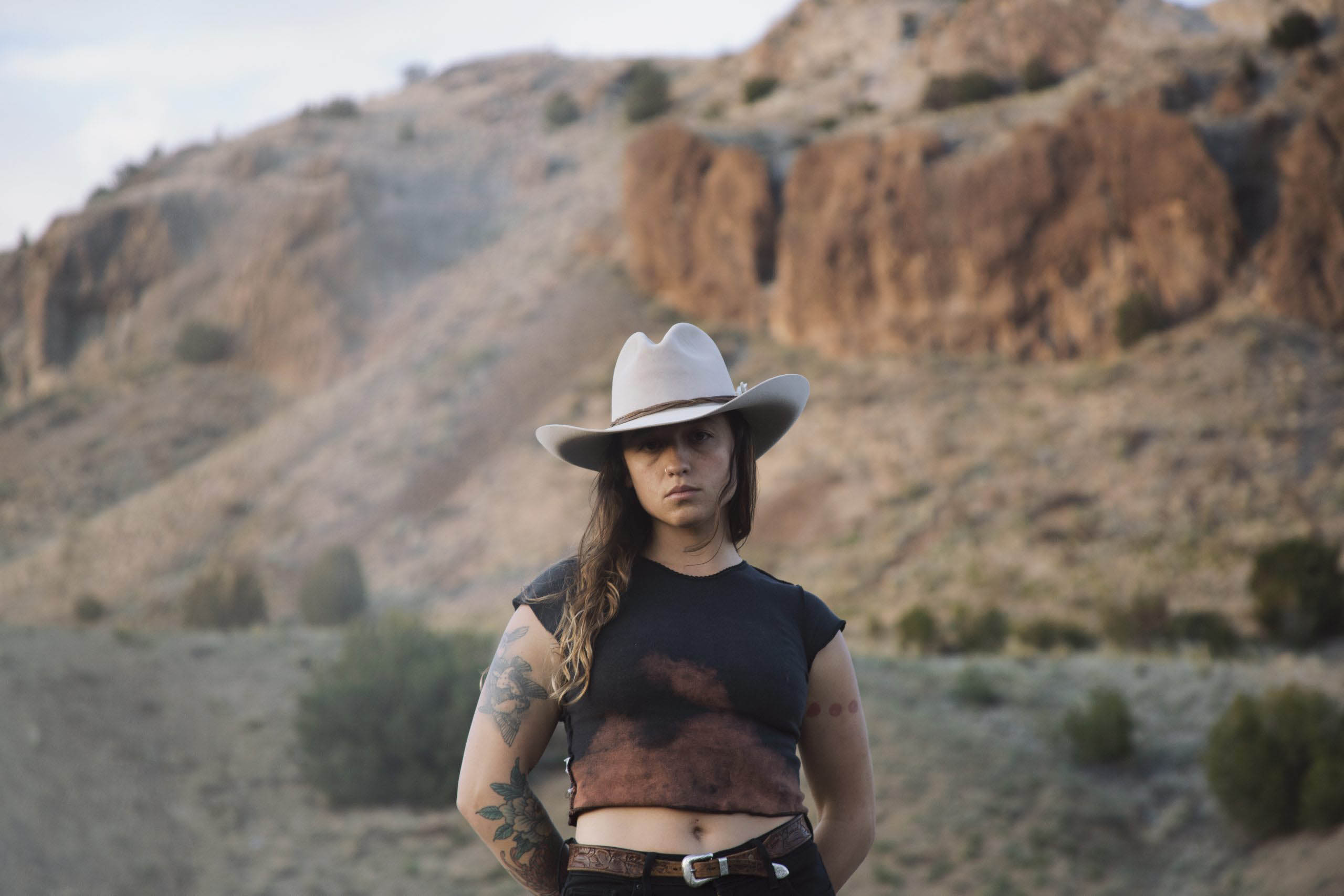
024_Bri_Stetson_24
-
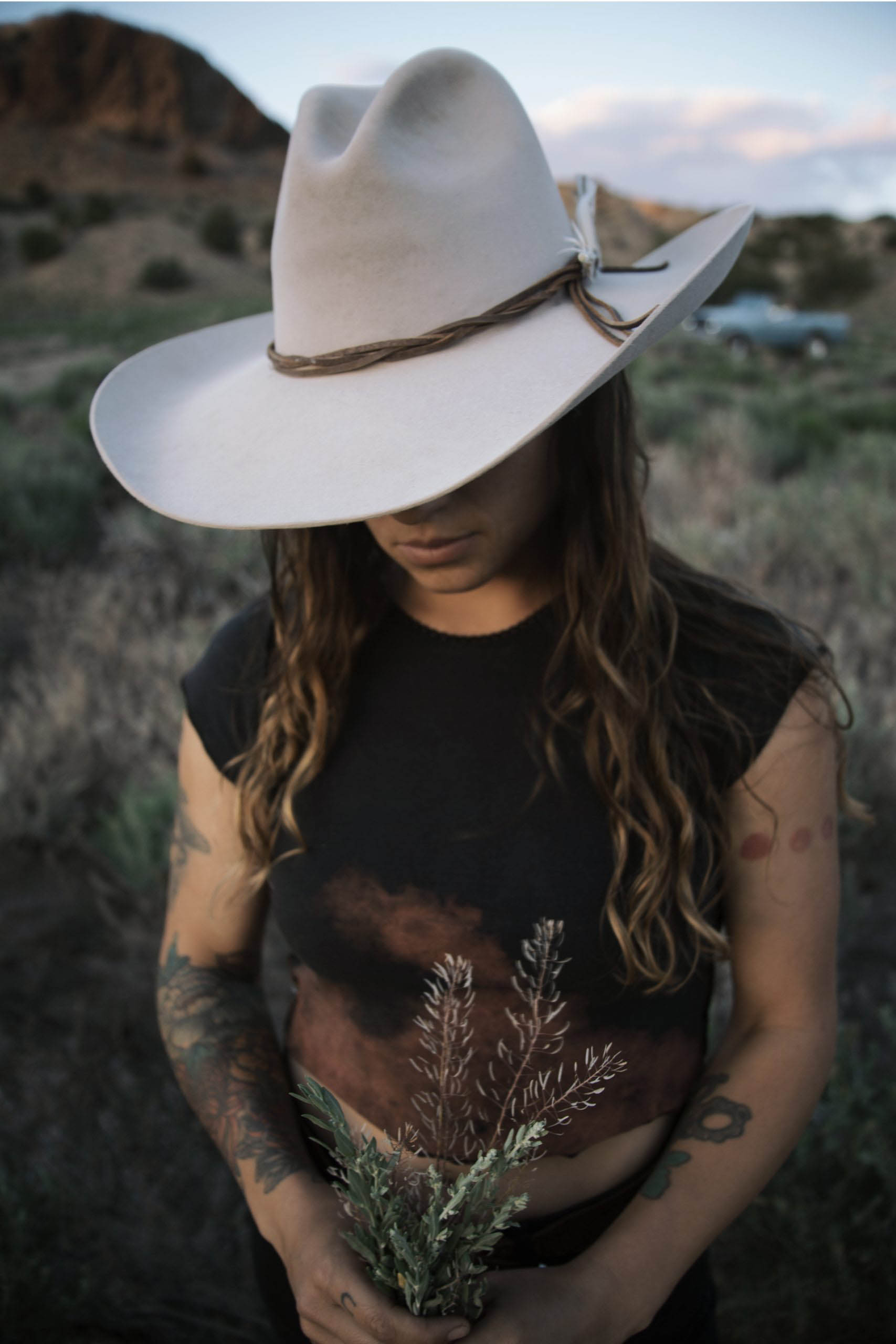
027_Bri_Stetson_Portrait_27
-
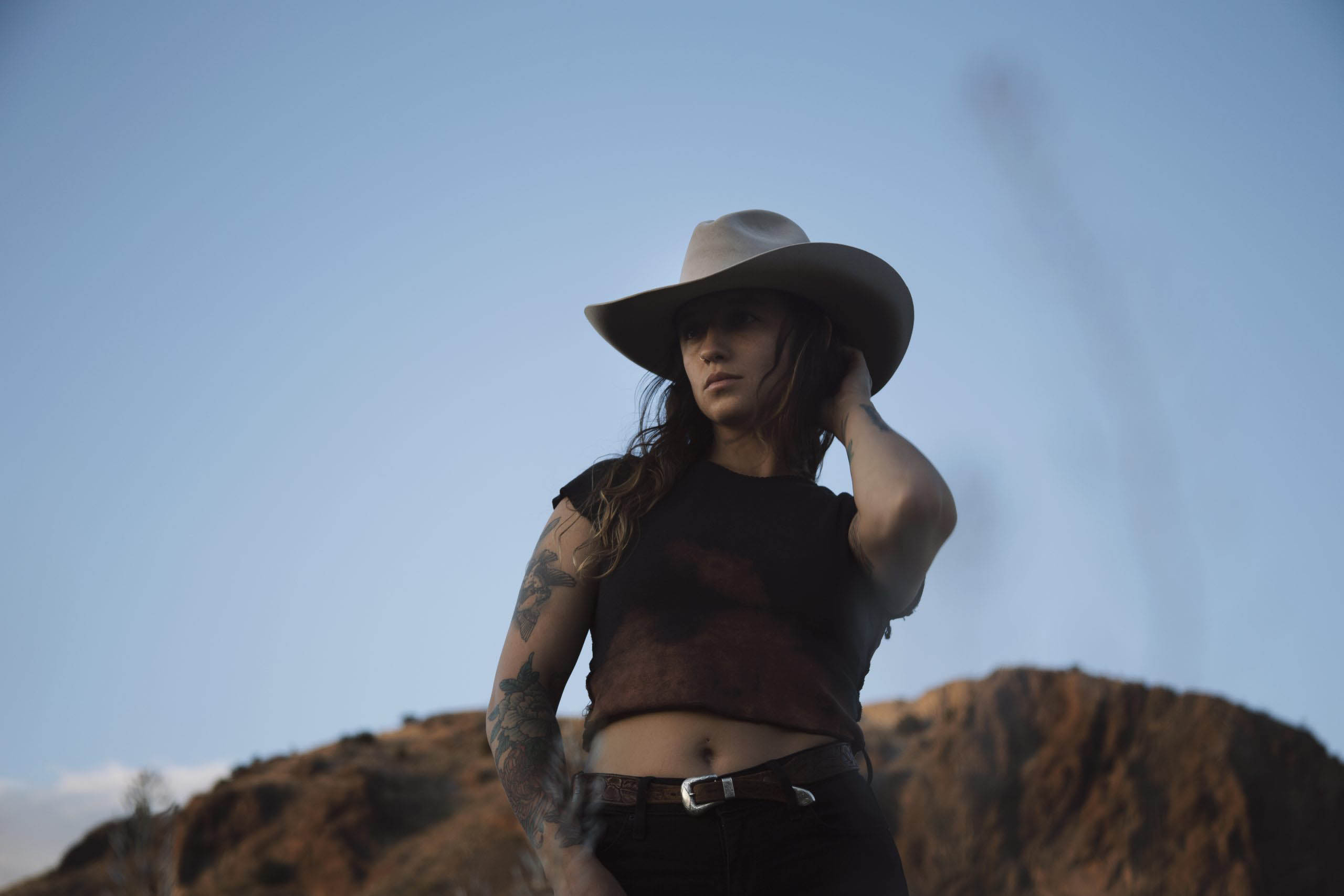
025_Bri_Stetson_26
As the golden sun was setting over the ever-stretching landscape and the day was starting to wind down I felt like I had a newfound appreciation for this part of New Mexico.
-
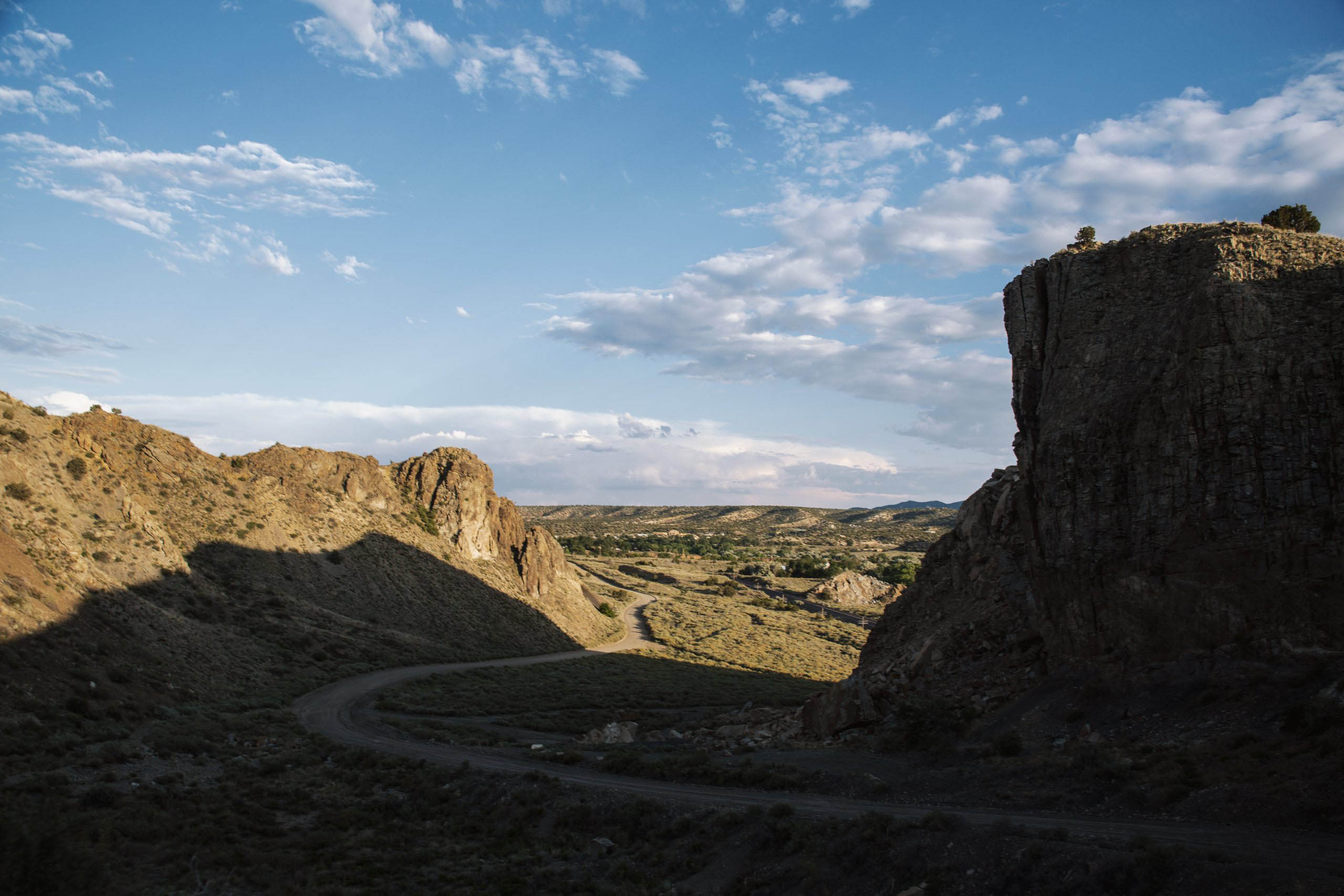
028_Bri_Stetson_29
-
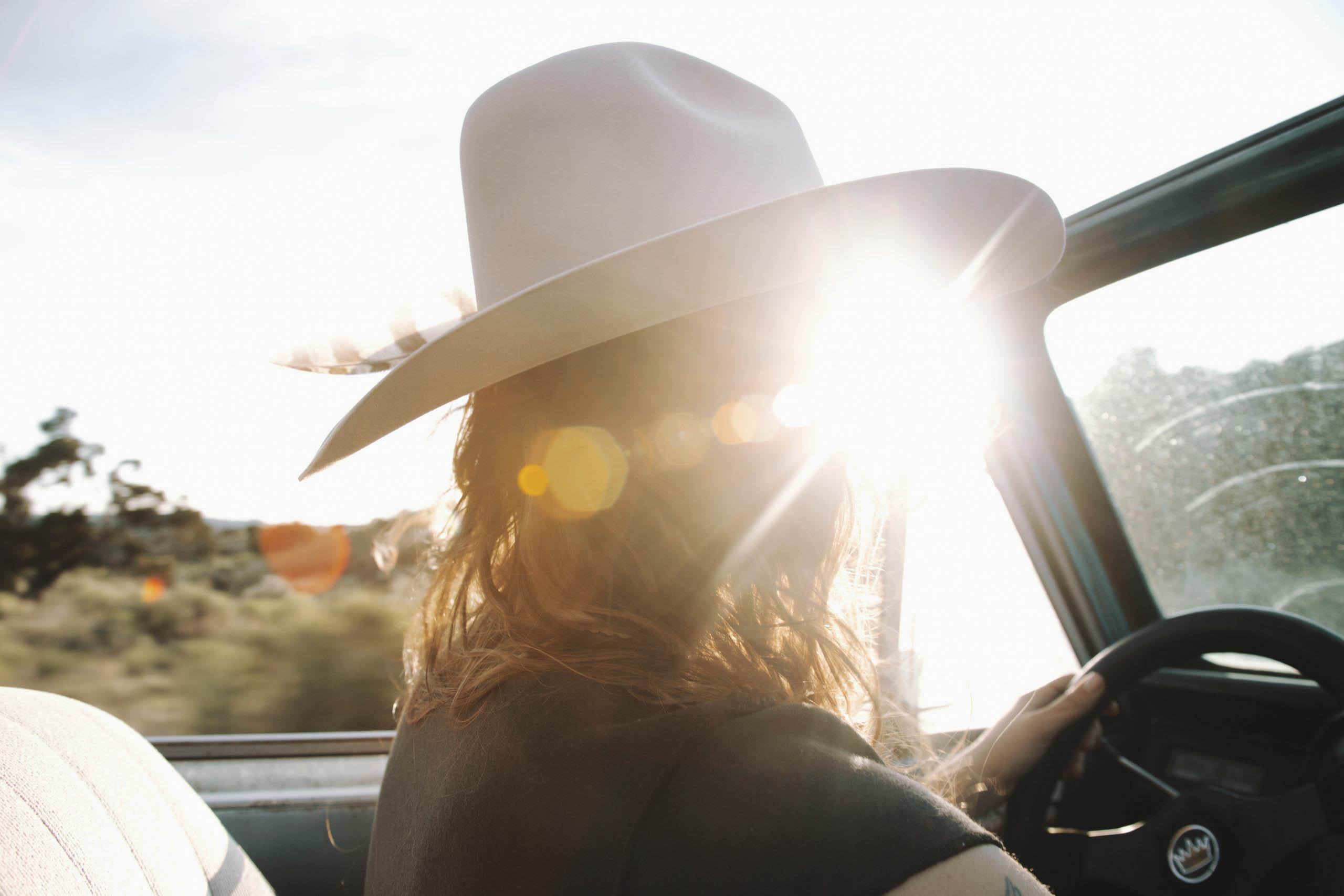
029_Bri_Stetson_17
-
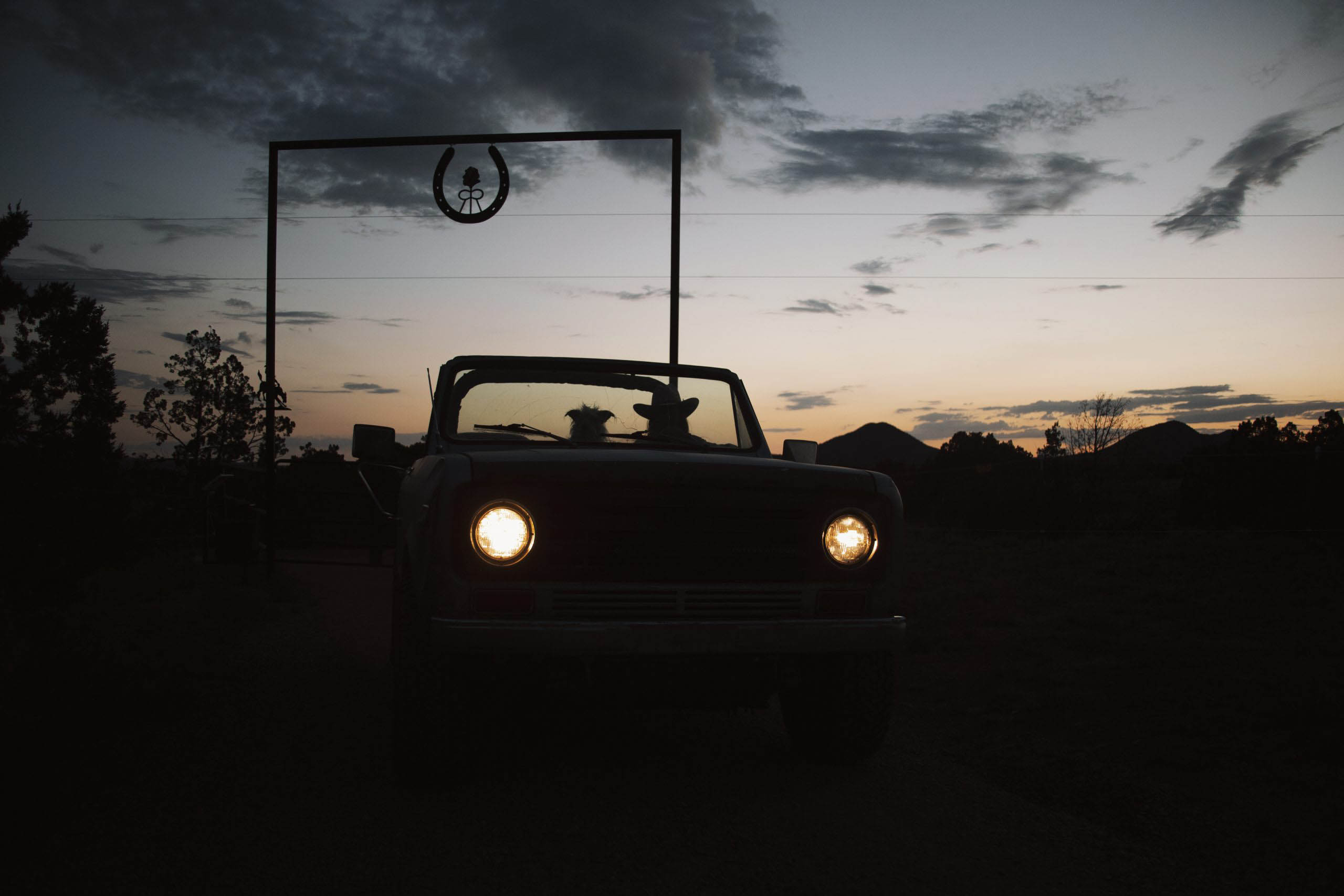
030_Bri_Stetson_28
Day two we woke up early and headed out to Abiquiu. The entire way we talk history and Georgia O’Keeffe. “This land captivates many and until you see it for yourself, you can only look at paintings or photographs and question a place like this actually exists. One can only hope when others travel to experience it with their own two eyes, they will respect the land and cultures that have been here for hundreds of years.” – Bri Says
Bri on her horse “Scout” ridding through the incredible Abiquiu landscape.
-

032_Bri_Stetson_31
-
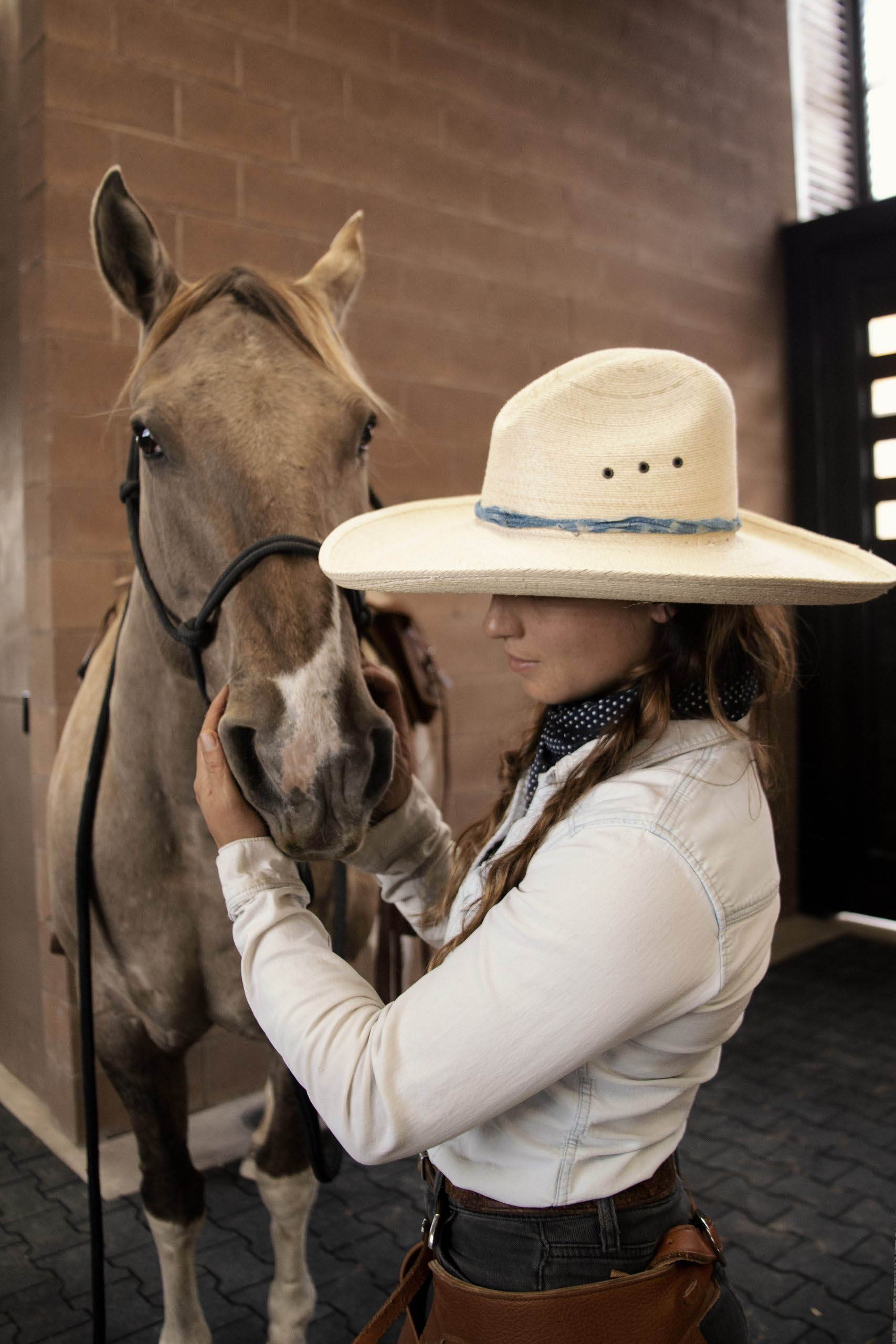
035_Bri_Stetson_Portrait_33
-
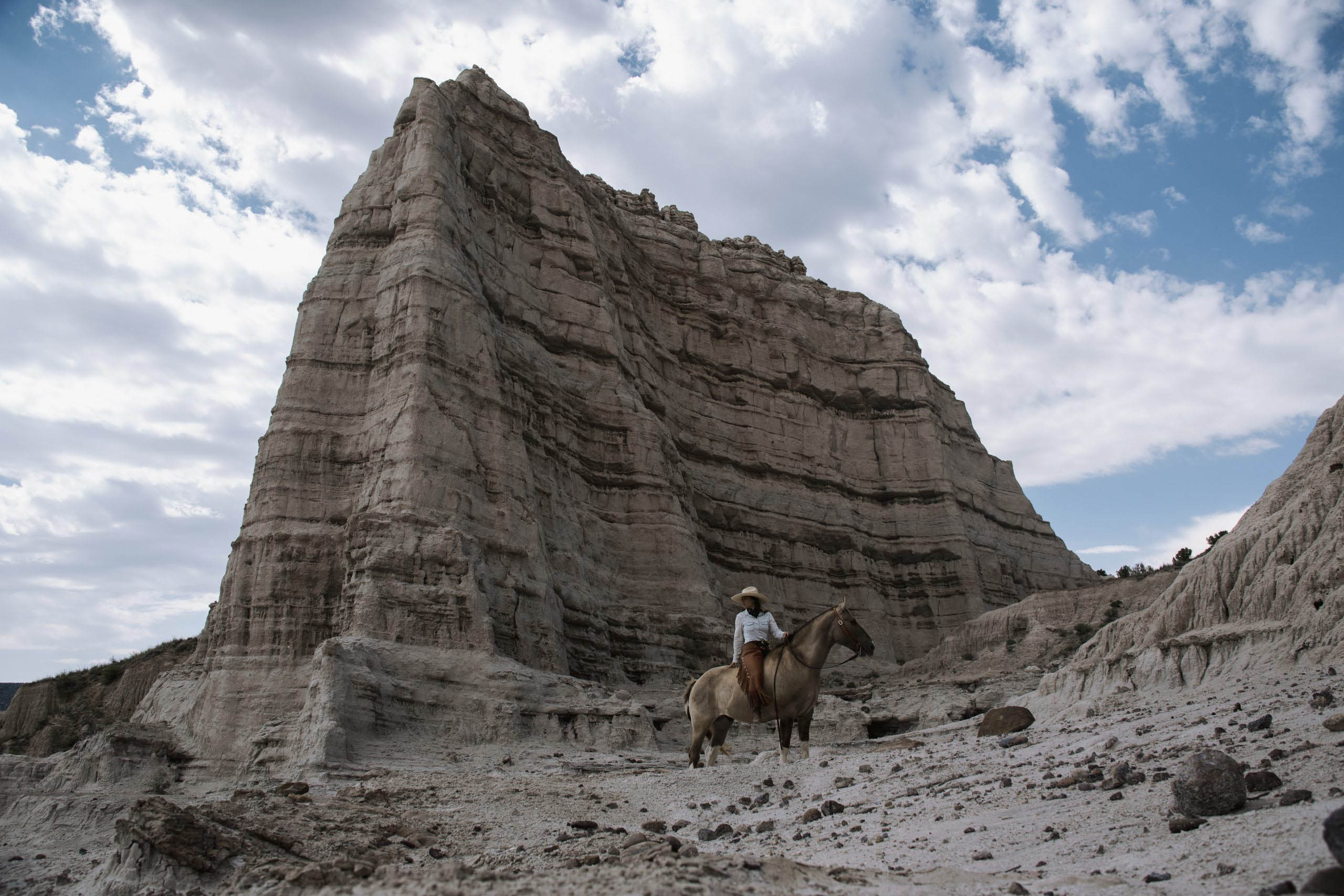
033_Bri_Stetson_34
-

034_Bri_Stetson_Portrait_32
-
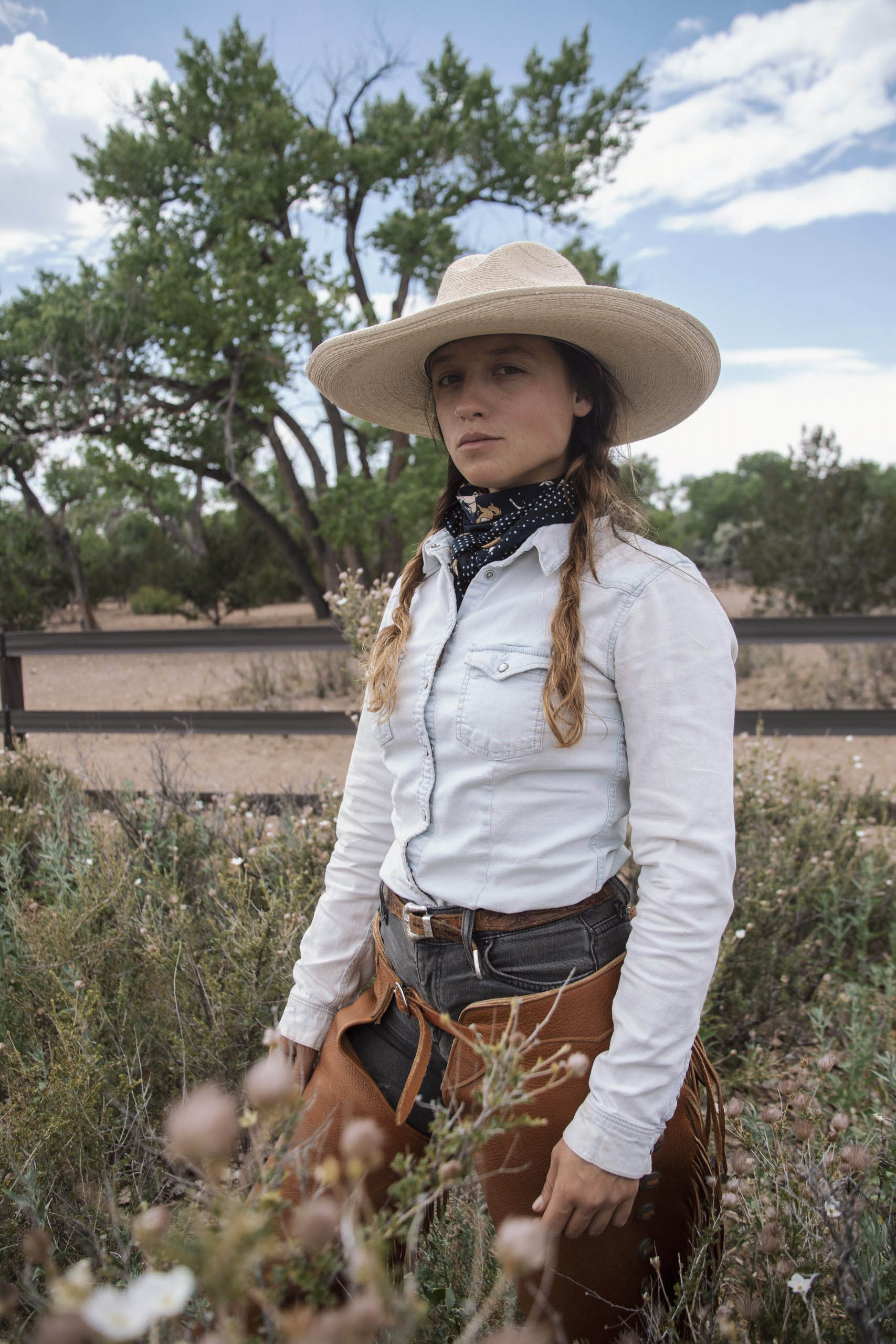
036_Bri_Stetson_Portrait_34
We wrap up day two here at Skybound farm. A good friend of Bri’s place where she often keeps her horses.
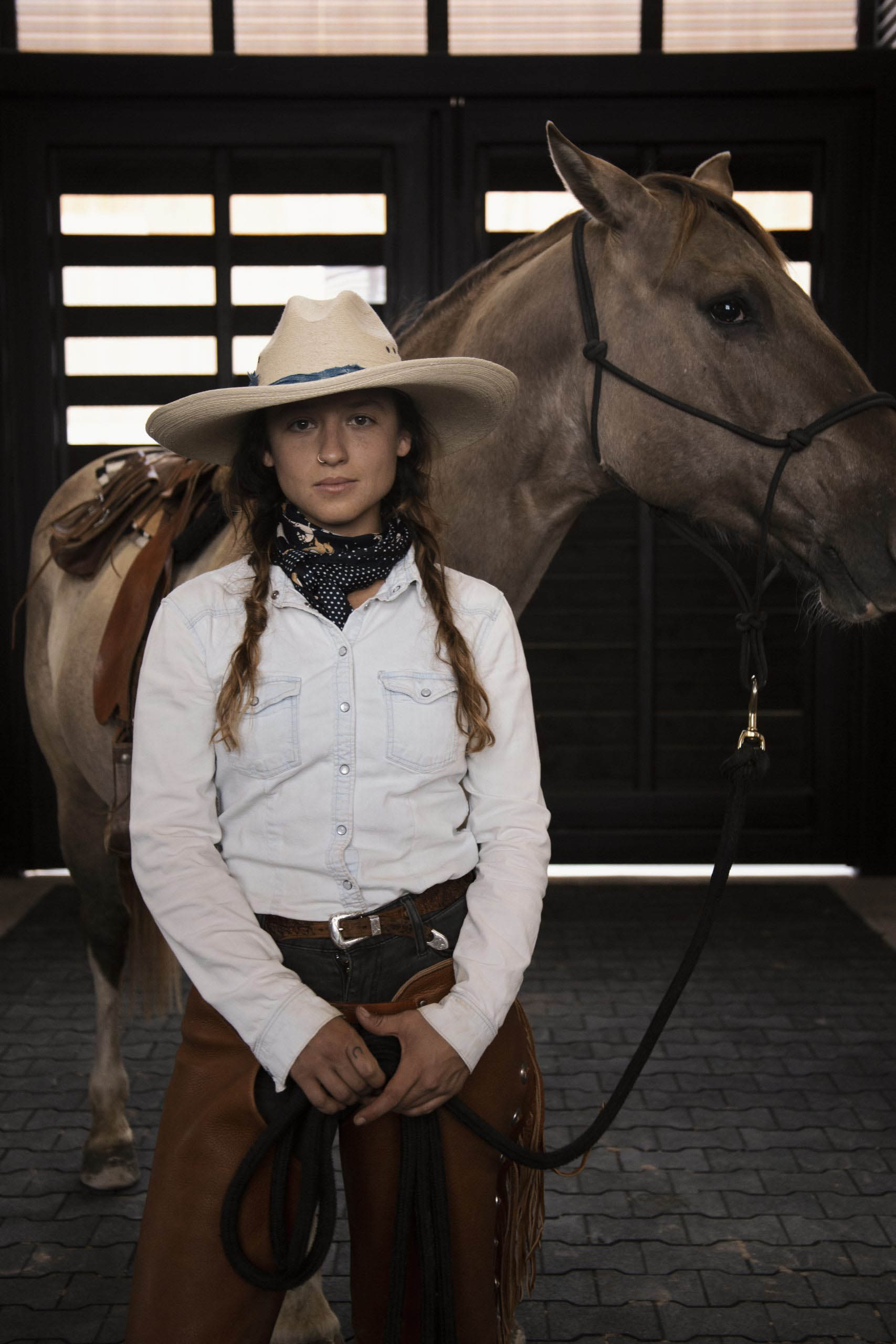
At the end of our two-day shoot, I felt like I had formed a new lifelong friend in Bri. Here was a super unique and talented lady that is living life on her terms. I thought to myself “That’s what this is all about right there”. What a great experience. I have a feeling it won’t be the last.
~ Robert W. Dean
